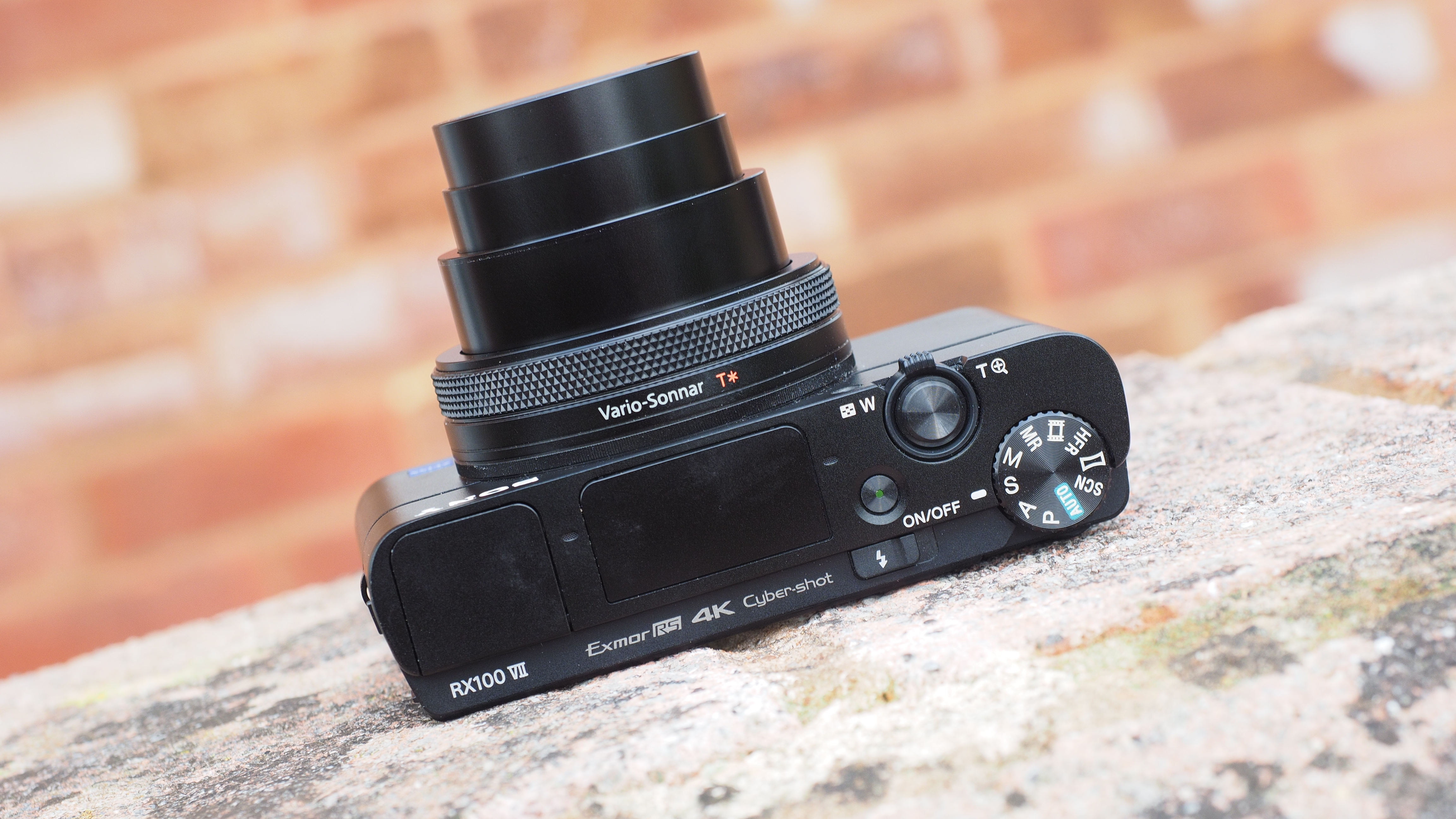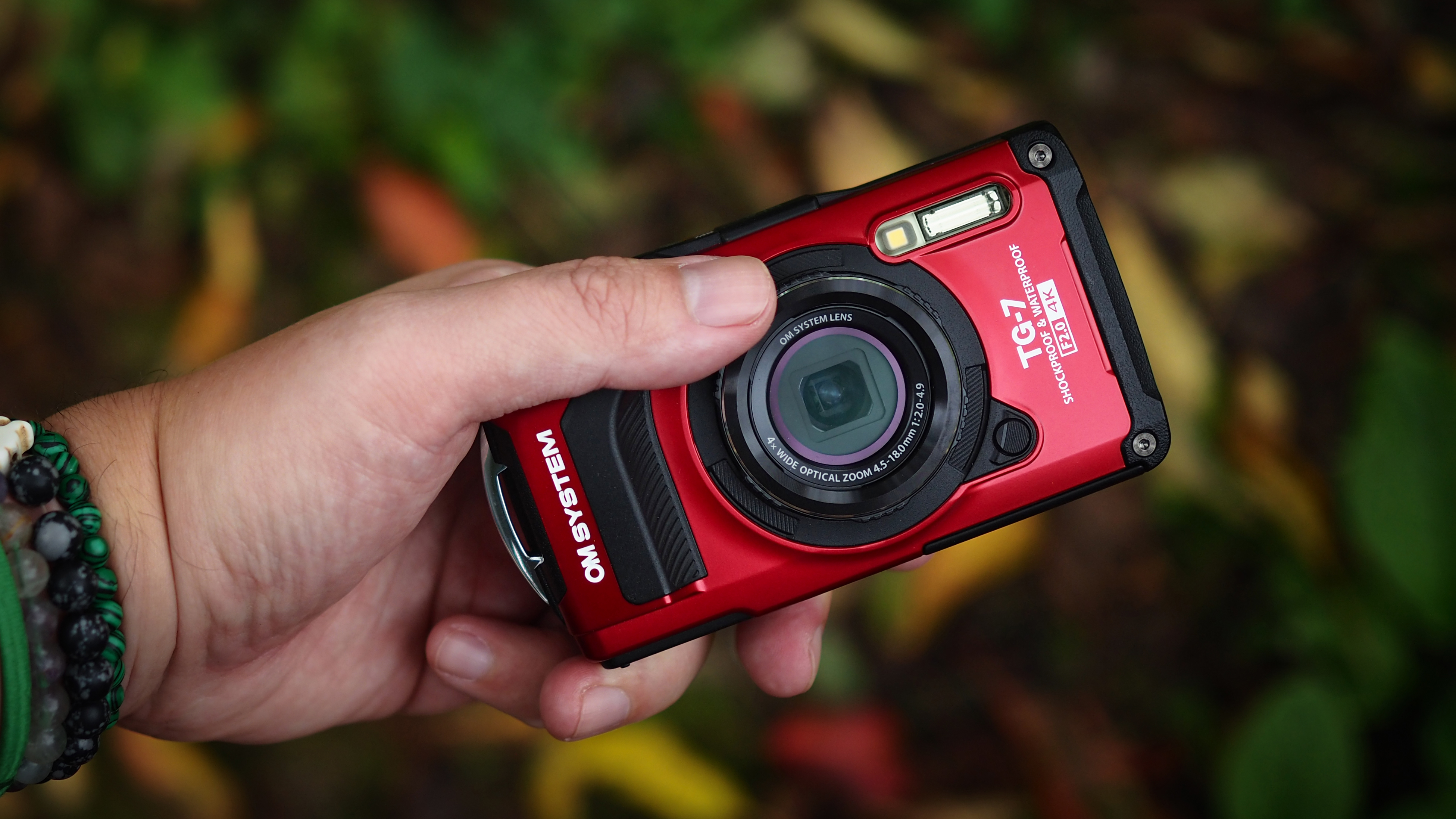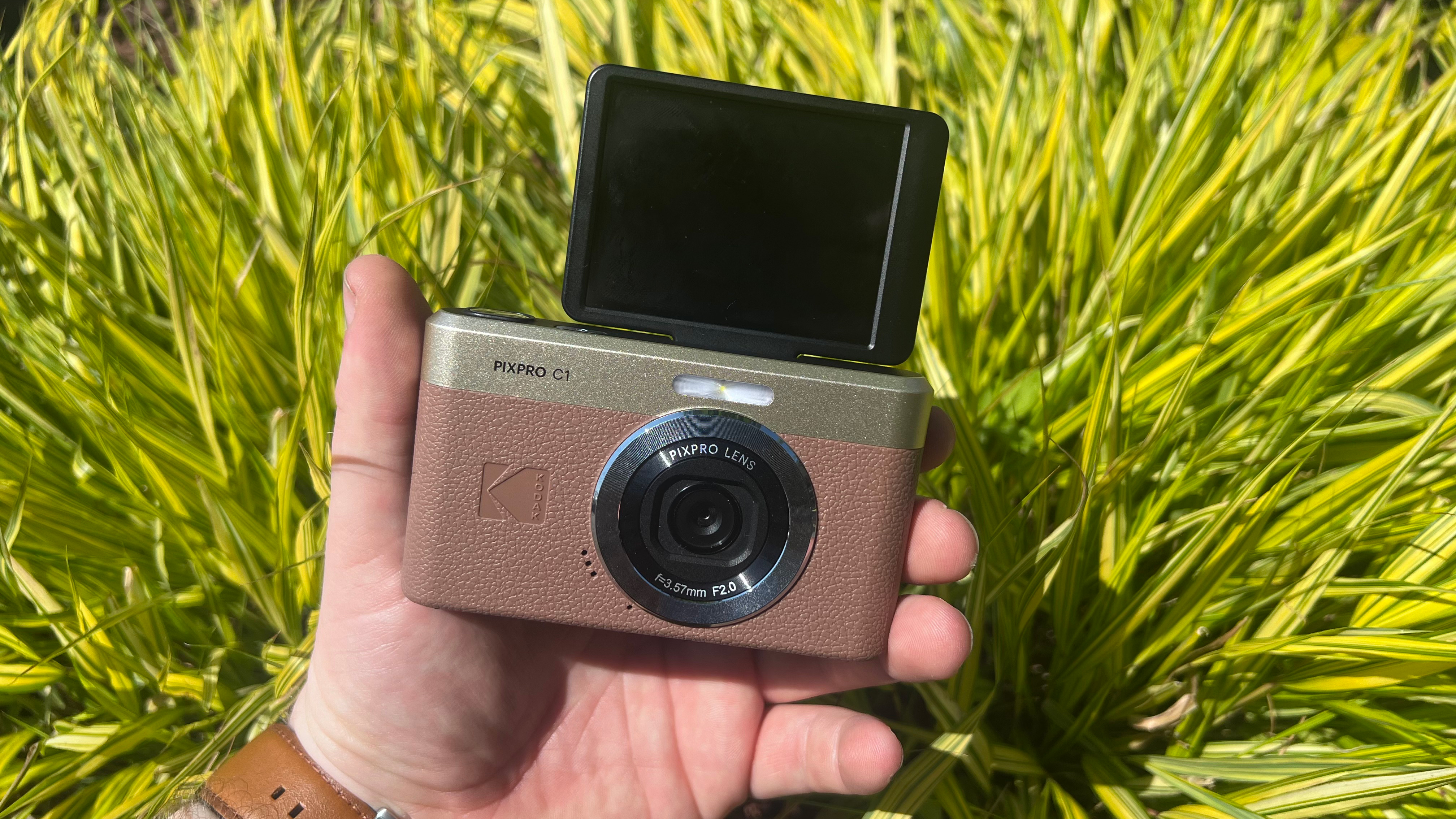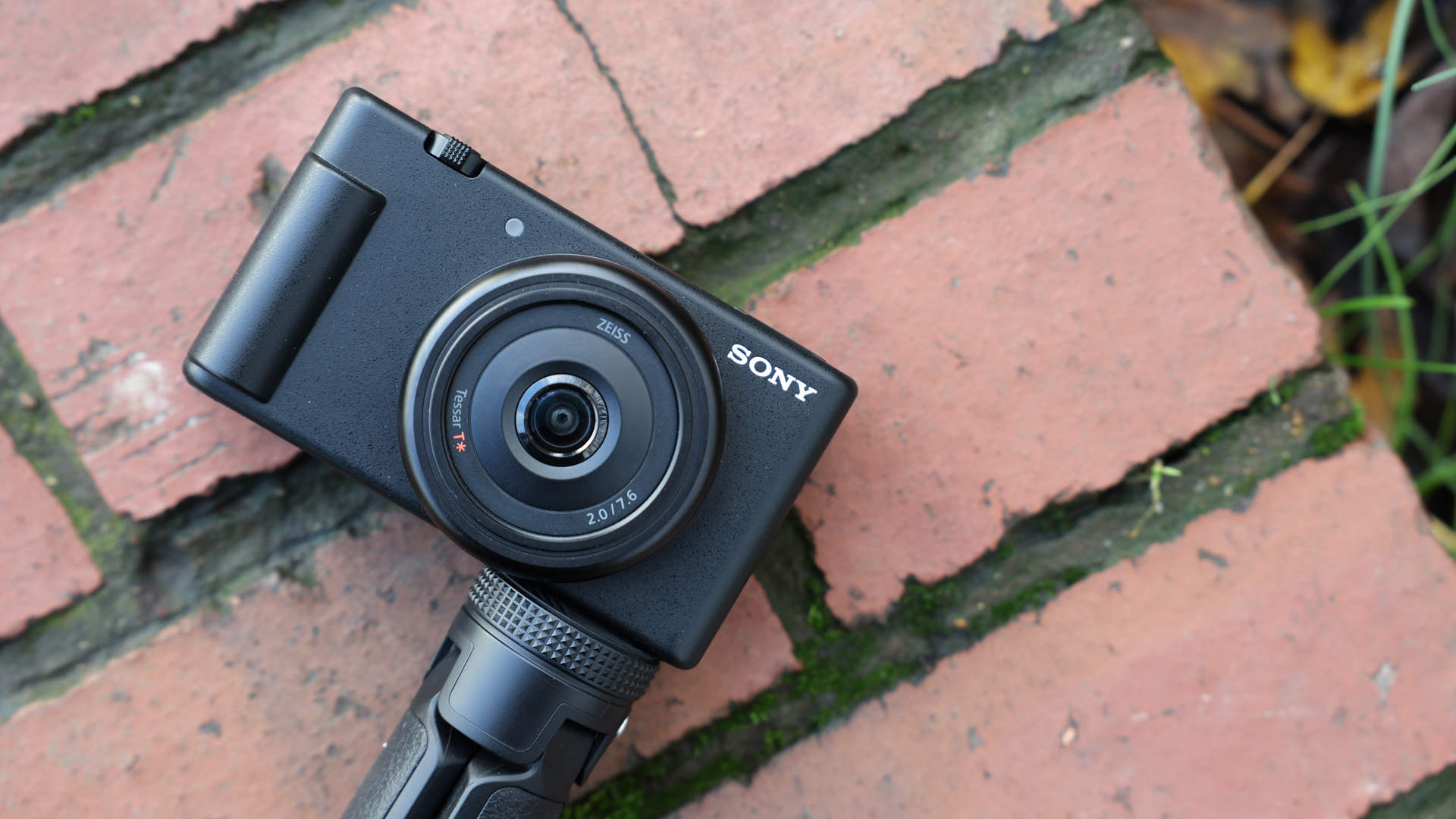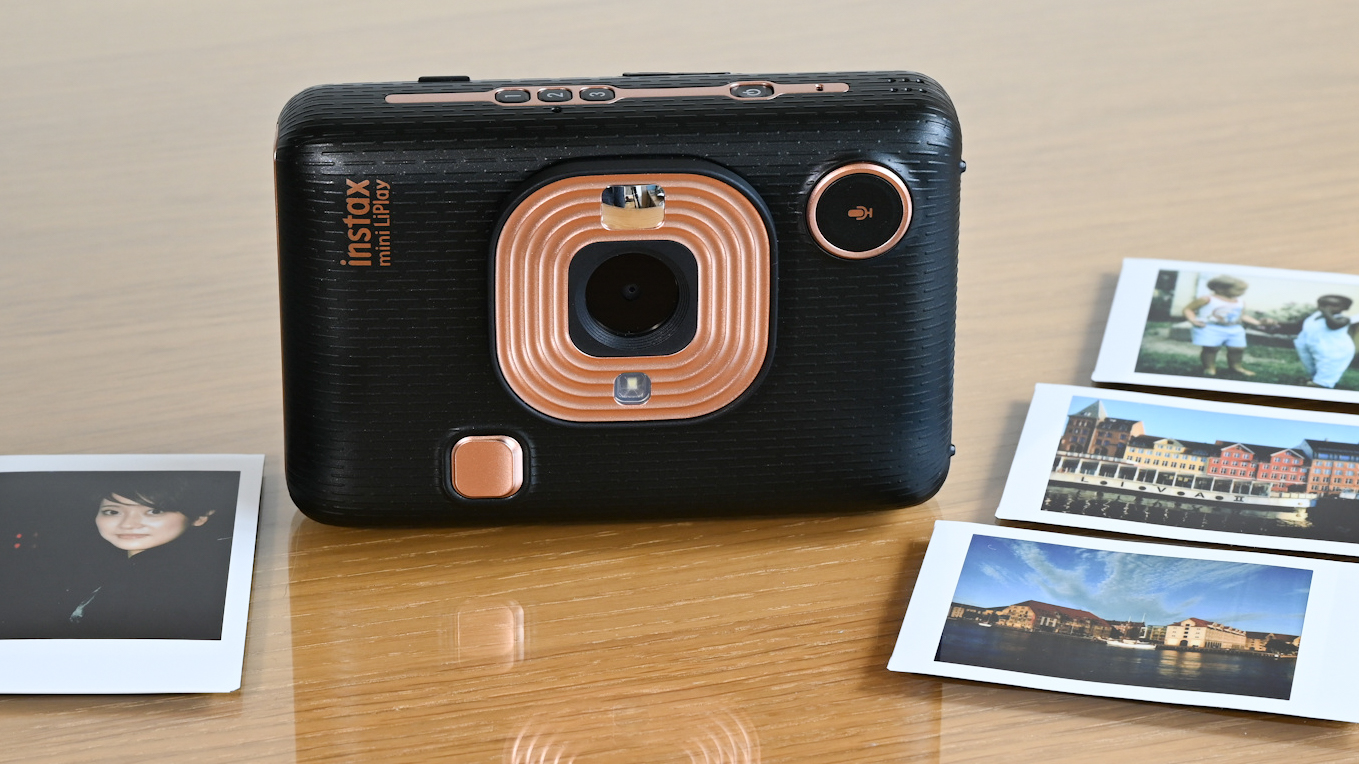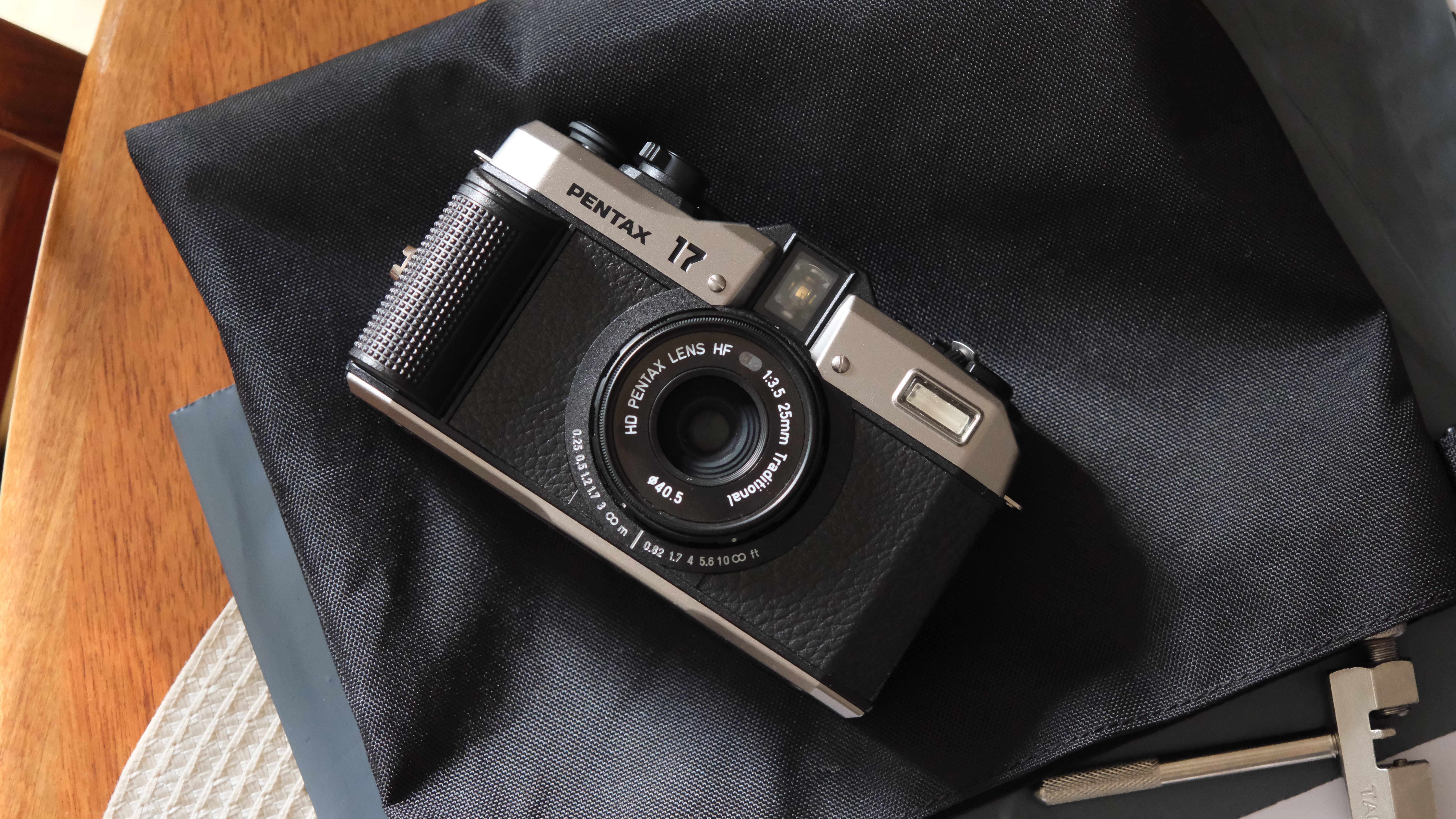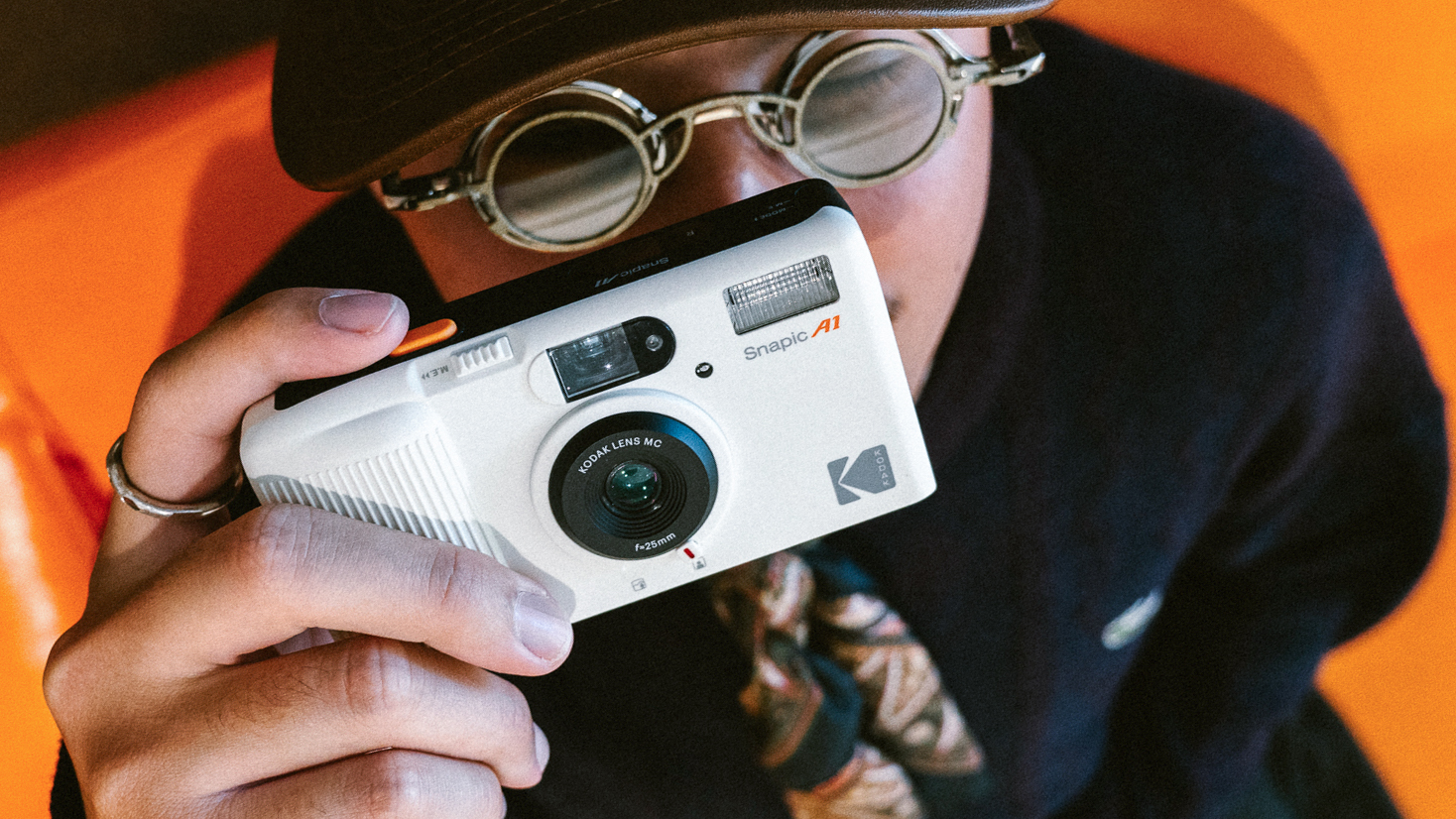The best point and shoot camera in 2025: easy to use cameras to fit every pocket
The best point-and-shoot camera needs to be small enough to fit in a pocket, and affordable enough to be kind to it!
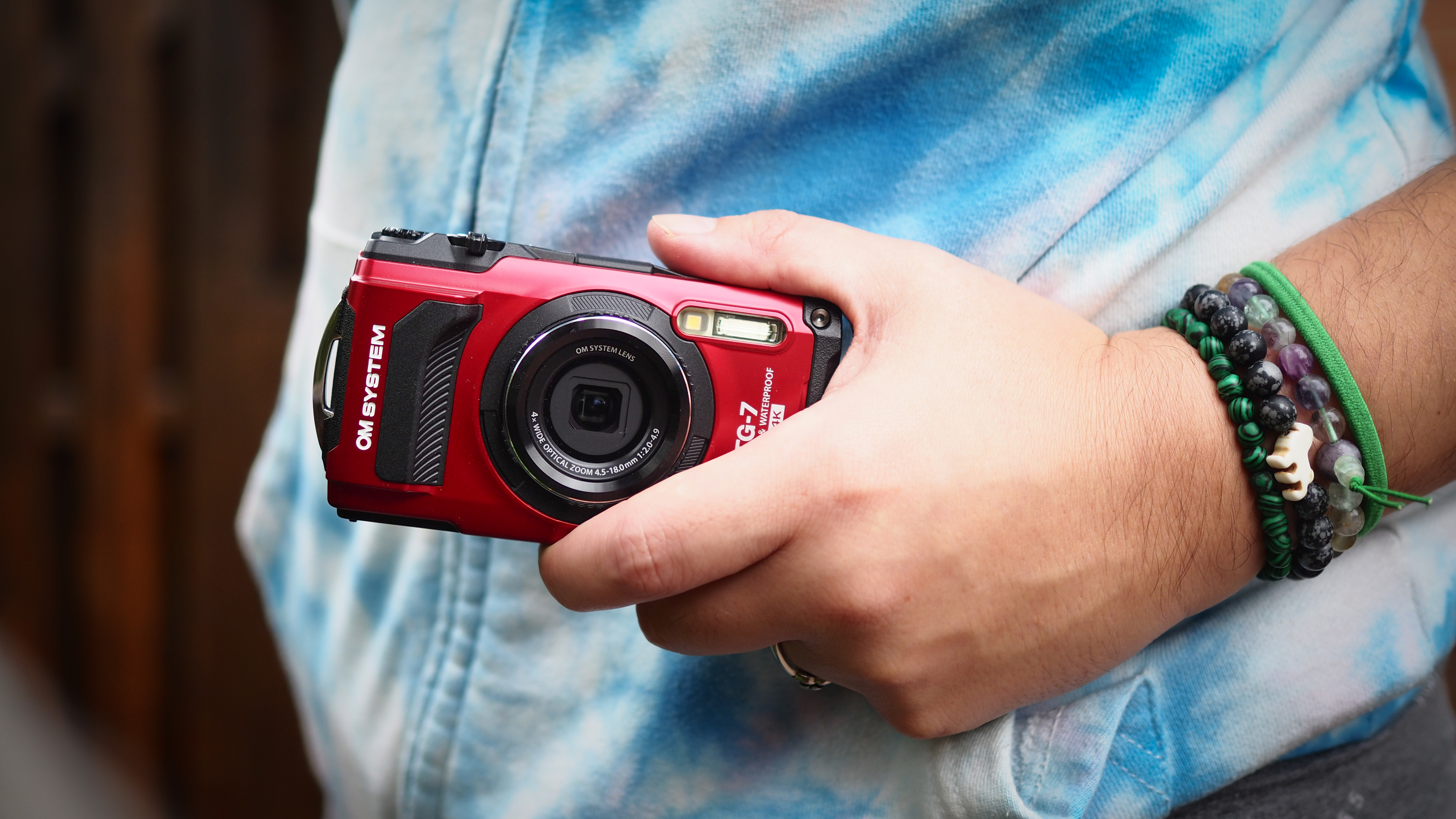
The best point-and-shoot camera needs to offer perfect photo-taking simplicity. It needs to be light, easy to operate, and ideally able to capture a great picture in a second. Really, the clue's in the name: with a good point and shoot camera, you should be able to simply, well, point and shoot.
Of course, nowadays point and shoot cameras have an additional requirement – they need to offer something that your phone can't. As such, many of the cameras on my list here have features like long zoom lenses or larger imaging sensors, or even more niche offerings like underwater shooting, or the ability to instantly print images.
My personal favorite is the OM System Tough TG-7 because it's waterproof, virtually indestructible and takes stunning photos (especially macro) that my phone can't dream of. However, I've selected a variety of options from this list, and I've given the top spot to the point-and-shoot that takes the best photos – the Sony RX100 VII. However, I've made a few different picks for various use cases and budgets, so read on for my full list!
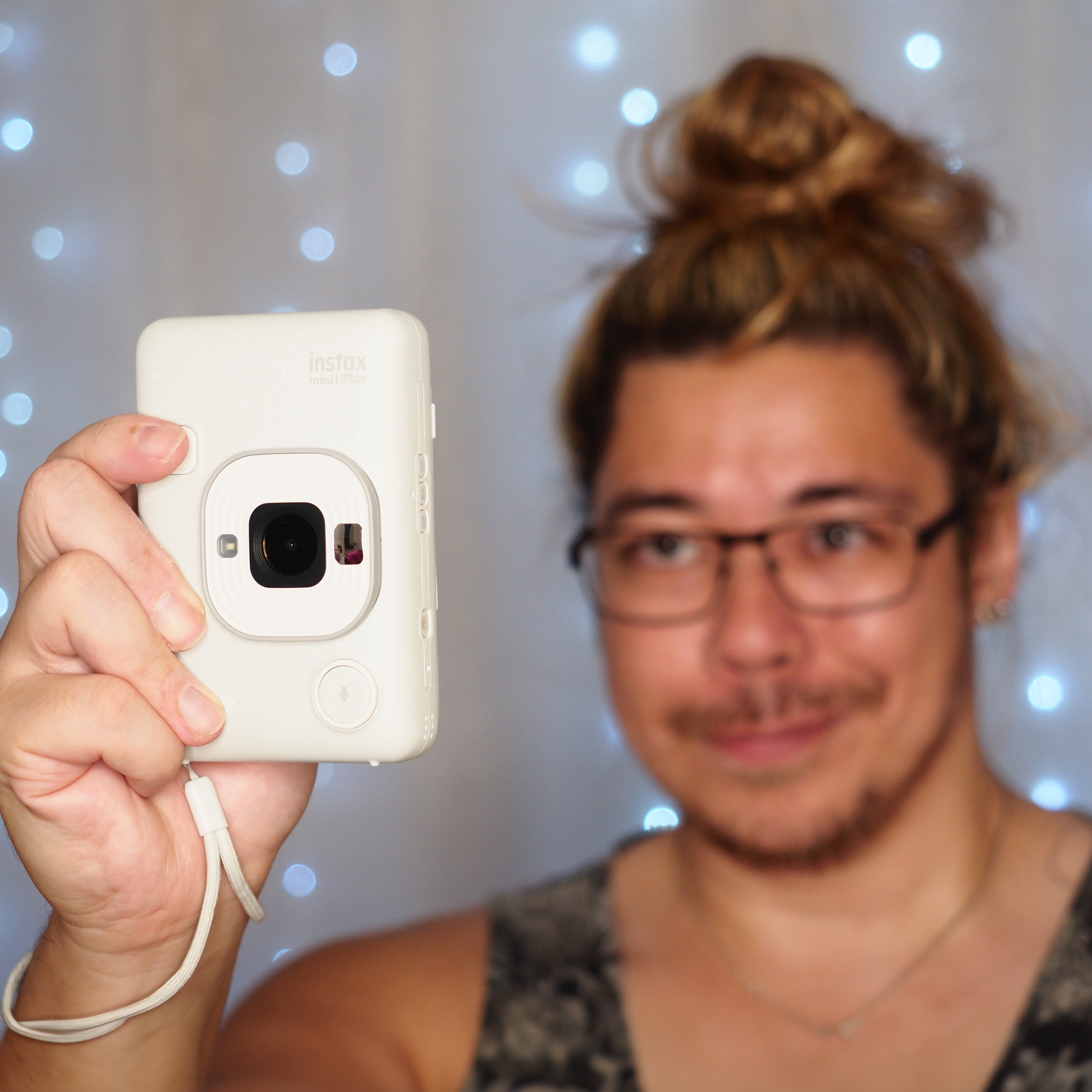
I've been using point and shoots since the 1980s (and still have flashbacks to dropping my Kodak Instamatic off a cliff in Tunisia!). I always keep one of the best point and shoot cameras in my glove compartment or by my front door, so I can grab a snap at a moment's notice – or give them to a relative to take a photo without having to explain all the settings!
The Quick List
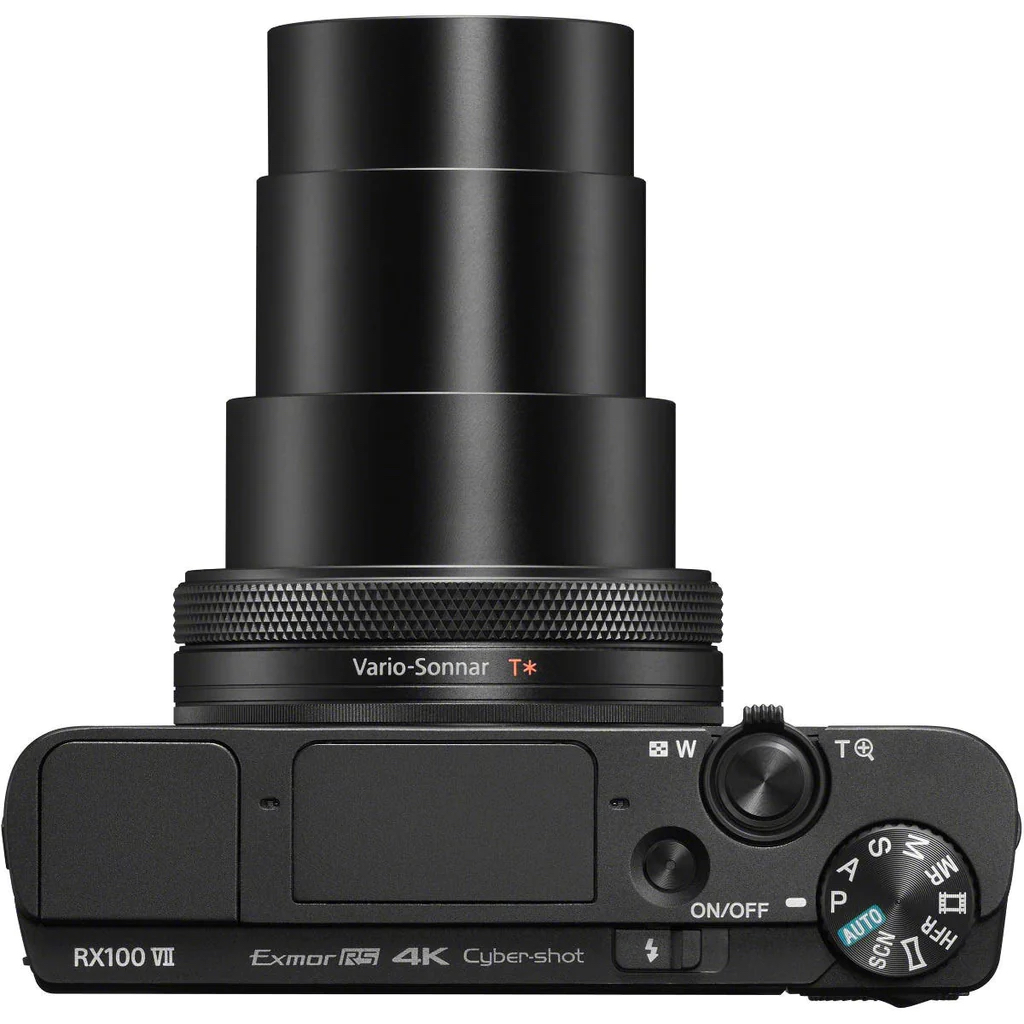
If you're after a camera that delivers high-resolution photos and video, the RX100 VII does it all. It might be the most expensive on the list, but its high price tag reflects its advanced features and image quality.
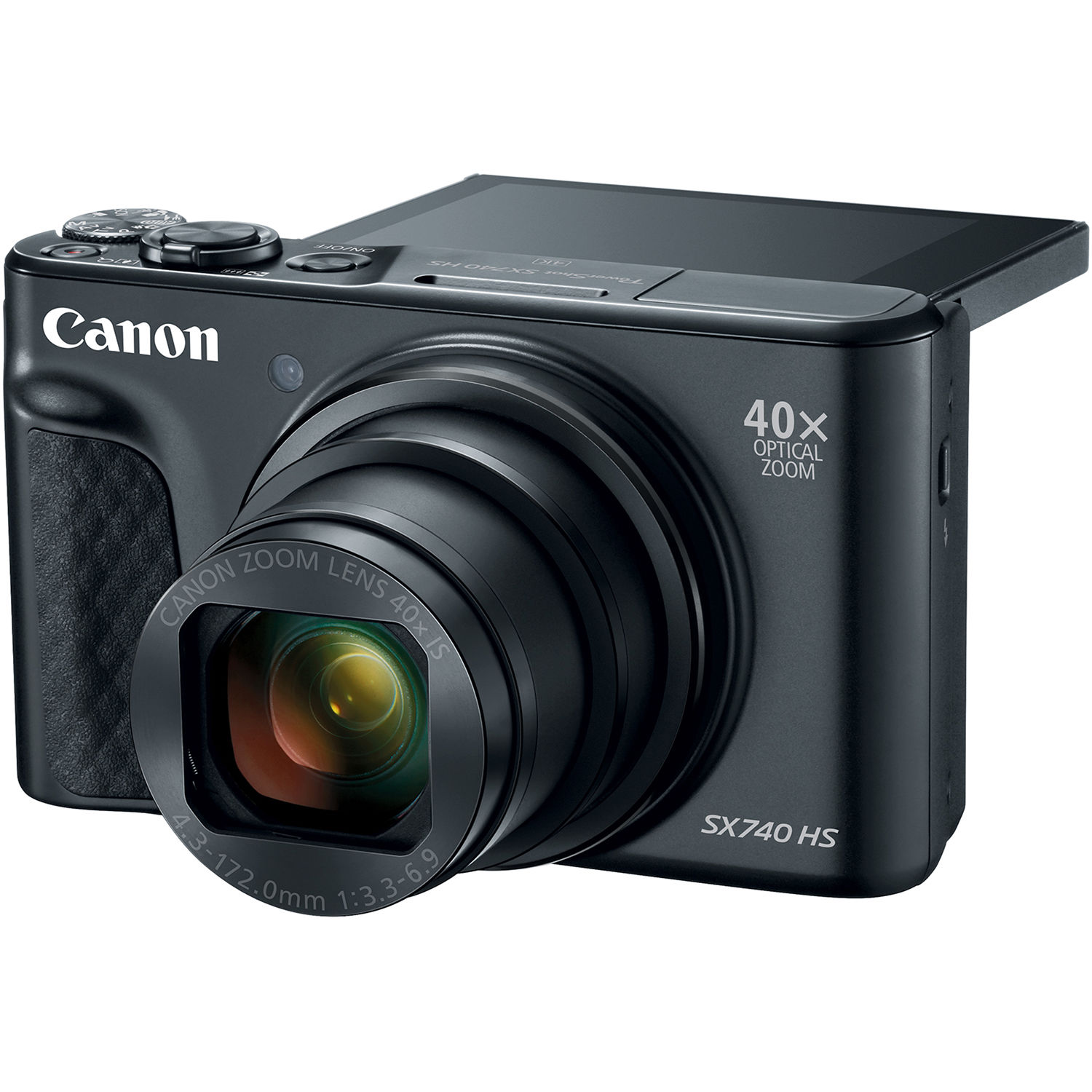
If you want a camera that can take decent images at long range, and still fit in your pocket, this is the one for you, with an impressive 24-960mm (equiv.) zoom.
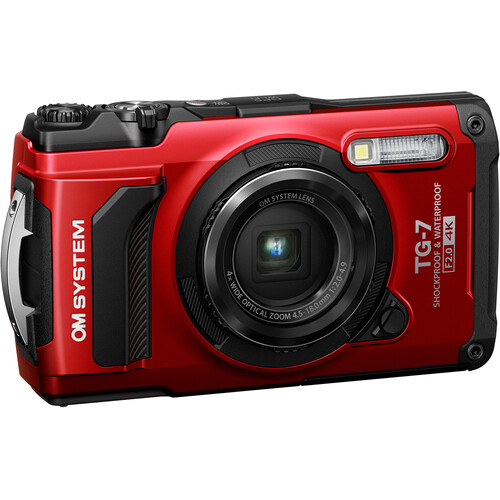
The Tough TG-7 is not only the most waterproof and everything-proof camera out there – its image quality, especially on the brilliant built-in macro modes, is sensational.

The Fujifilm X Half is a fun point and shoot camera that takes the best of Fujifilm's X100VI style and film simulations and packages it in a tiny pocket-sized version.
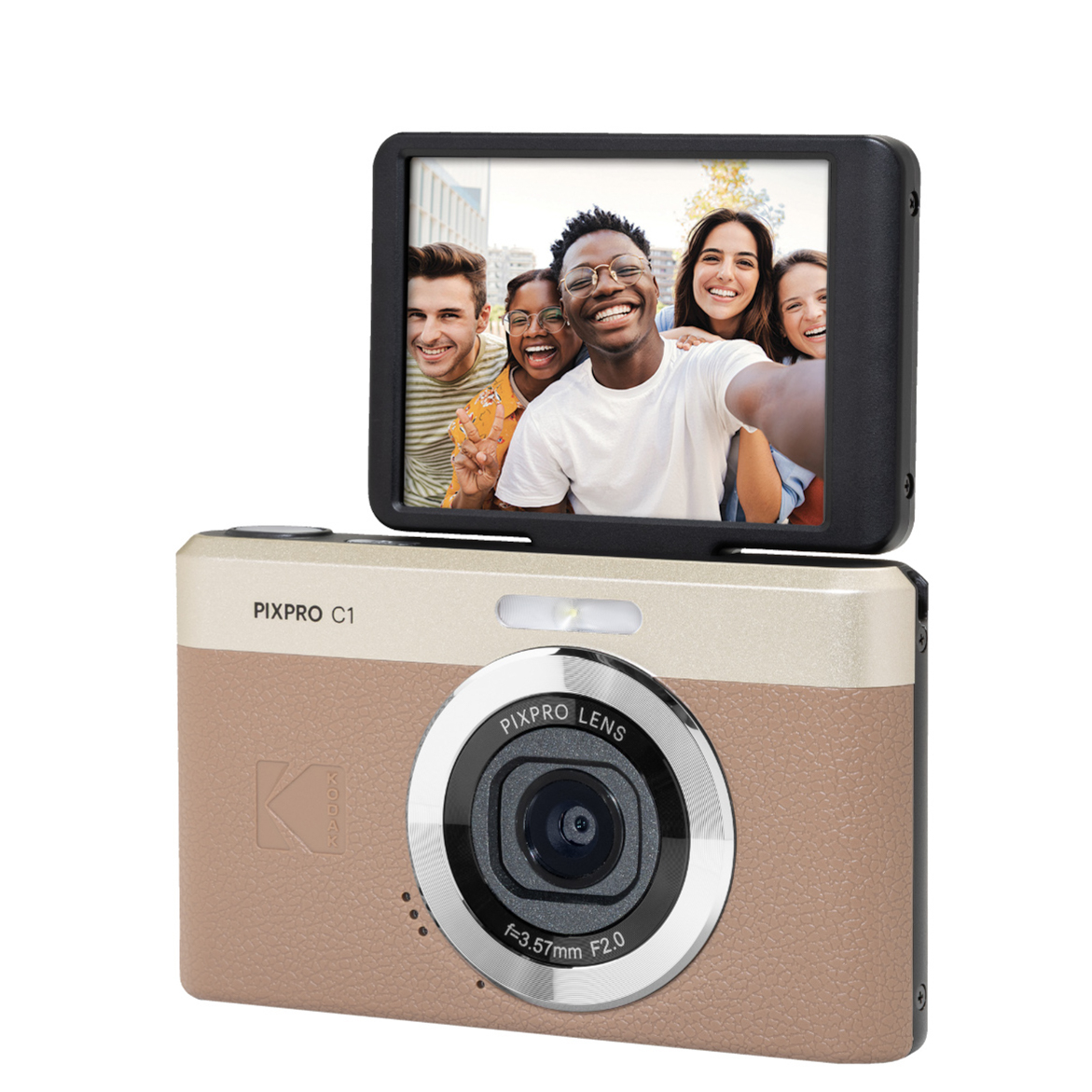
Most point-and-shoot cameras are not that affordable, but Kodak does a great job of providing options at truly budget prices. The mini C1 packs retro styling and a flip-up screen.
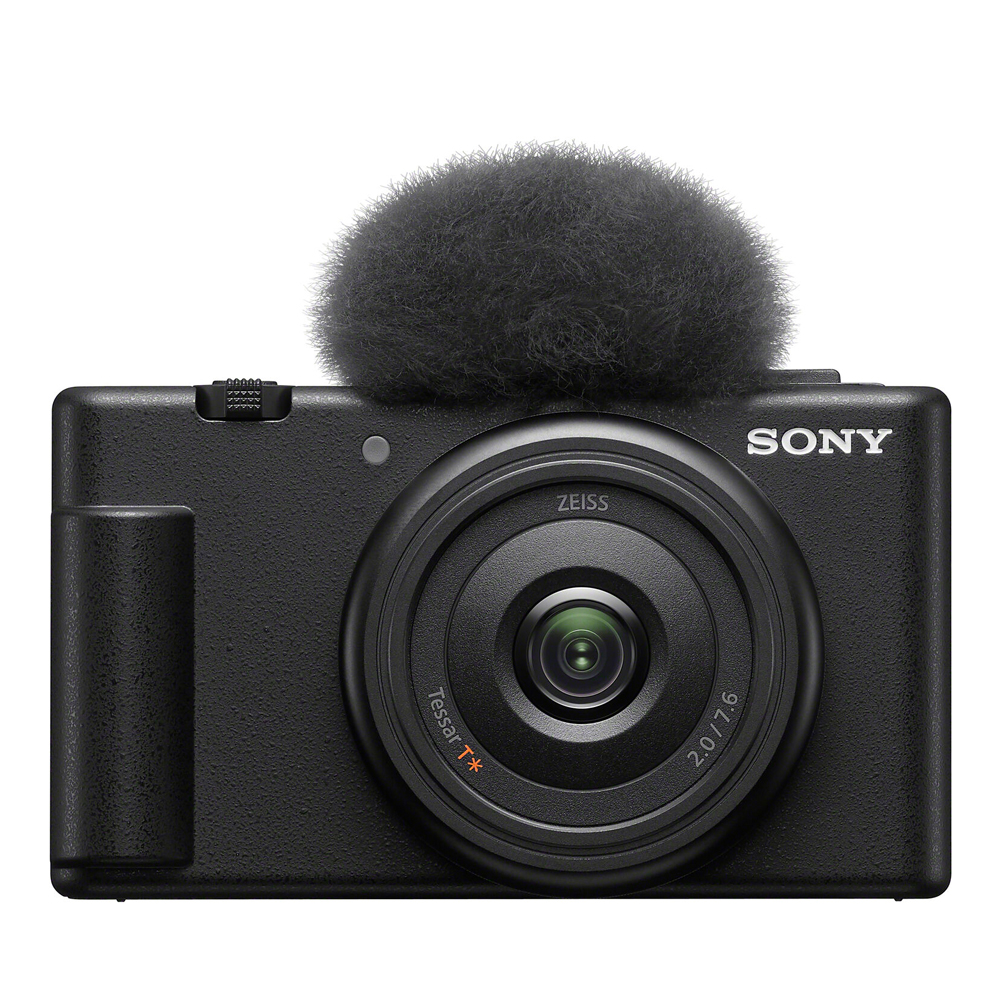
This Sony is designed to be perfect for vlogging, but is also small enough to fit in your pocket. There's a fixed wide-angle lens, but you get a flip-out screen to make selfies simple.
View the full list...
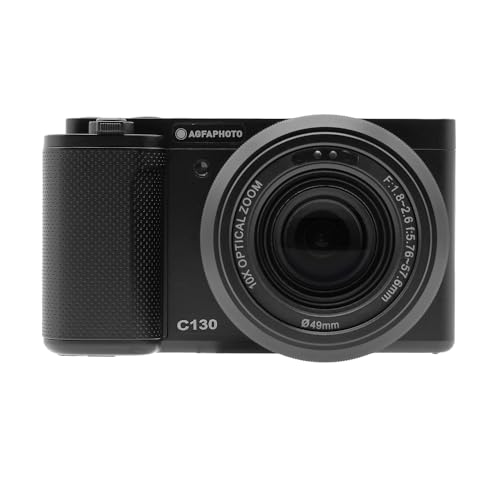
Sitting in the mid-range in terms of price, the AgfaPhoto Realishot C130 offers a bit more imaging flexibility than the PixPro C1, without the high cost of premium compacts.
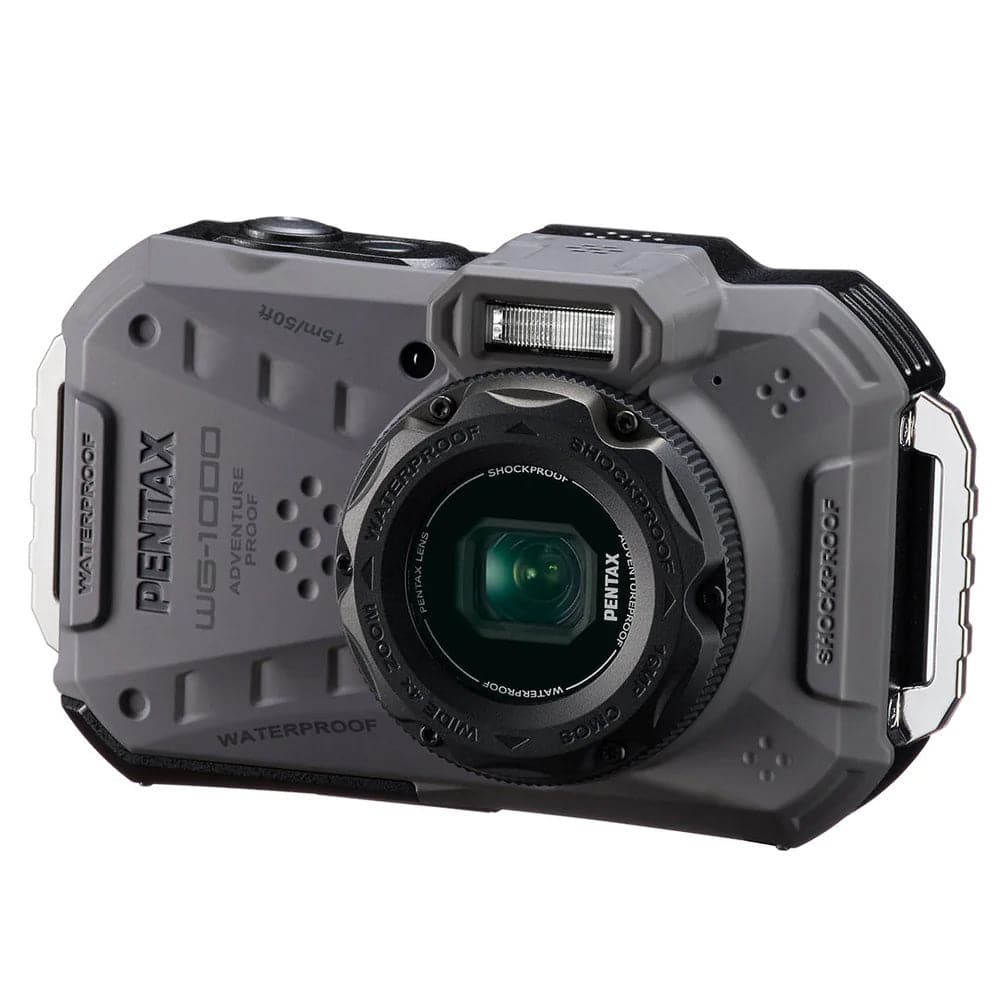
If the TG-7 is beyond your budget, this cheap and cheerful tough compact delivers waterproof imagery for less. Its image quality is solid, if unspectacular, with vivid color options to give your images extra punch.
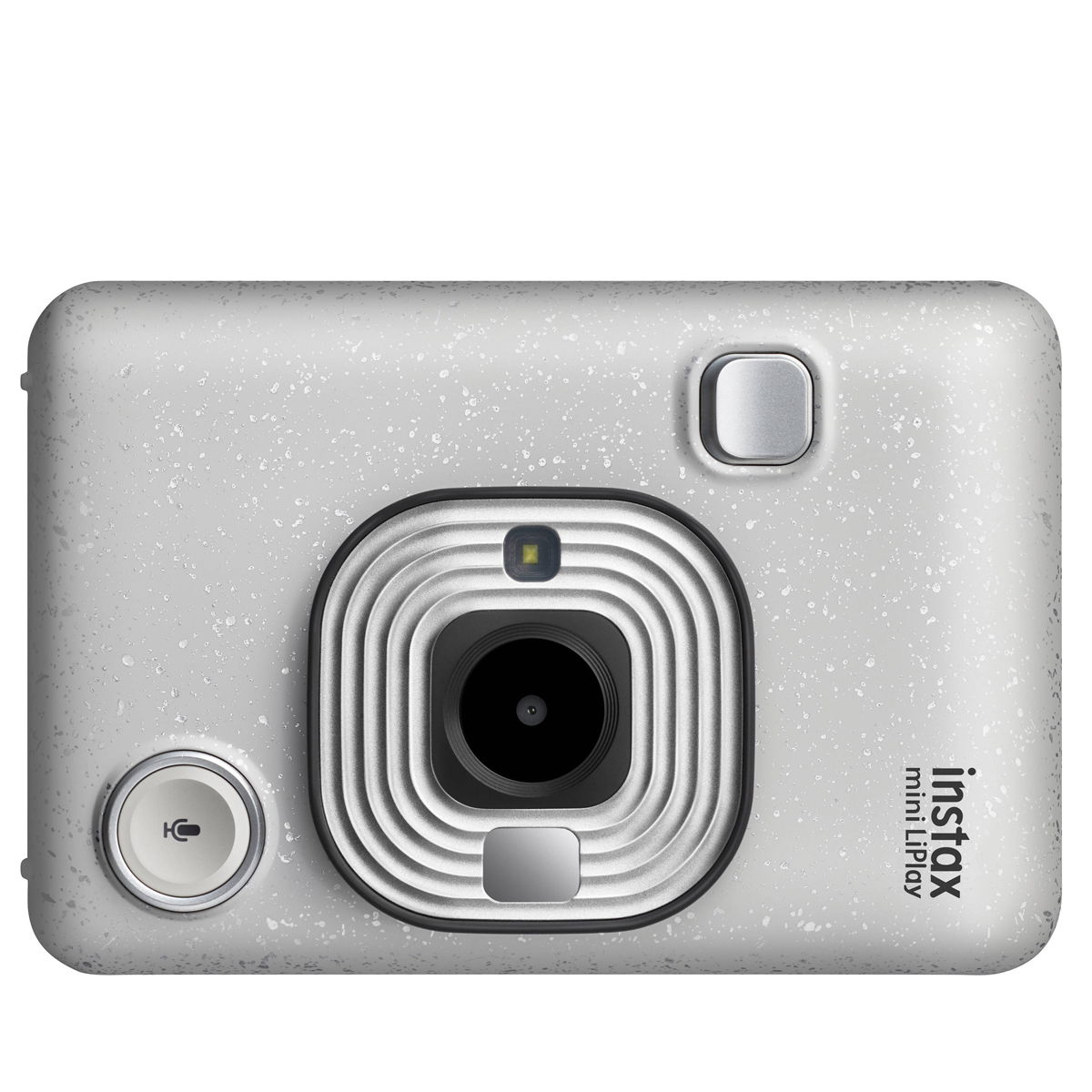
This digital camera also has a photo printer built in, to give you the best of digital and analog photography.
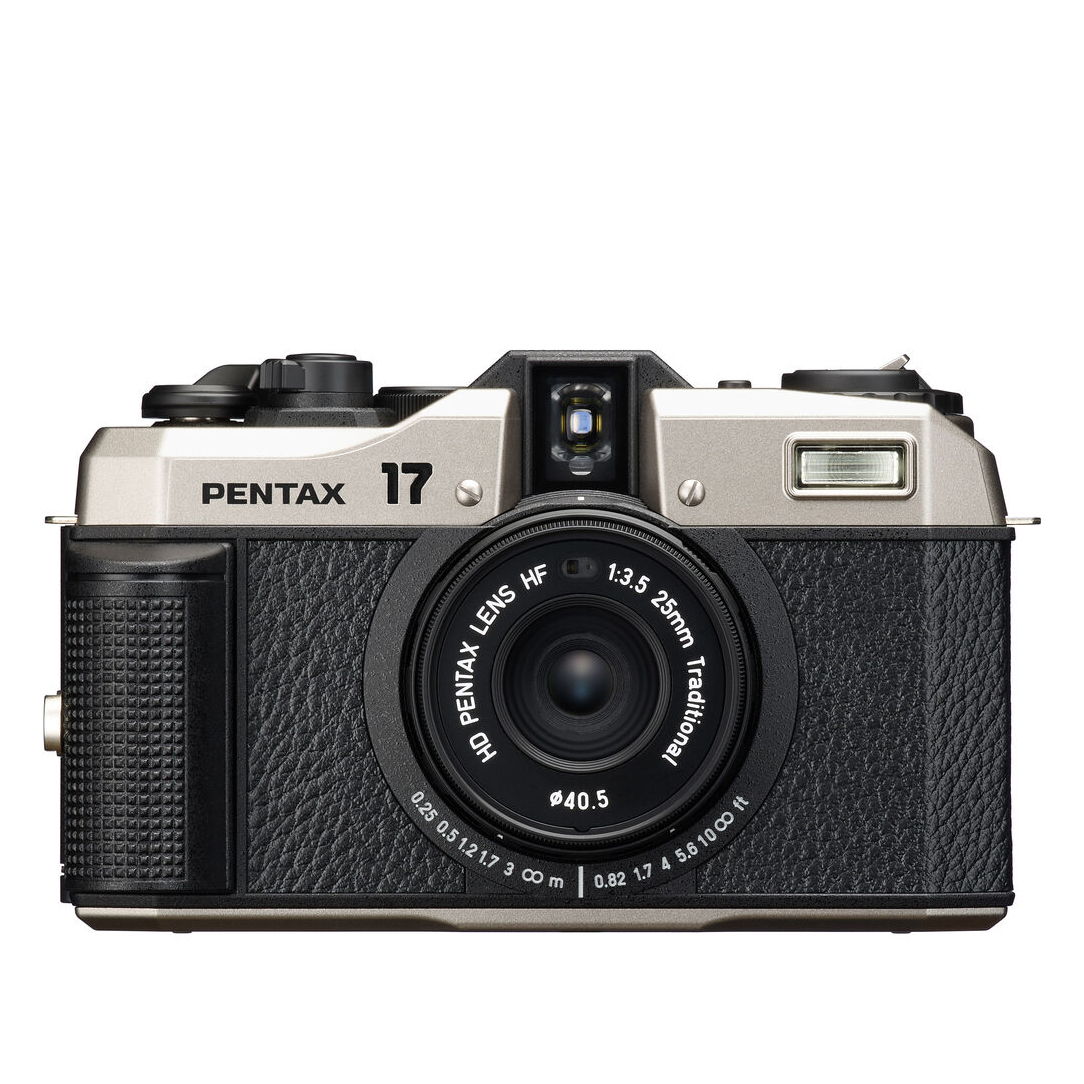
Film cameras are increasing in popularity - and this brand new Pentax model offers a retro charm that is hard to resist. It uses the half-frame format - doubling the number of shots you get from a 35mm film, to give you vertical images by default.
Best point and shoot cameras
Why you can trust Digital Camera World
Best point and shoot camera overall
Specifications
Reasons to buy
Reasons to avoid
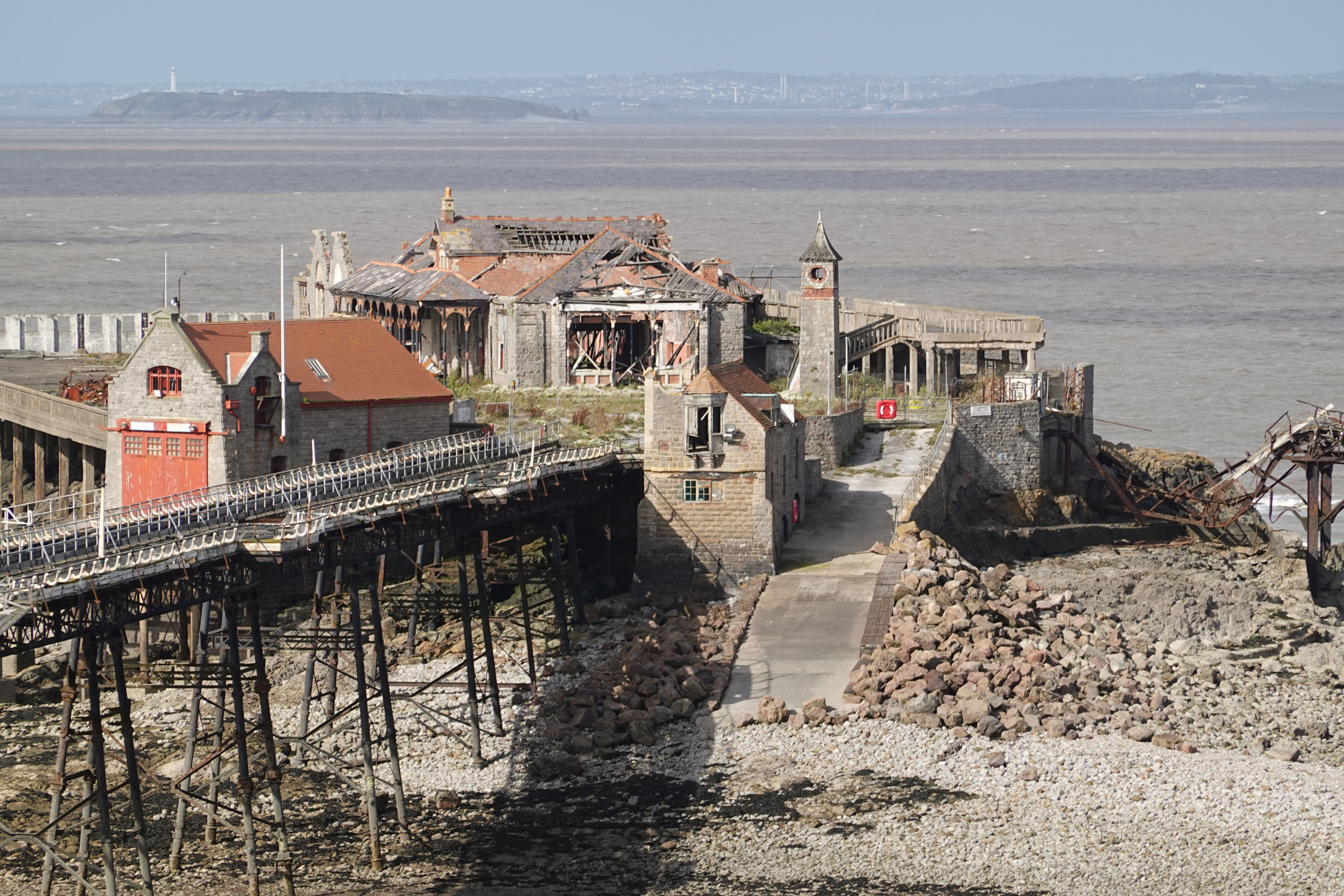
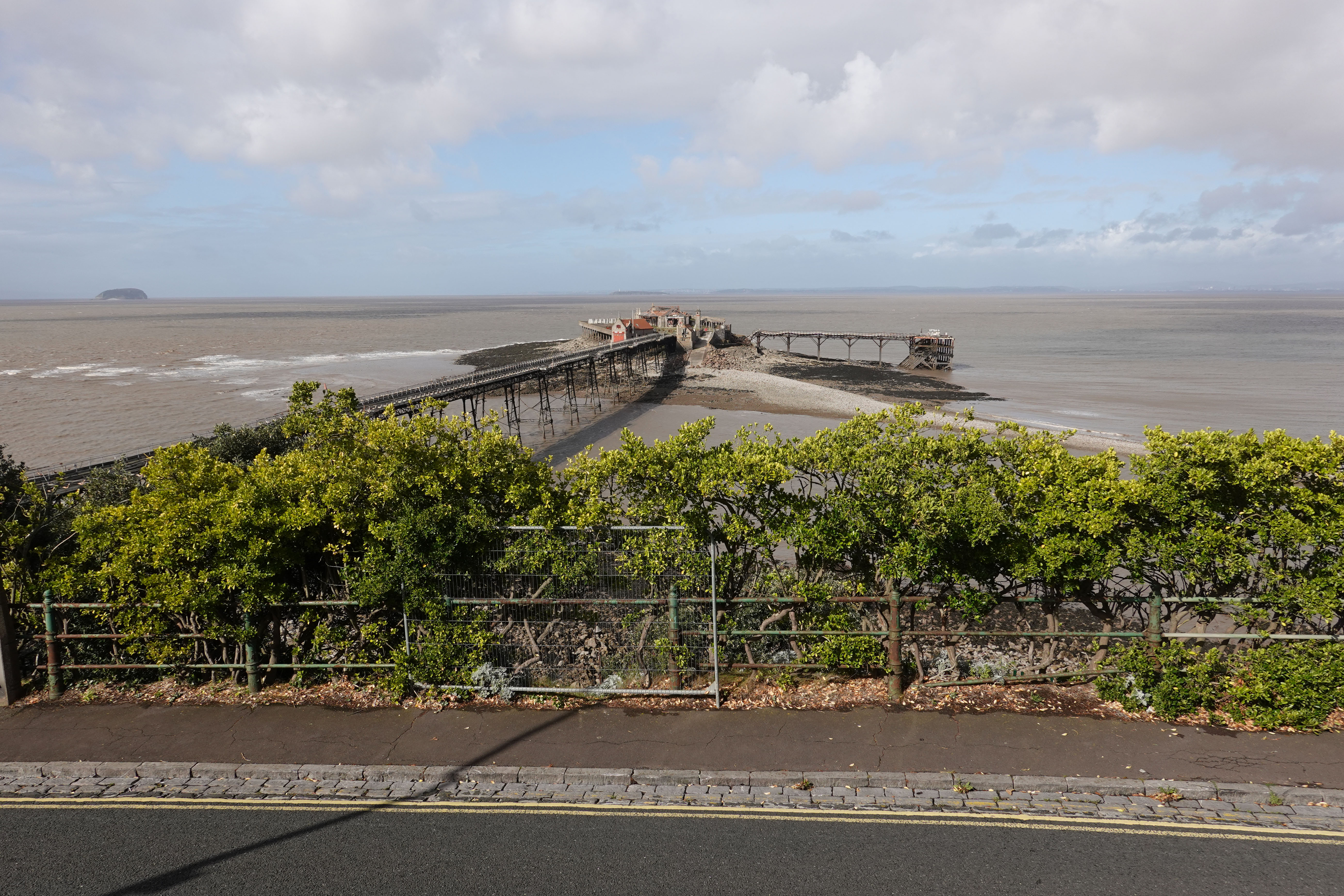
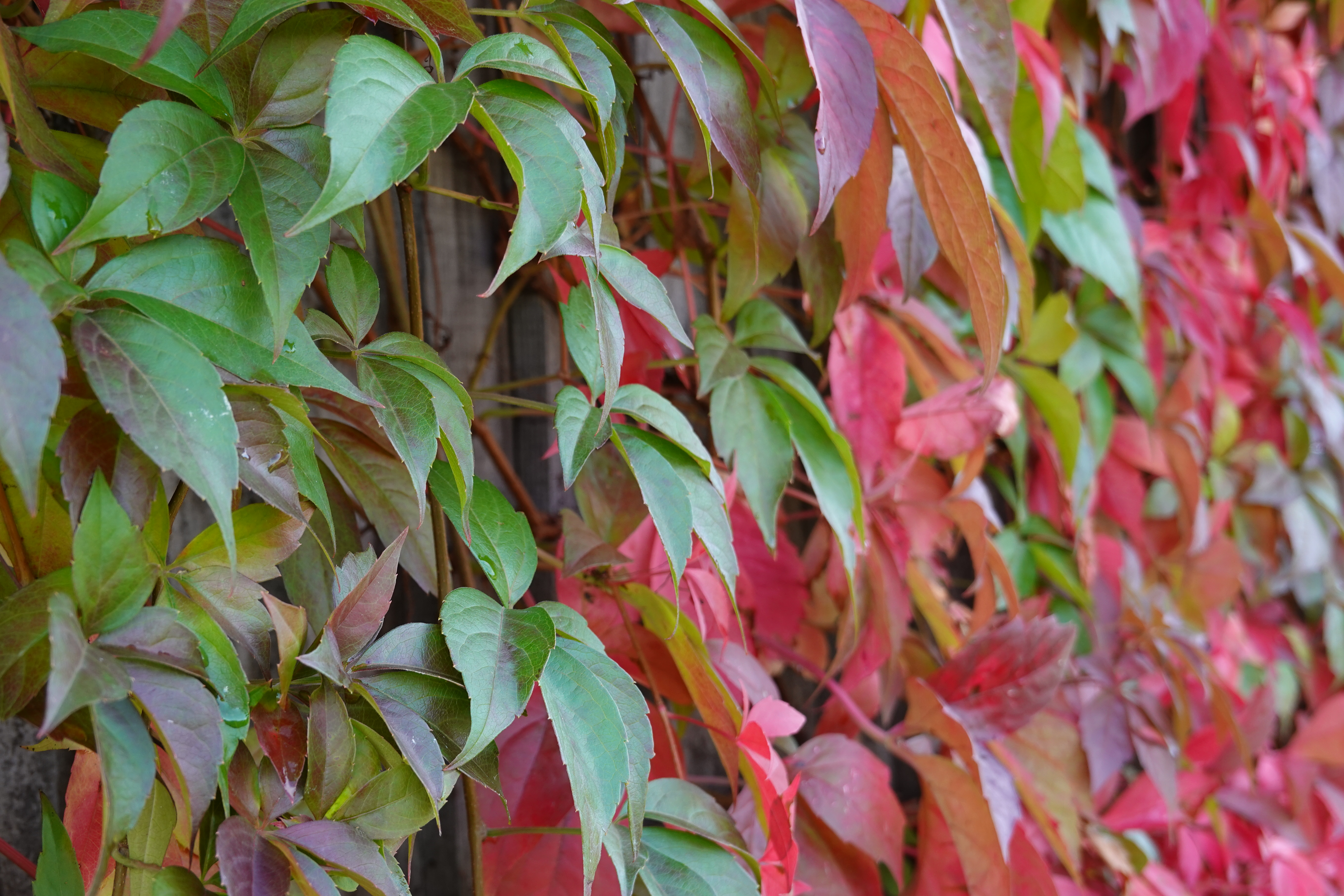

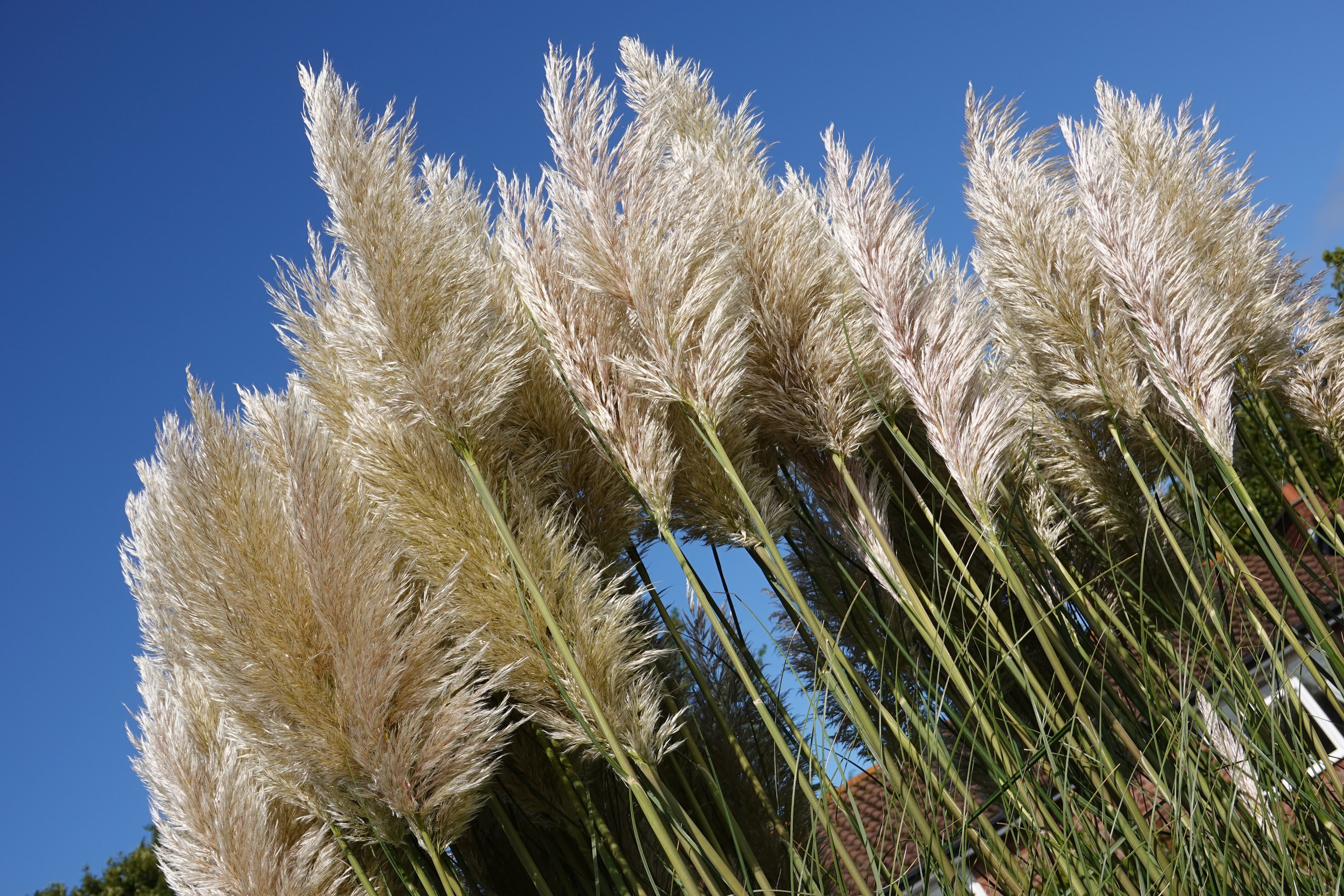
✅ You want an EVF: with a 2.36 million-dot EVF, you can be sure to make great compositions.
✅ You want stills and video: 20MP stills and 4K video means this has it all built into one - perfect for travel.
❌ You're on a budget: This is an expensive camera by point-and-shoot standards.
❌ You want simple: the controls can be tricky to due to its small size.
While the RX100 VII costs more than most cameras on this list (and more than some of them combined!), we couldn’t leave it out for the simple reason that it's pretty much the best there is.
As the name implies, the VII is the seventh iteration in a series that Sony has been perfecting for many years, providing an exceptional blend of image quality and portability. Features includes a one-inch 20MP sensor, a 28-200mm zoom lens, 20fps burst shooting (with up to 90fps in Single Burst mode), phase detection autofocus with human and animal Eye AF, 4K 24/30p video, and a pop-up 2.36 million-dot electronic viewfinder…
It’s all here, and housed in a camera small enough to pop into your pocket – provided you don’t mind a few of the controls being a little fiddly to use. And it all comes with a reassuringly expensive price tag!
Be aware that in certain territories you may see the Sony RX100 VII sold as the RX100 VIIA. This is a mildly cosmetically refreshed version of the camera released by Sony to comply with EU USB-C charging regulations – as such, it comes with a battery charger, and the micro USB port is used for data transfer. The internals and image quality of the camera are all otherwise identical.
Read more: Sony Cyber-shot RX100 VII review
Best point and shoot zoom camera
Specifications
Reasons to buy
Reasons to avoid
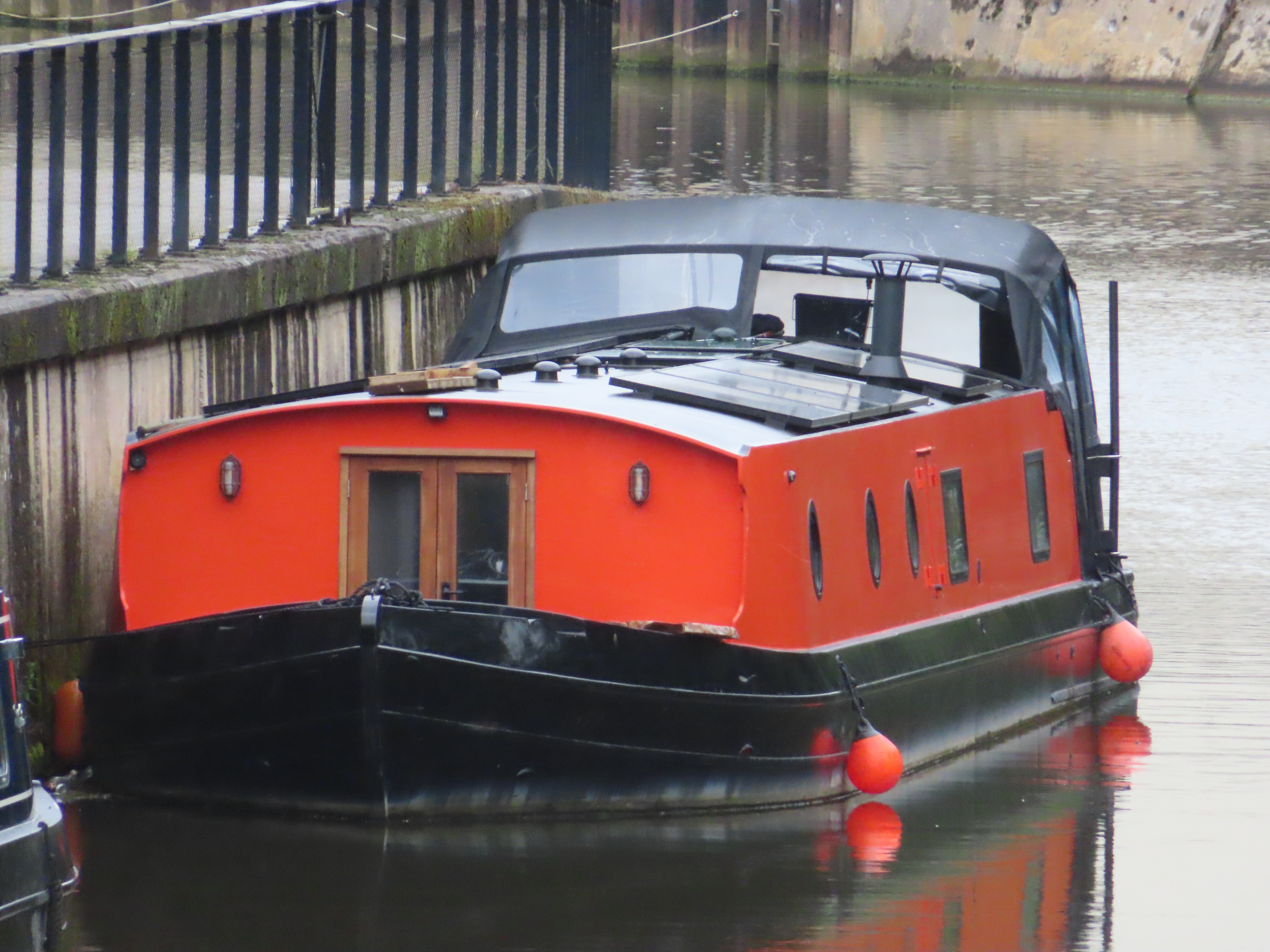


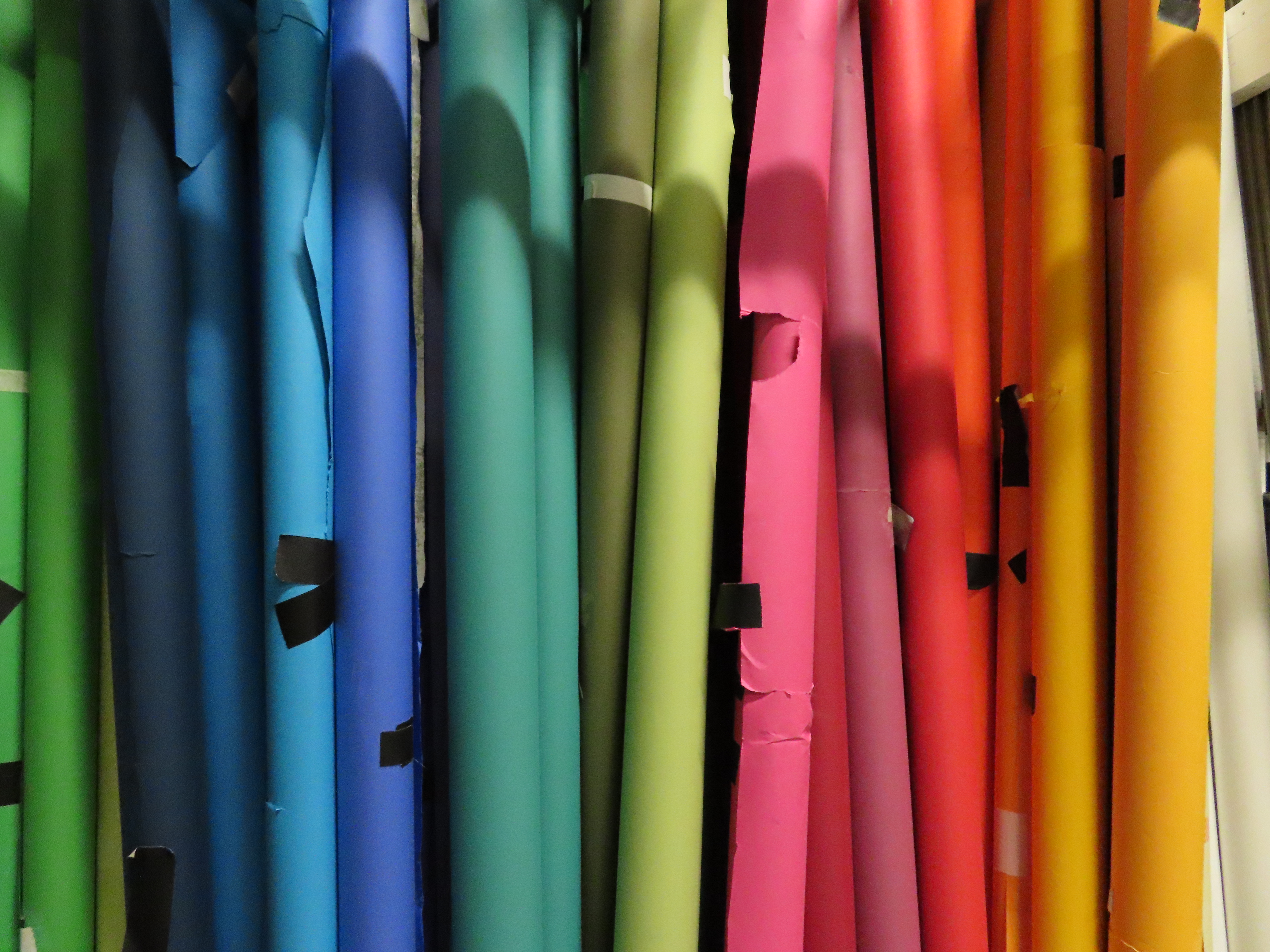
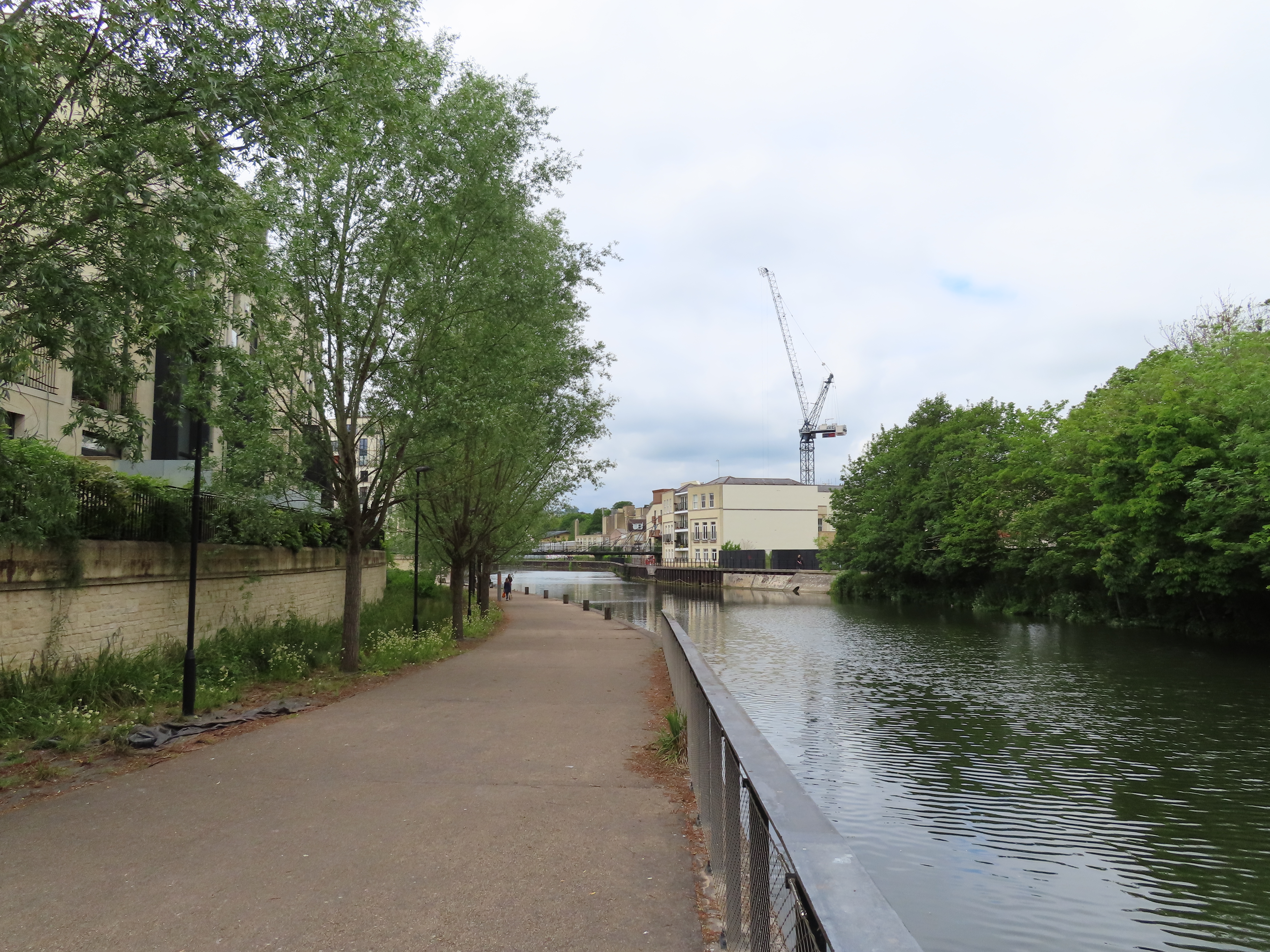
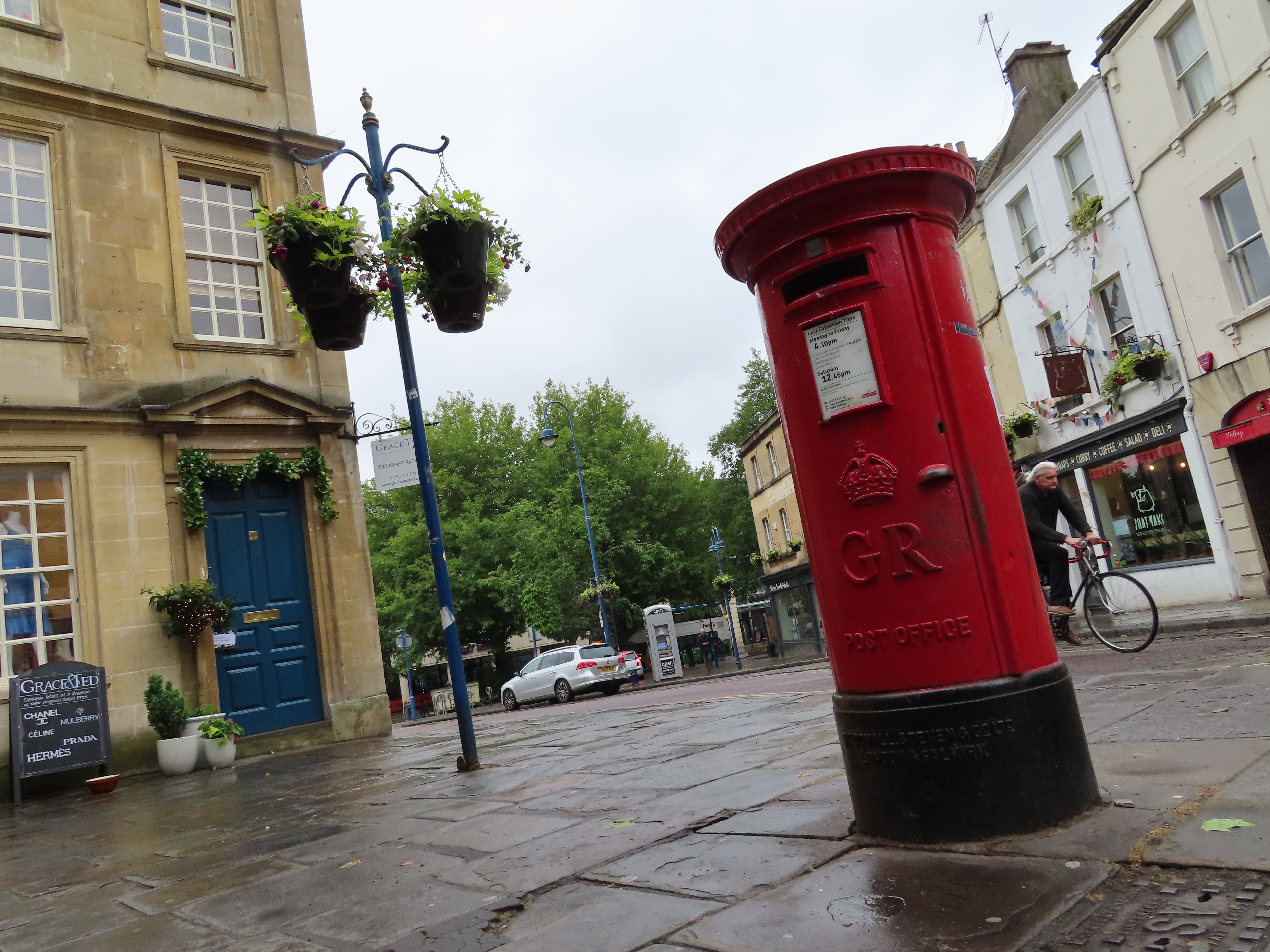
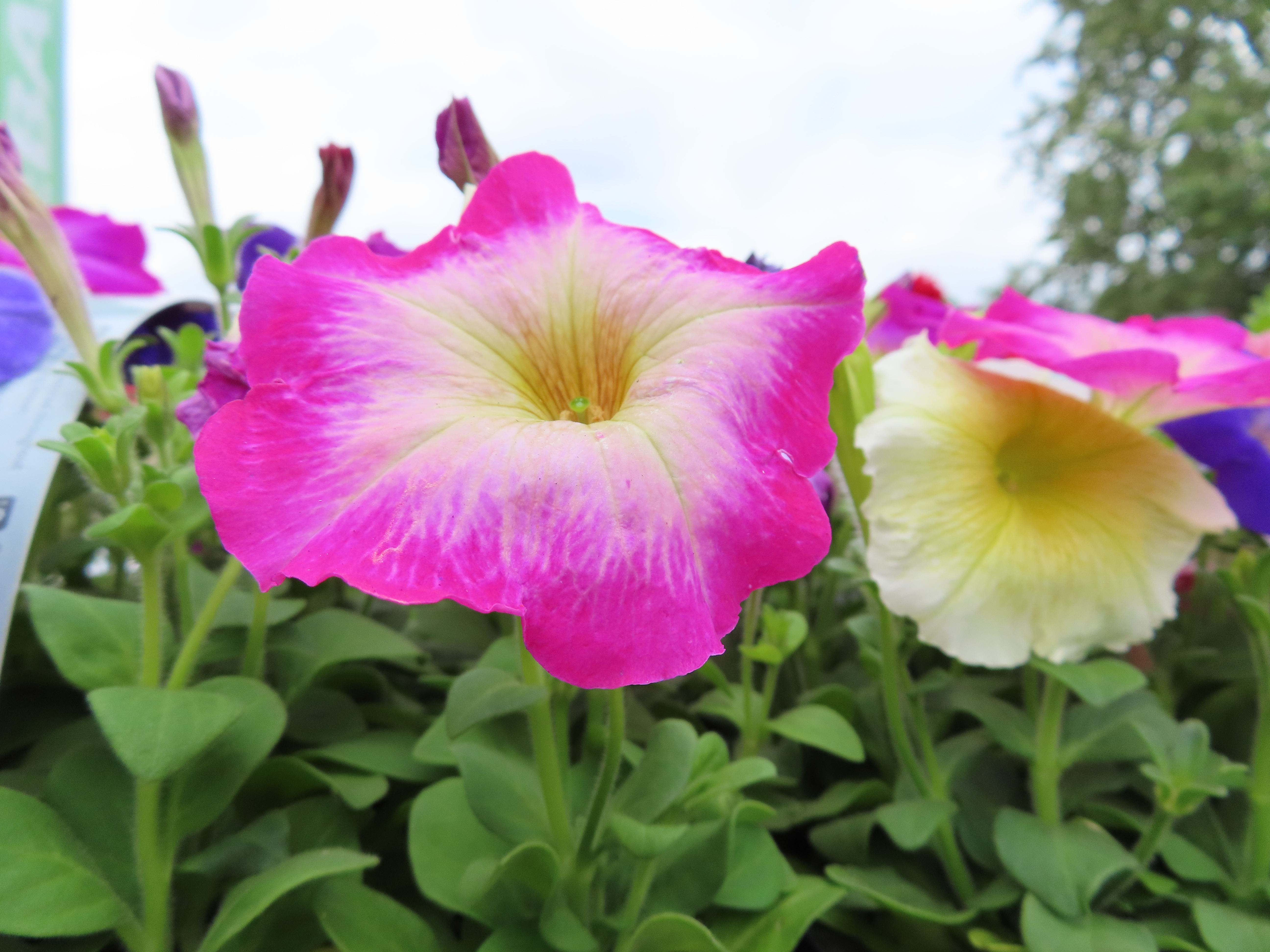
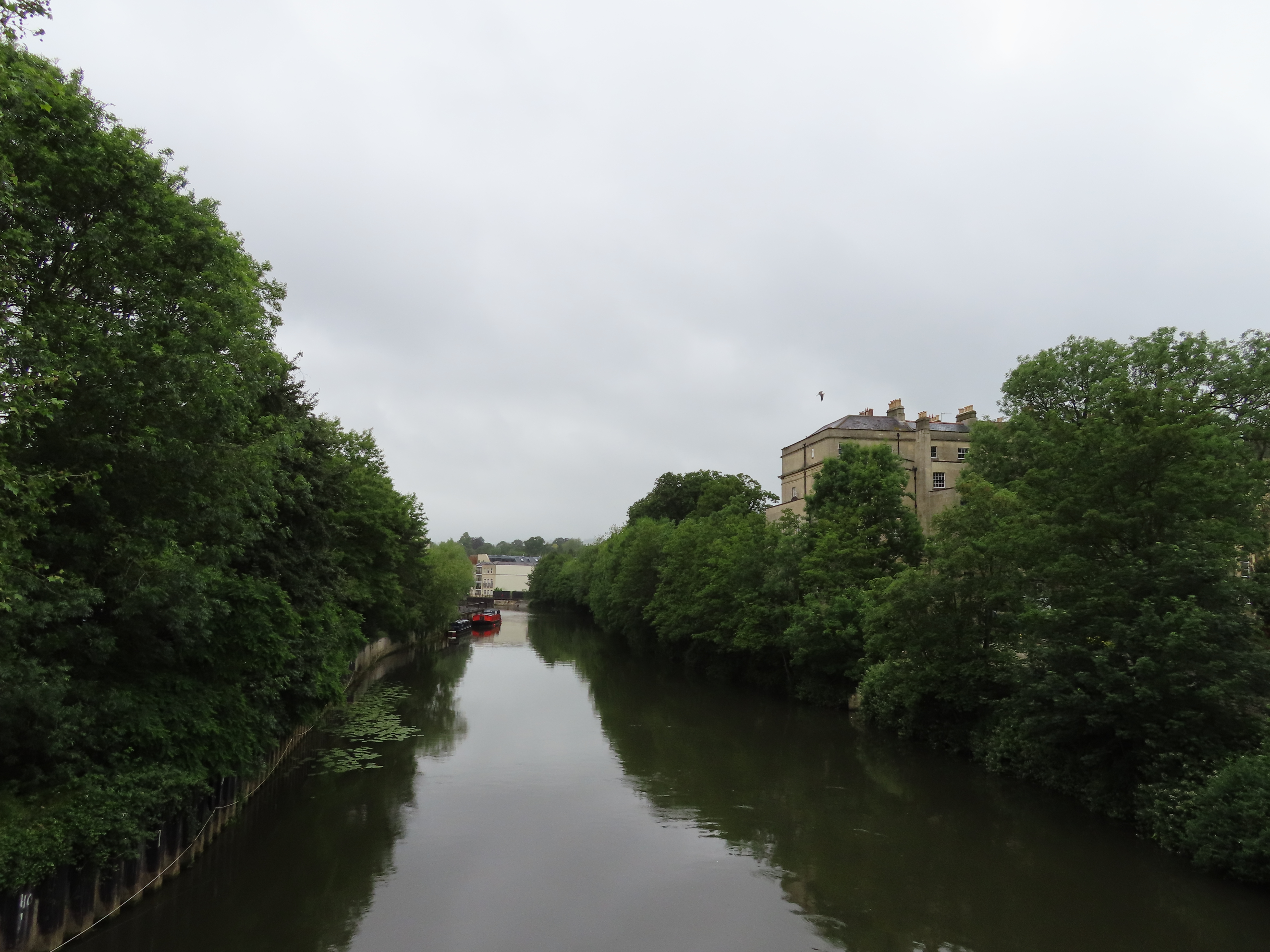
✅ You want a lot of zoom: From 24-960mm, this covers all the zoom ranges you need.
✅ You want speed: With 10fps, you can be sure to capture the action as it happens.
❌ You want a touchscreen or a viewfinder: This fairly utilitarian camera has neither.
❌ You want great image quality: The small 1/2.3in sensor is capable of mediocre images at best
This is Canon's best photo-focused compact camera, which says more about the state of Canon's compact range than it does about the decidedly average PowerShot SX740. With a 1/2.3-inch sensor, it's likely not going to deliver images that are meaningfully better than the ones you can capture with your phone. There's no RAW support, and the operation of the camera is pretty basic, with no viewfinder or touchscreen to speak of.
However, where the Canon PowerShot SX740 excels is in its zoom range, and here it's going to knock your phone out of the park. Its 24-960mm (equivalent) is currently among the best you can get for a camera of its type; to get a longer zoom in a compact, you'll have to start looking at SLR-styled bridge cameras, which don't really fit the definition of 'point and shoot'.
In my testing, I found that the SX740 achieved decent image quality even when using the telephoto end of this zoom lens, albeit with a fair amount of post-capture processing clearly going on behind the scenes. It has a maximum continuous burst shooting rate of 10fps, and it can also film video in 4K. Also, bear in mind that Canon has recently released an updated 'Lite' edition of the SX740 HS, but it's exactly the same, only without USB charging (which is a step a lot of manufacturers are taking to get around EU rules about USB charger standardization).
Read more: Canon PowerShot SX740 HS / Lite review
Best waterproof point and shoot camera
Specifications
Reasons to buy
Reasons to avoid
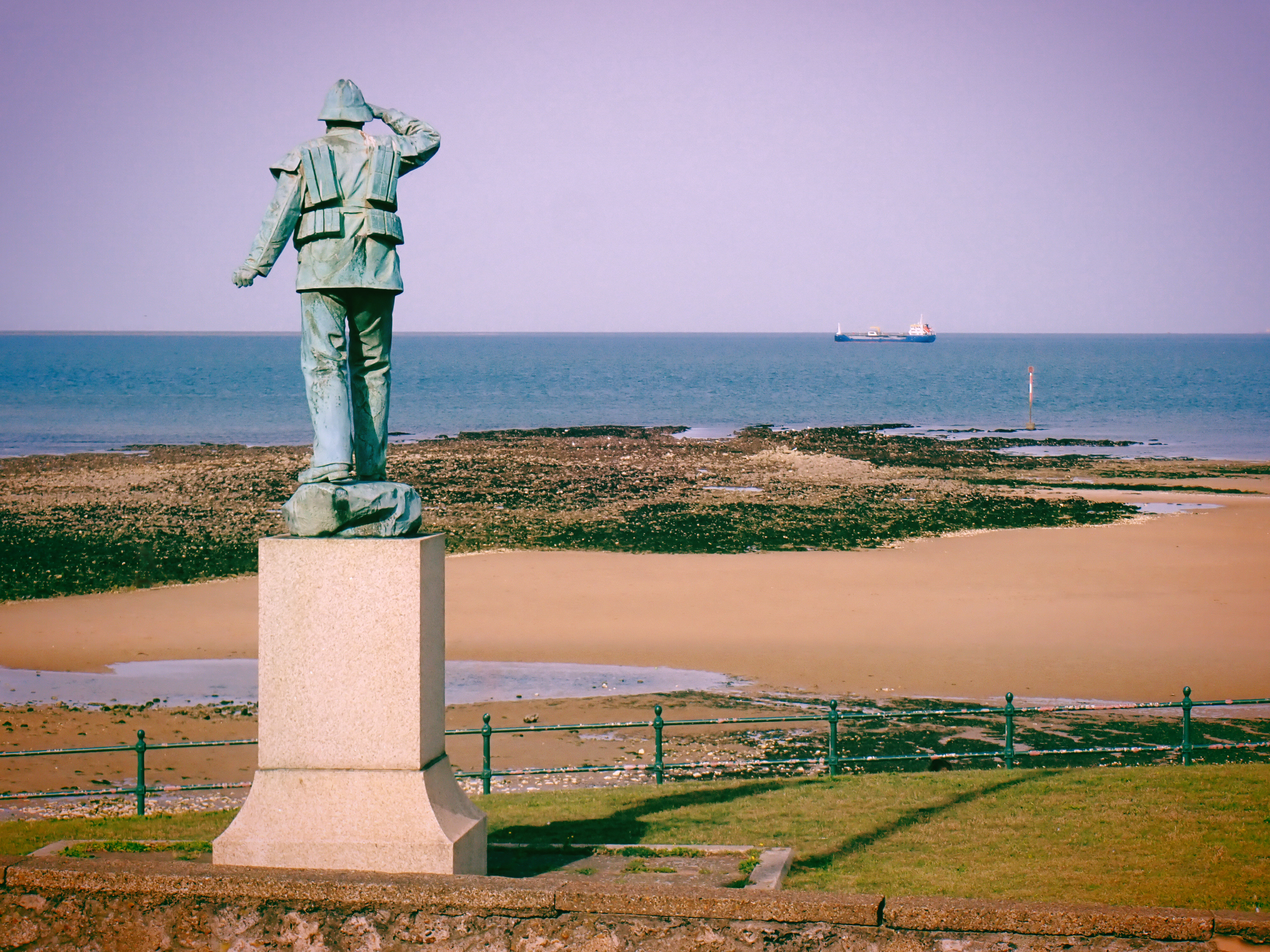


✅ You want GPS: With its built-in GPS, you can geotag your shots to remember all your fantastic holiday memories.
✅ You want a zoom function: With a 4x optical zoom, this is the perfect camera to take to the beach or into the ocean and always get the shot.
❌ You want something new: This is practically the same as its predecessor, the Olympus Tough TG-6.
This camera is exactly what it says on the tin: tough. I've used the OM System TG-7 and its predecessor, the near-identical Olympus Tough TG-6, in some seriously challenging conditions. I've used it in the middle of the Spanish desert in blistering heat; I've taken it on sub-zero hikes in the British winter; I've shot with it under the sea in Greece; and I've thrown it on the ground as hard as I can. It can basically shoot anywhere and everywhere! It even has a built-in GPS that logs where you are – and at what altitude and temperature – when you take your shot.
Its 1/2.3-inch sensor might be smaller than some, and its 12MP resolution is certainly less than most. But fewer pixels means that each one is larger on the sensor and captures more light – so this is a great performer underwater, where light quality is poor. It has a built-in flash and LED lamp to provide its own illumination above or below water. It shoots Raw, too, and rattles off shots at up to 20fps.
Lenses on other cameras have a greater zoom range, but the Tough TG-7's 25-100mm zoom, with an aperture of f/2 at the wide end and f/4.9 at maximum zoom, gives a good working range. What's so special here, though, is that a macro mode is built in – so you can take incredible close-up photos or 4K video. Because it can shoot anything, anywhere, regardless of the weather or conditions, this is the point-and-shoot camera I always take with me if I leave my mirrorless at home – and I never regret it.
Read more: OM System Tough TG-7 review
Best point and shoot camera for style
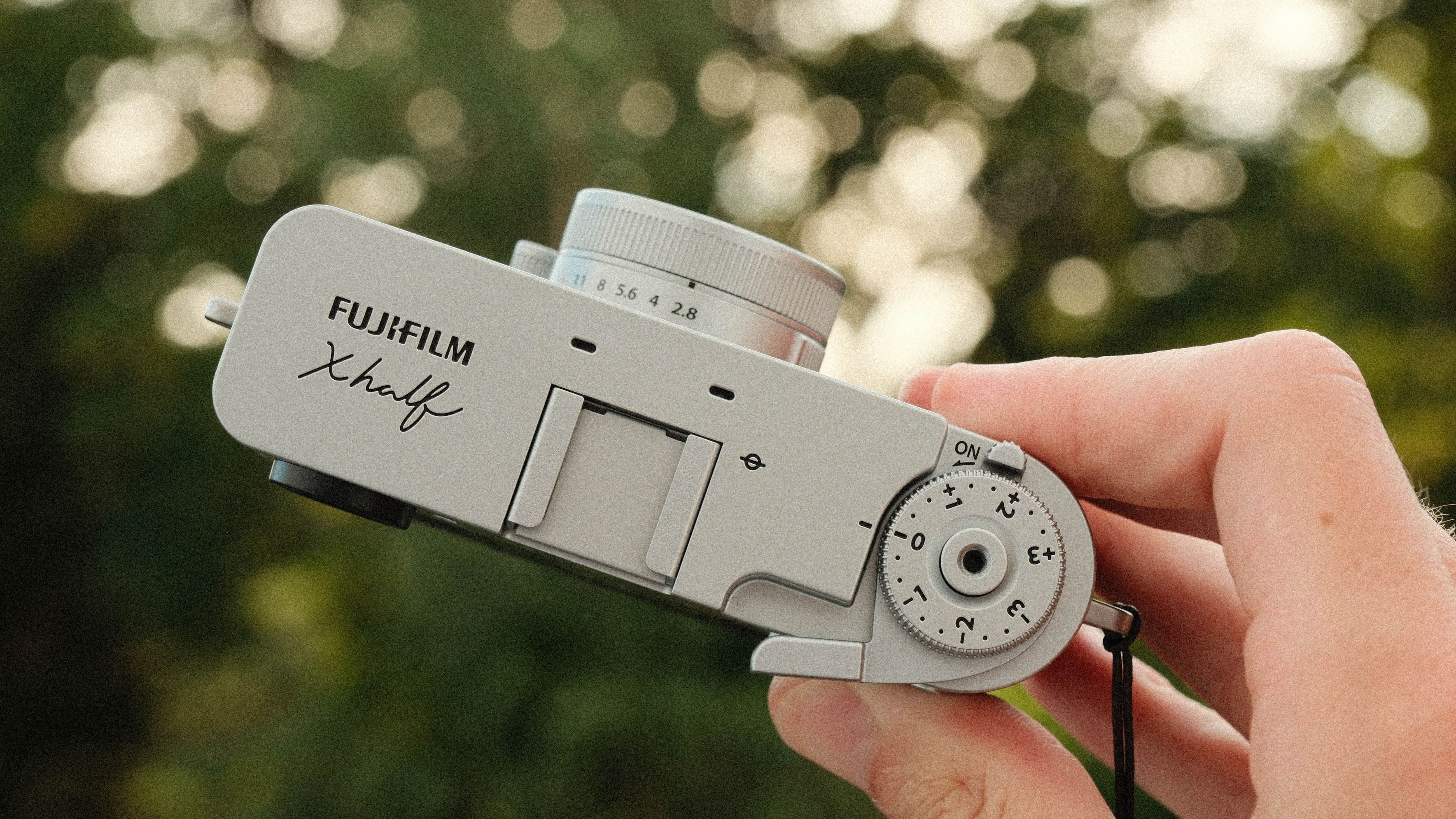
Specifications
Reasons to buy
Reasons to avoid
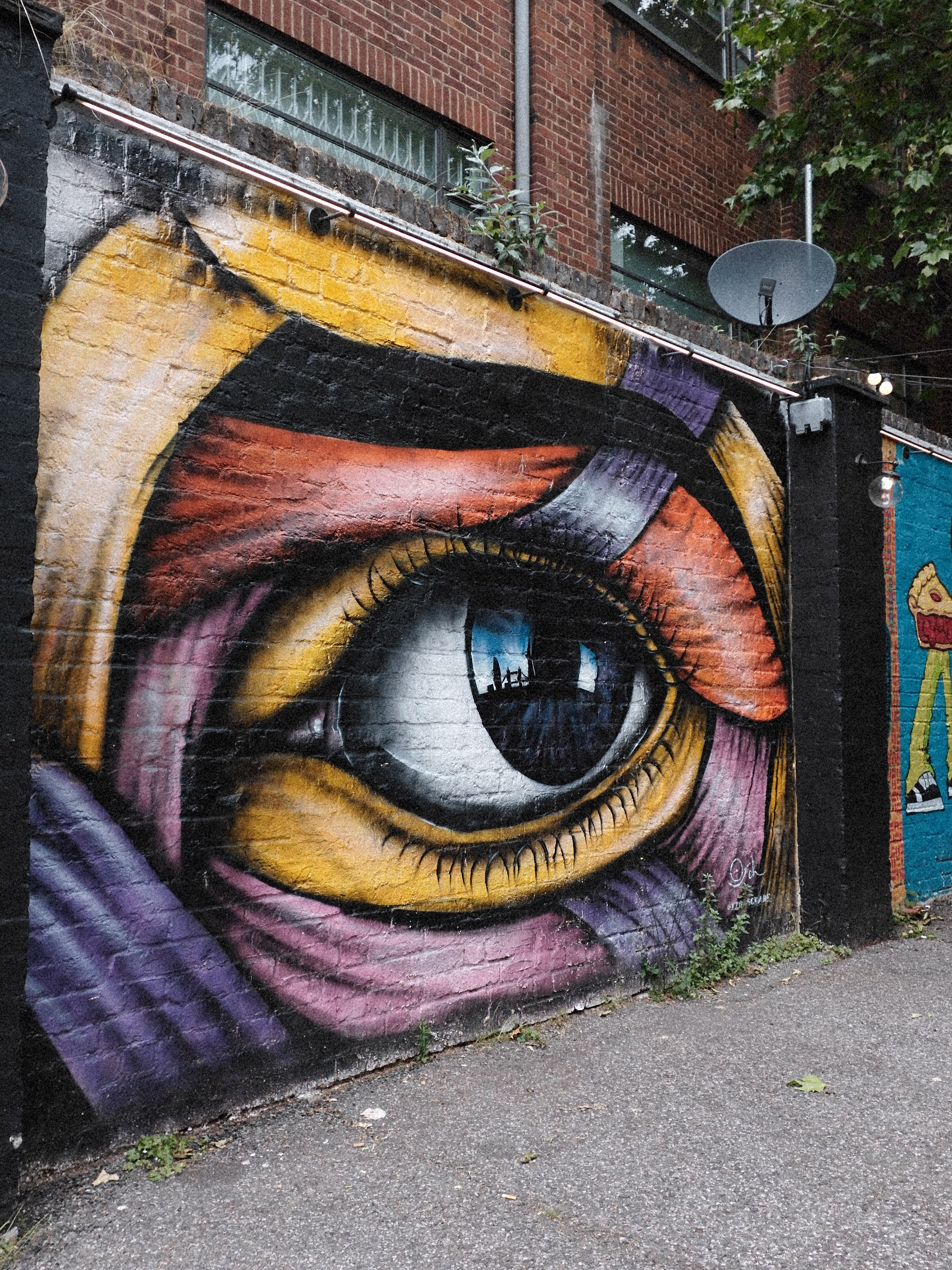
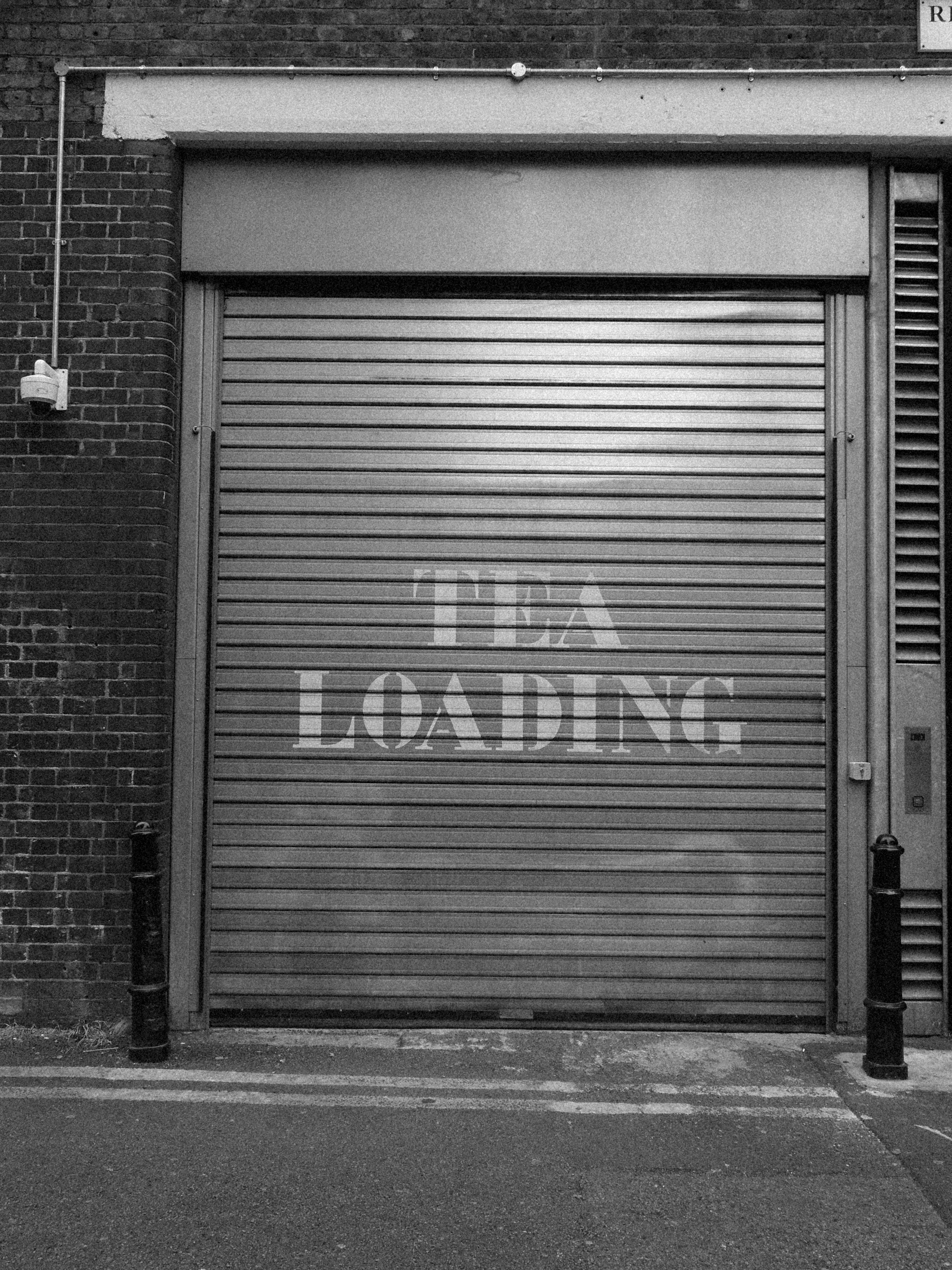
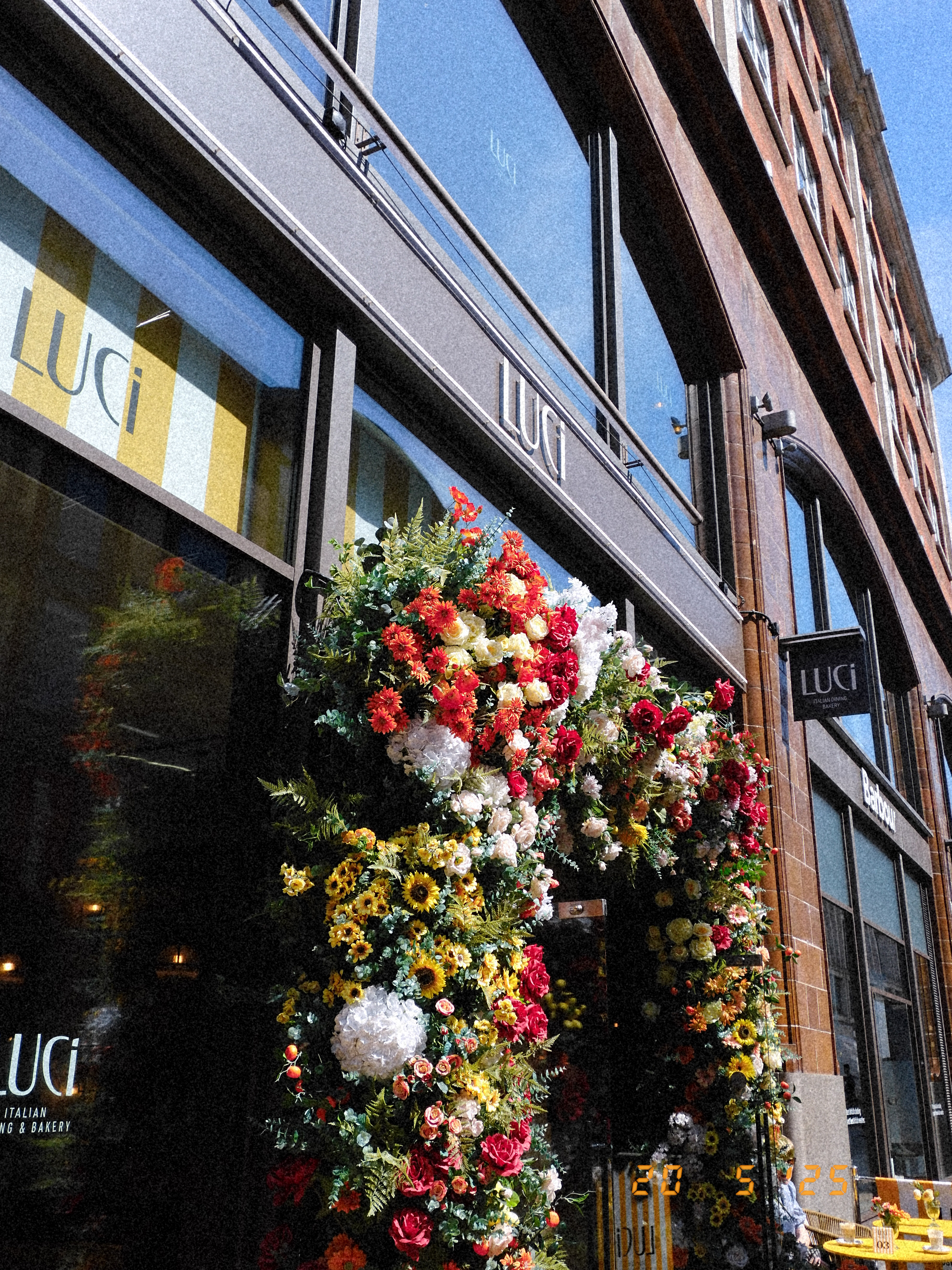
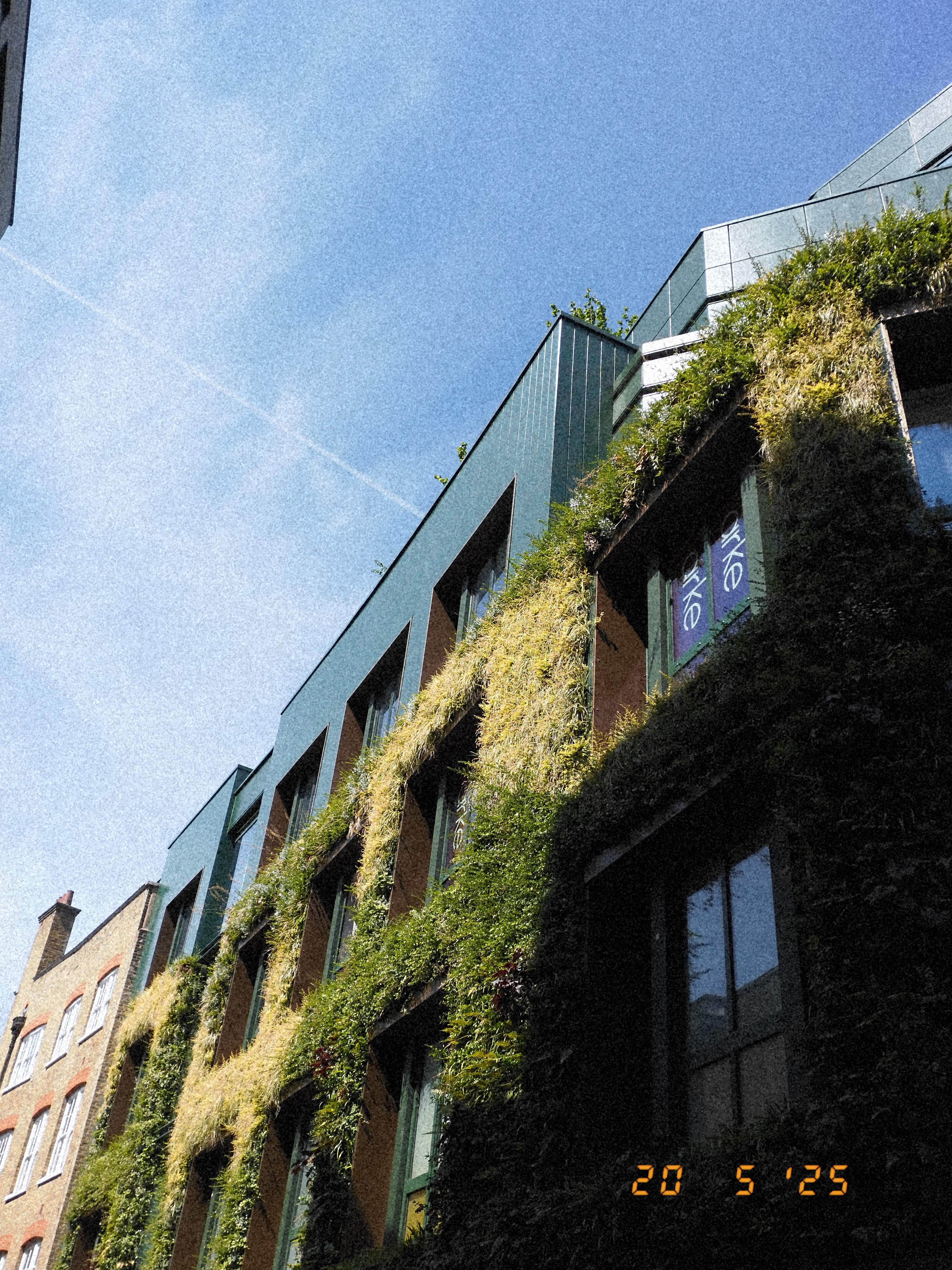
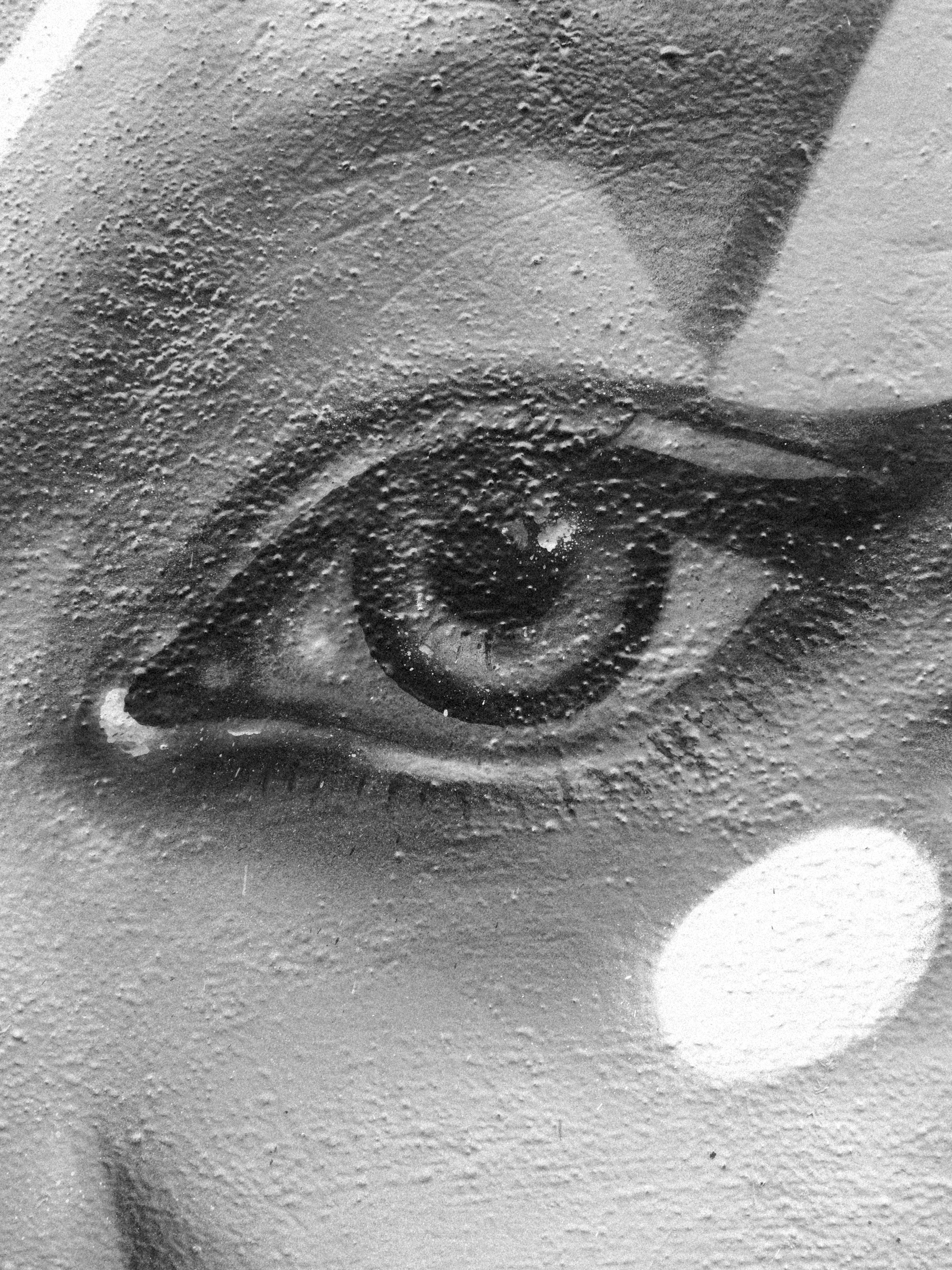
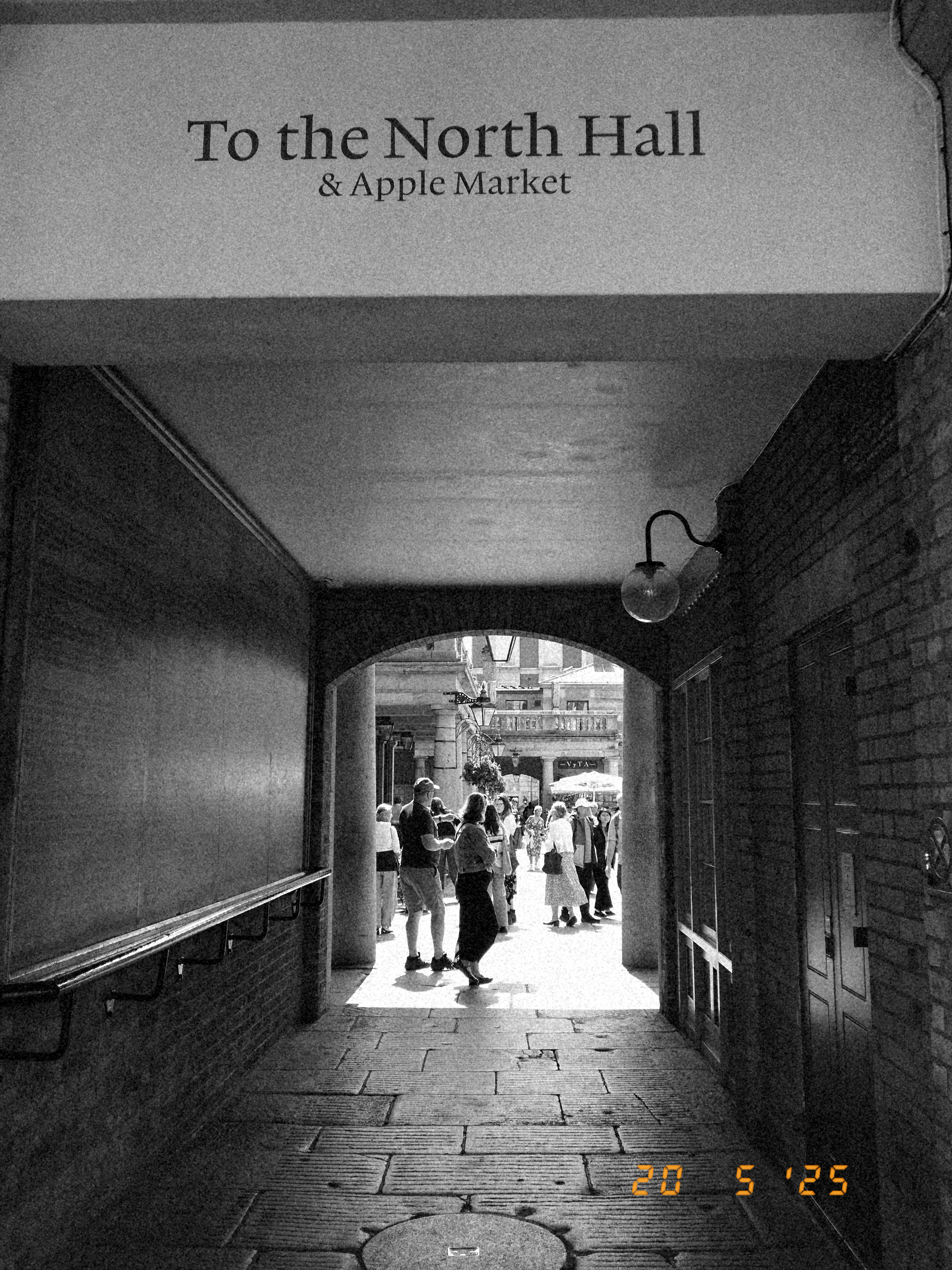
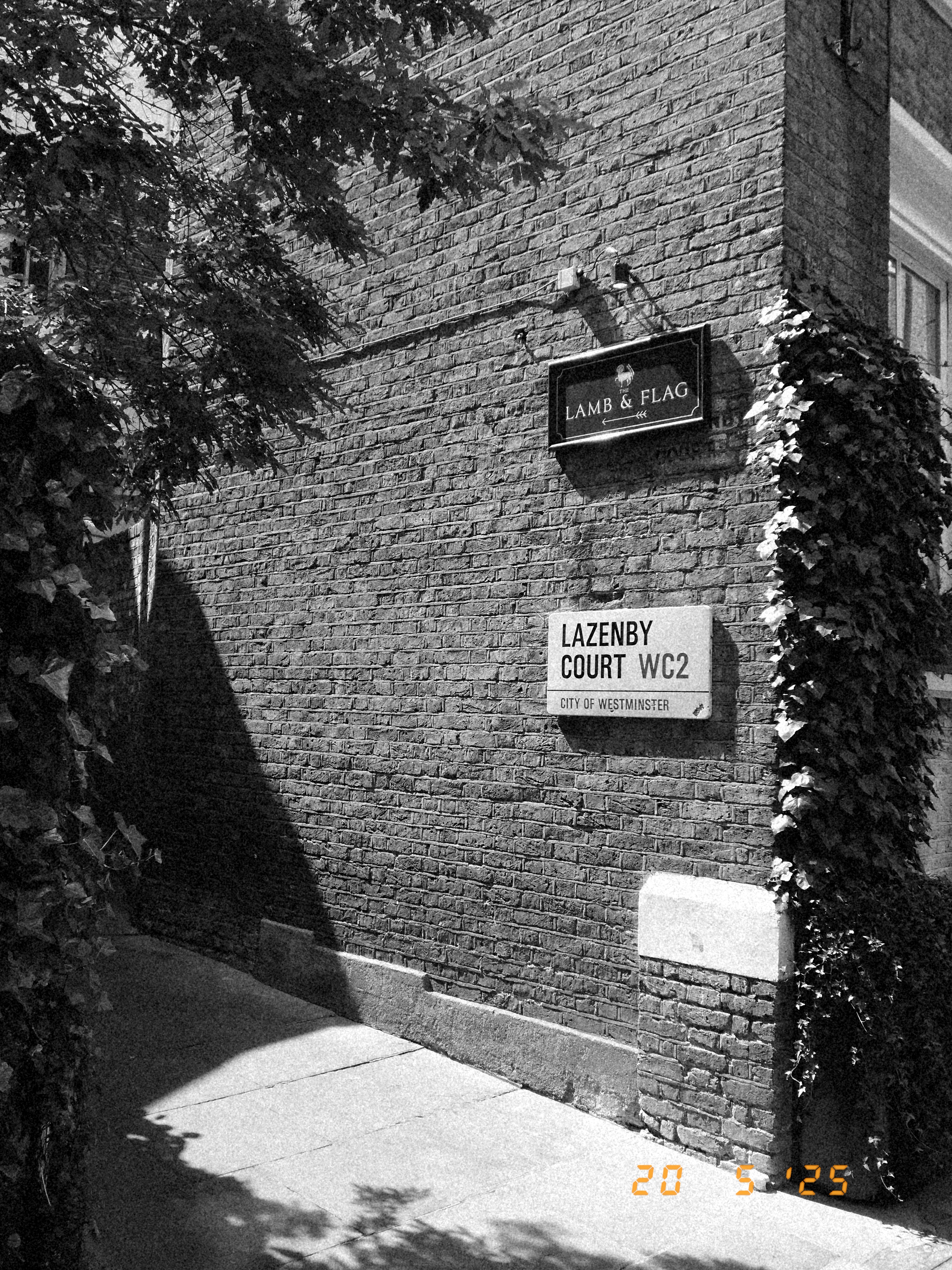
✅ You are after the chicest point and shoot: the X Half follows the classic styling of the uber popular X100VI – and it looks incredible
❌ You want to edit in RAW: the X Half unfortunately doesn't have any RAW shooting, so you need to be happy with your JPEGs on the day!
Fujifilm’s X Half is a pocket-sized digital homage to half-frame film cameras, right down to its native 3:4 vertical sensor orientation. Inside is a 17.7 MP 1-inch sensor rotated on its side, paired with a fixed 32 mm-equivalent f/2.8 lens and Fujifilm’s famed film simulations. There are also a lot of fun party tricks, including a 2-in-1 diptych capture and a ‘film camera’ mode that locks you into 36, 48, or 72 frames before review – perfect for travel or weekend wanderings where you want to stay in the moment.
At just 240g, the X Half slips into any pocket, yet inherits the chic rangefinder styling of the X100VI. Control-wise, it has a clever twin-screen interface that swaps dials for taps and swipes. Ergonomics feel reassuringly premium for something so tiny, and battery life is a healthy 880 shots.
Trade-offs? Well. There’s no RAW, no stabilisation, it's single-shot only, and the 2.4-inch rear display is hard to read in bright light – all tough sells given the $849 / £699 price. But if you are after a playful, social-media-ready shooter that rekindles the joy of film without the lab costs, the X Half delivers an incredibly fun experience.
Read more: Fujifilm X Half review
Best budget point-and-shoot camera
Specifications
Reasons to buy
Reasons to avoid
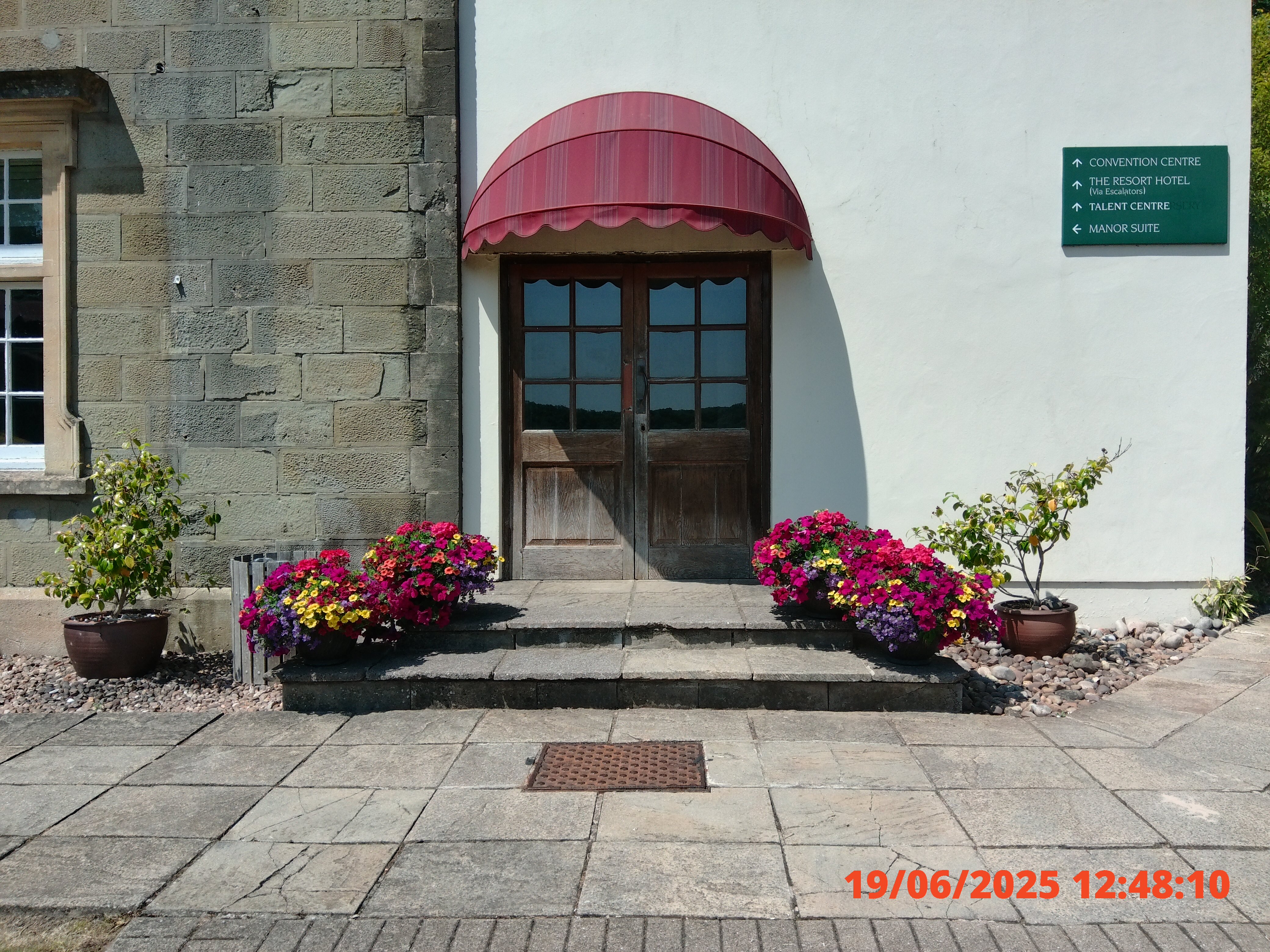

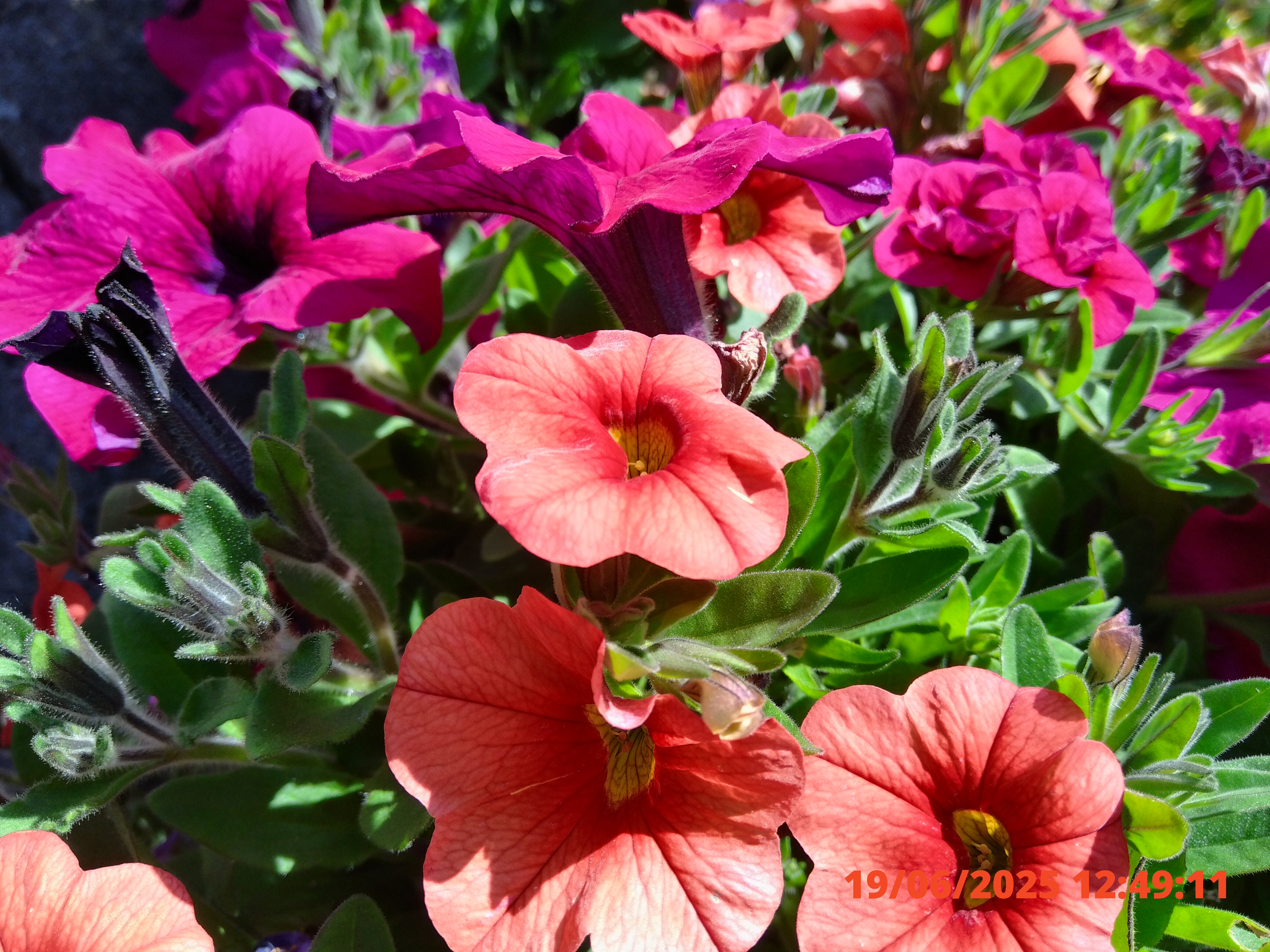
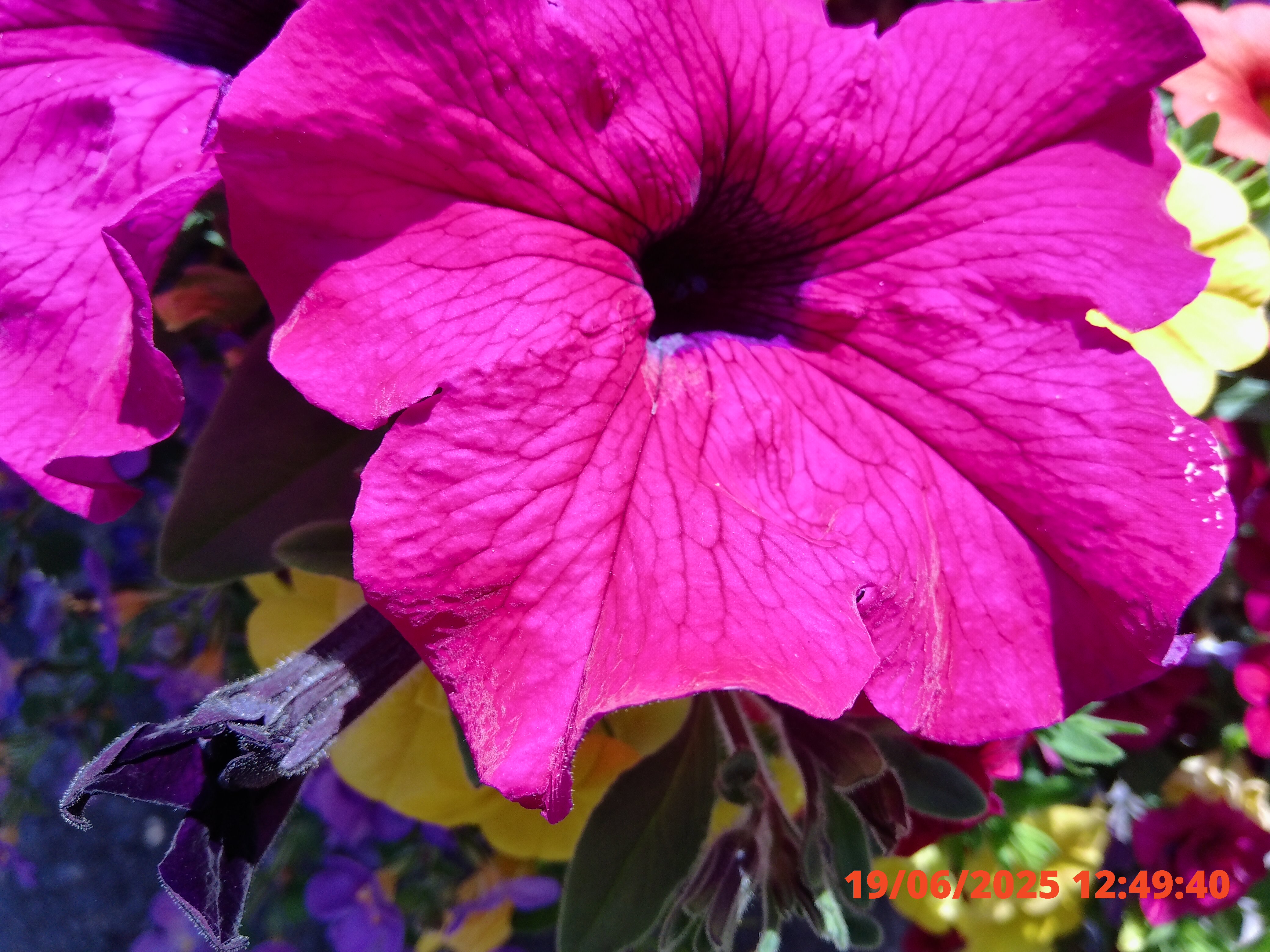
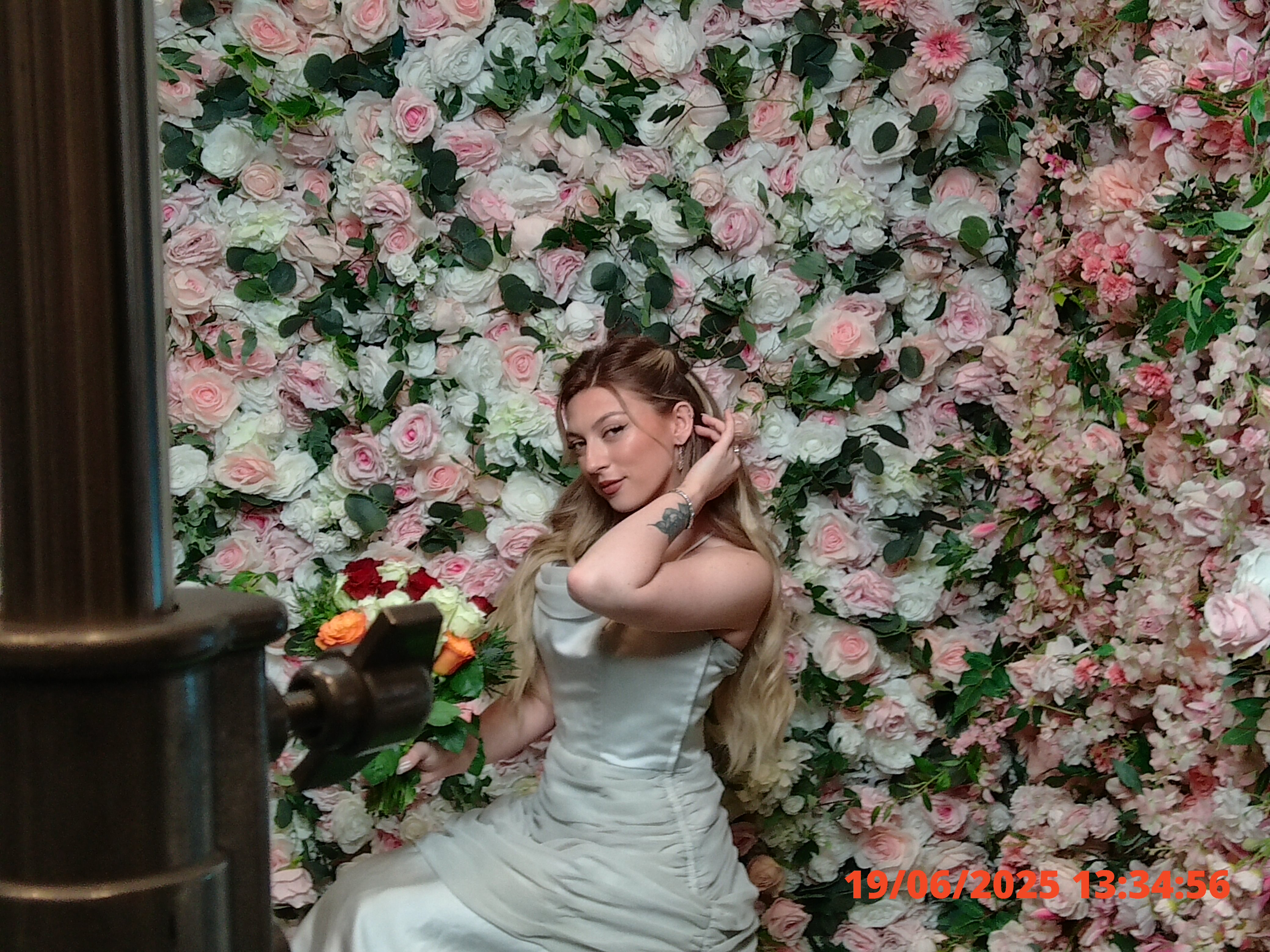

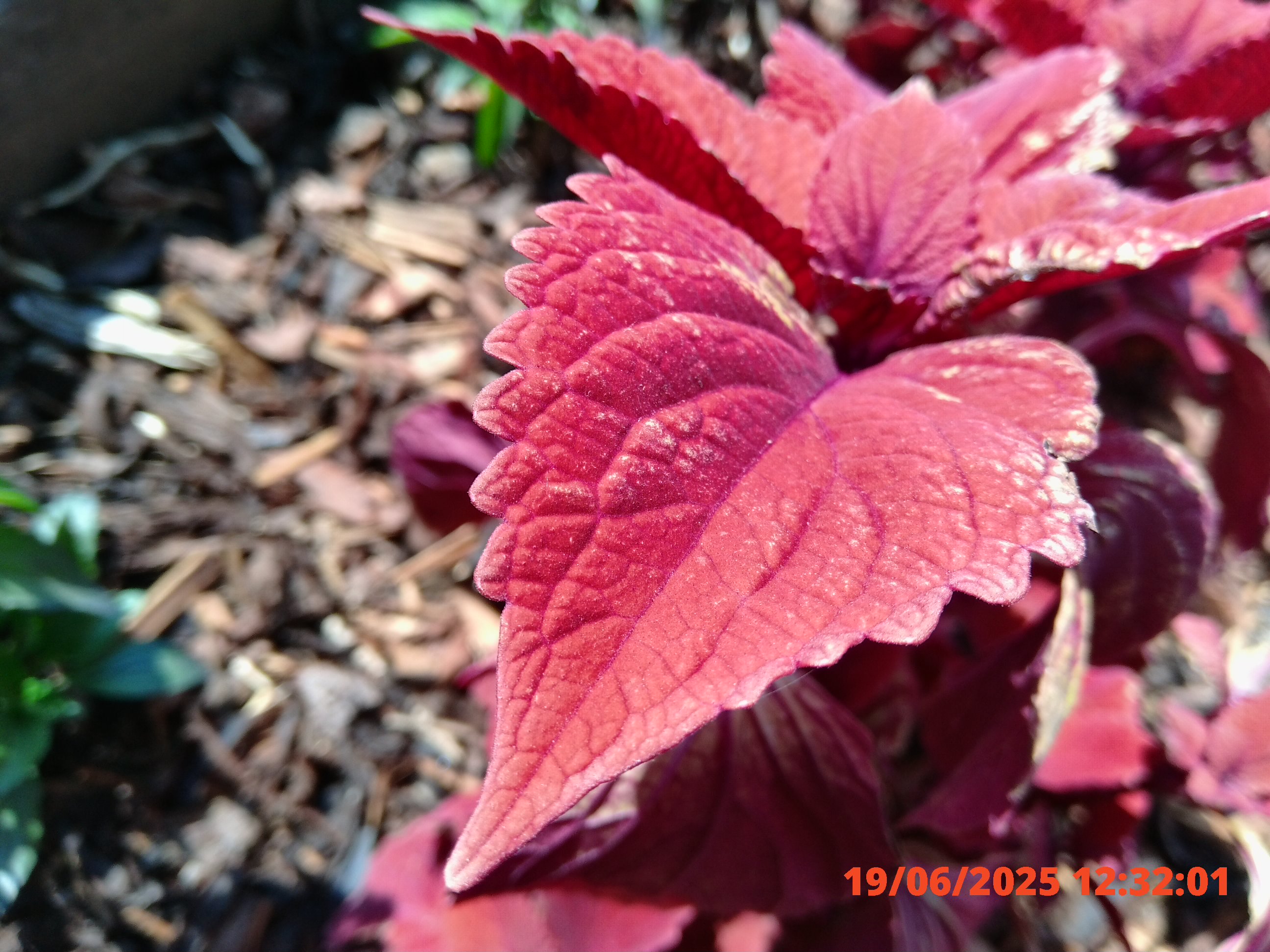

✅ You're on a budget: Nothing else comes close to how cheap this is for the specs.
✅ You want a compact size: It’s one of the smallest on this list, and easily pocketable.
❌ You want a zoom lens: It has a fixed 26mm lens, which improves quality, at the cost of versatility (and don't bother with the digital zoom).
❌ You want wireless connectivity: You will have to rely on a card reader or cable to transfer images to your computer, and then to your phone.
Kodak has come out with a few of these ultra-cheap point and shoot cameras, but the PixPro C1 feels to me like it's a cut above the others. Part of it is the design, with Kodak having leant more heavily into retro styling and given this camera a cool minimalist look with a leatherette-style grip. It's lightweight too, featherweight really, at just 115g, and sports a simple control scheme based around physical buttons rather than touch functionality.
Then there's also the imaging experience itself. The PixPro C1 uses a 26mm equivalent prime lens rather than the type of zoom lens that is common to cheap compact cameras, and while this may sound restrictive, I think it makes it more photographically interesting. There's a reason that everyone loves Fujifilm X100 and Ricoh GR cameras after all, and while this camera is nowhere near those in terms of quality, it does manage to conjure up a somewhat similar shooting experience.
Then there's the price. At less than $100, the Kodak PixPro C1 offers seriously good value for money. It's got a range of shooting modes and creative filters, so you won't just get bored of it right away. In sheer quality terms, it can't even really match up to your smartphone; where it shines is in its lo-fi charm, which is reflected both inside and out. Embrace knockabout imperfection and casual fun, and you'll have a good time with the PixPro C1. And at that price, who can really complain?
Read more: Kodak PixPro C1 review
Best point and shoot camera for video recording
Specifications
Reasons to buy
Reasons to avoid
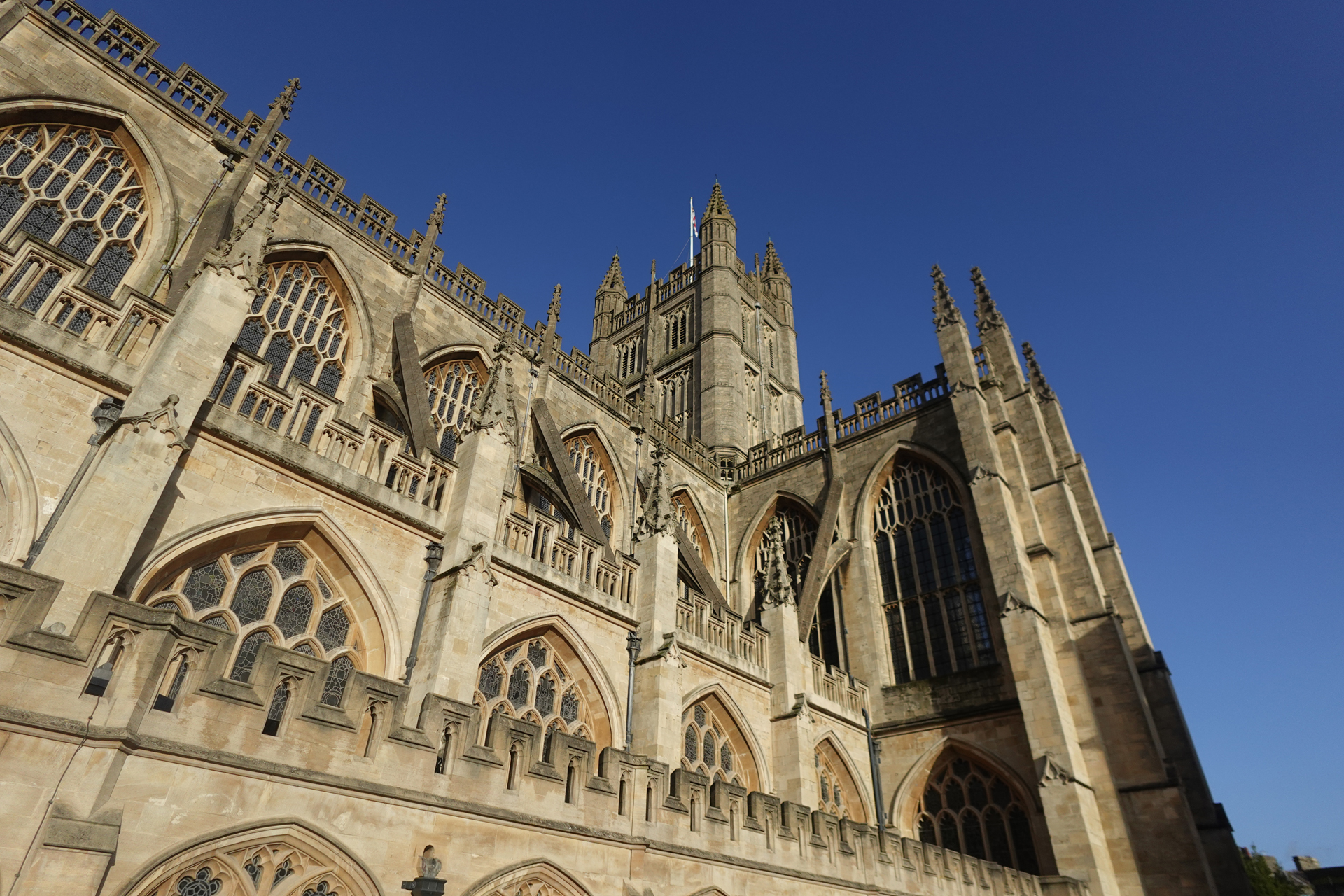
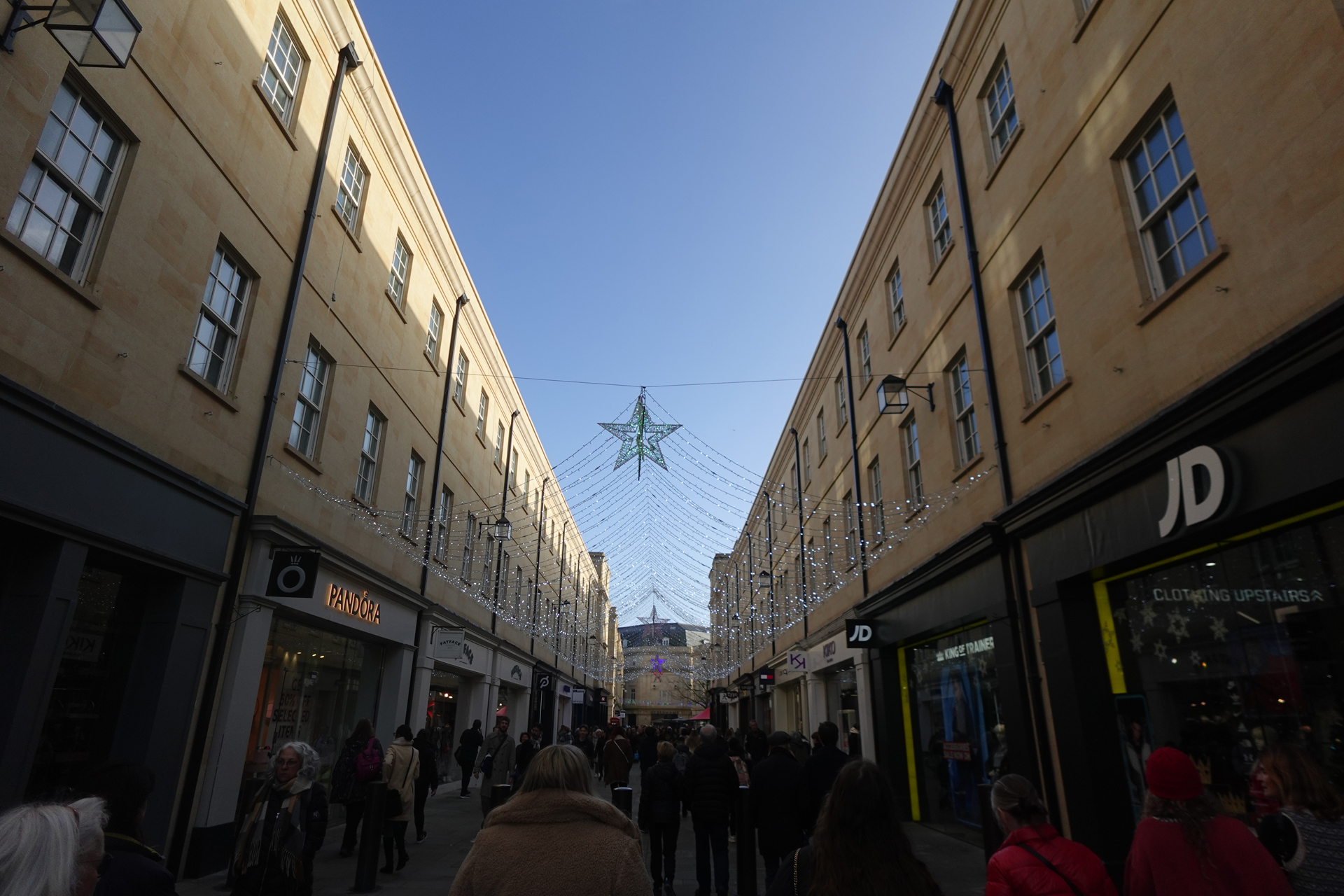

✅ You want a vlogging camera: Built to vlog, this is one of the best options out there.
✅ You want a good all-in-one: With 4K video and 24fps, plus 20MP still images, this is a good all-in-one camera.
❌ You want a zoom lens: With its fixed 20mm f/2 lens, you won't be zooming in on any wildlife anytime soon.
OK, so hear me out: yes, the Sony ZV-1F is technically a vlogging camera rather than a point-and-shoot – but it does have a lot of the same qualities. It's lightweight, compact and can fit in your pocket; it's incredibly easy to use; it has a handy flip-out screen so you can easily take selfies and the larger 1-inch sensor makes it better suited to low-light conditions than other models on this list.
The fixed 20mm f/2 lens might be a little limiting – but in some ways, I'd say it will force you to think more about the composition of the image and, in turn, make you a better photographer. It may not have the best stabilization system, but speedy eye autofocus and a max continuous burst speed of 24fps make up for it. It's a definite jump up from shooting on your phone and perfect for taking on holidays, day trips or nights out.
Point and shoots are getting harder to come by these days since camera phones are generally so powerful, but you will notice a big leap in your image and video quality with the ZV-1F.
Read more: Sony ZV-1F review
Best mid-range point and shoot camera
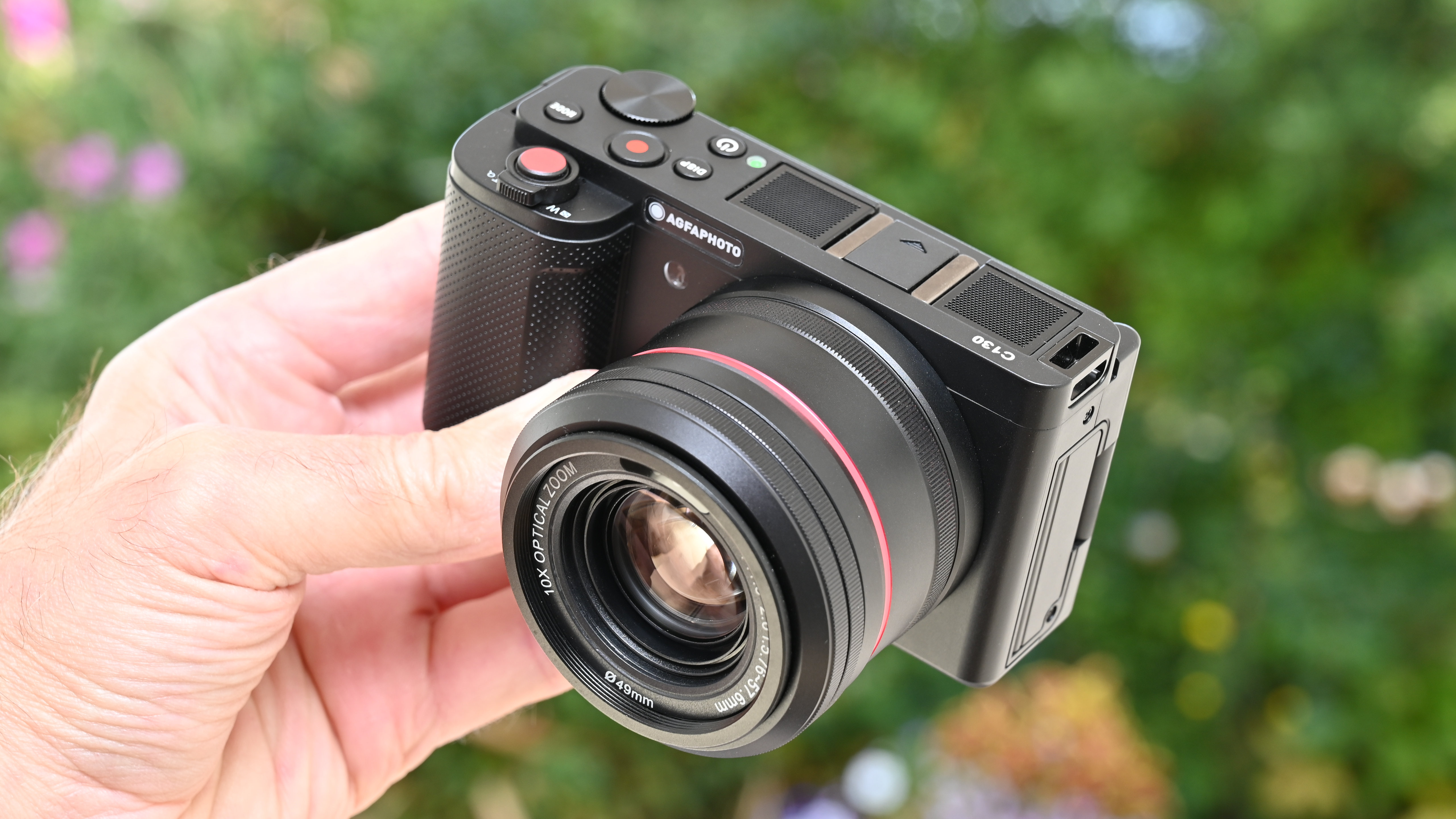
Specifications
Reasons to buy
Reasons to avoid

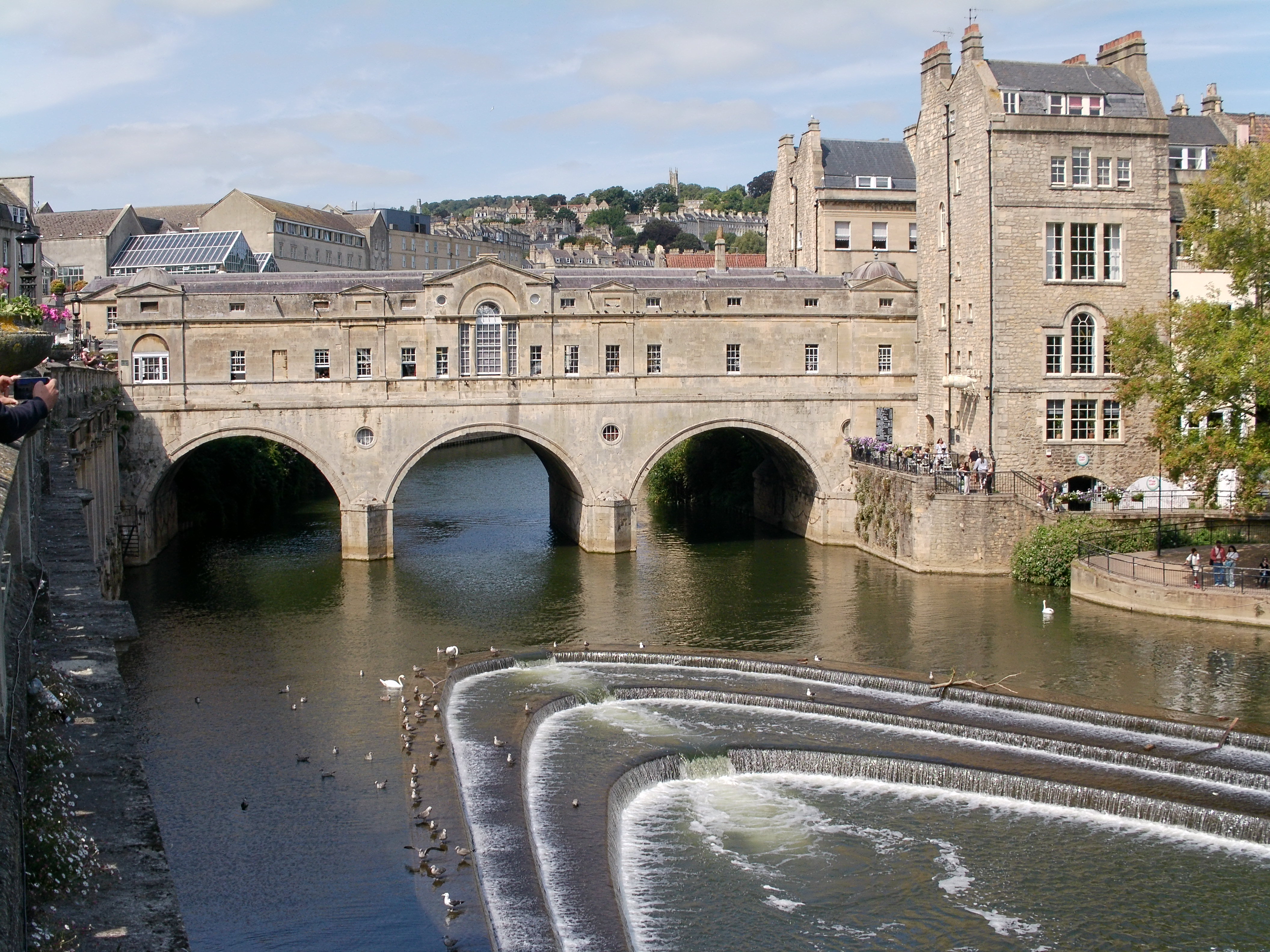
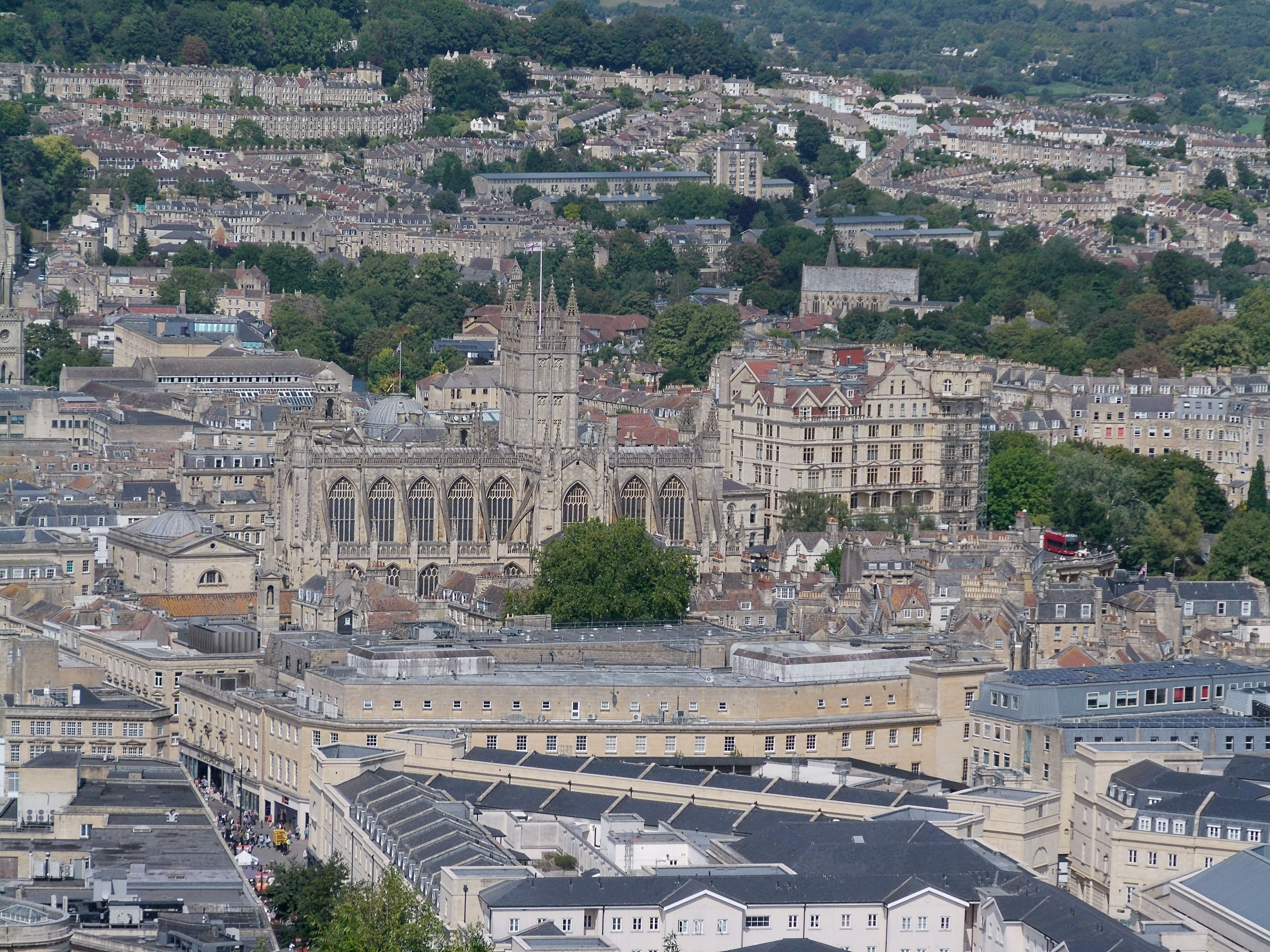

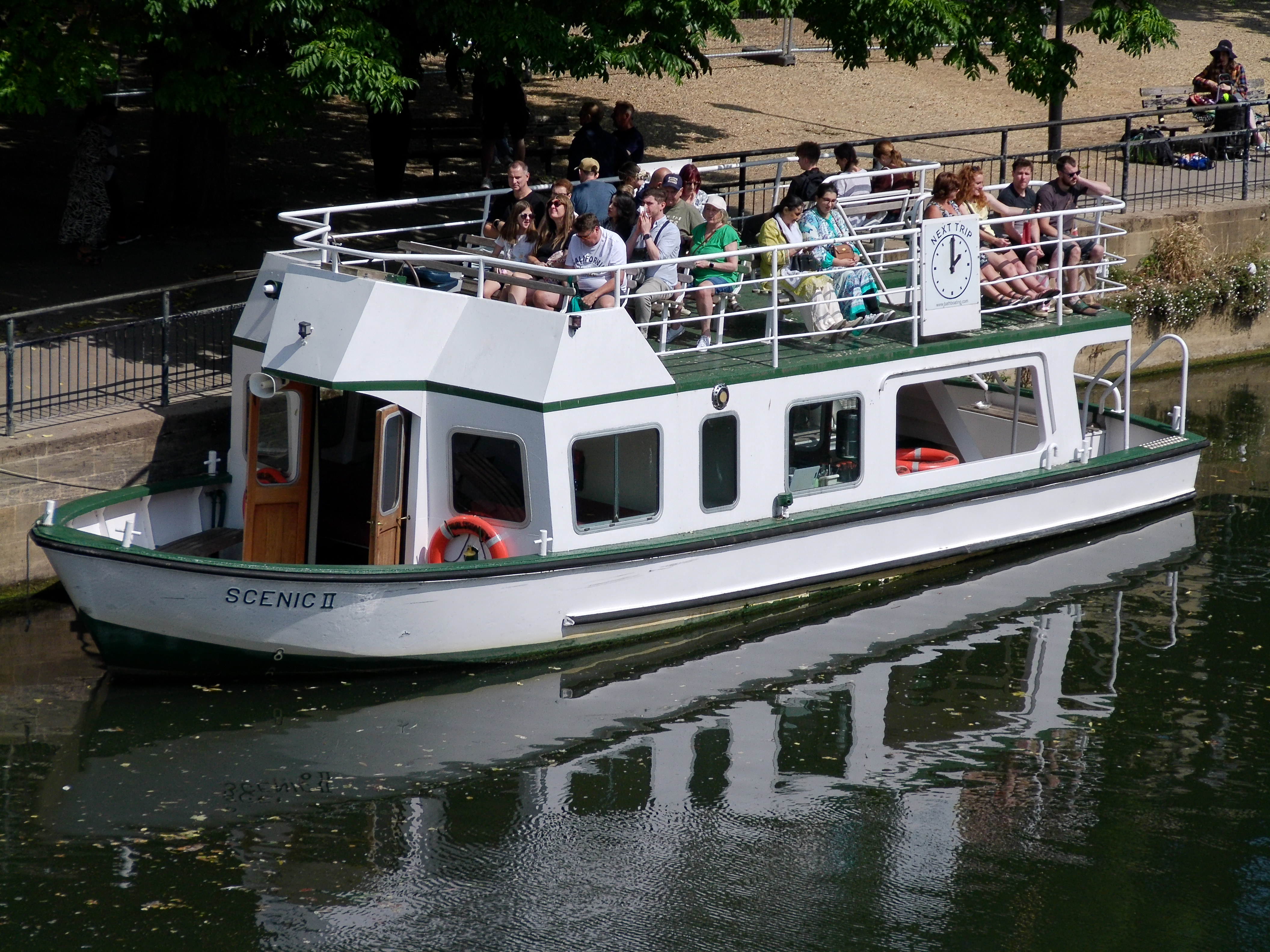
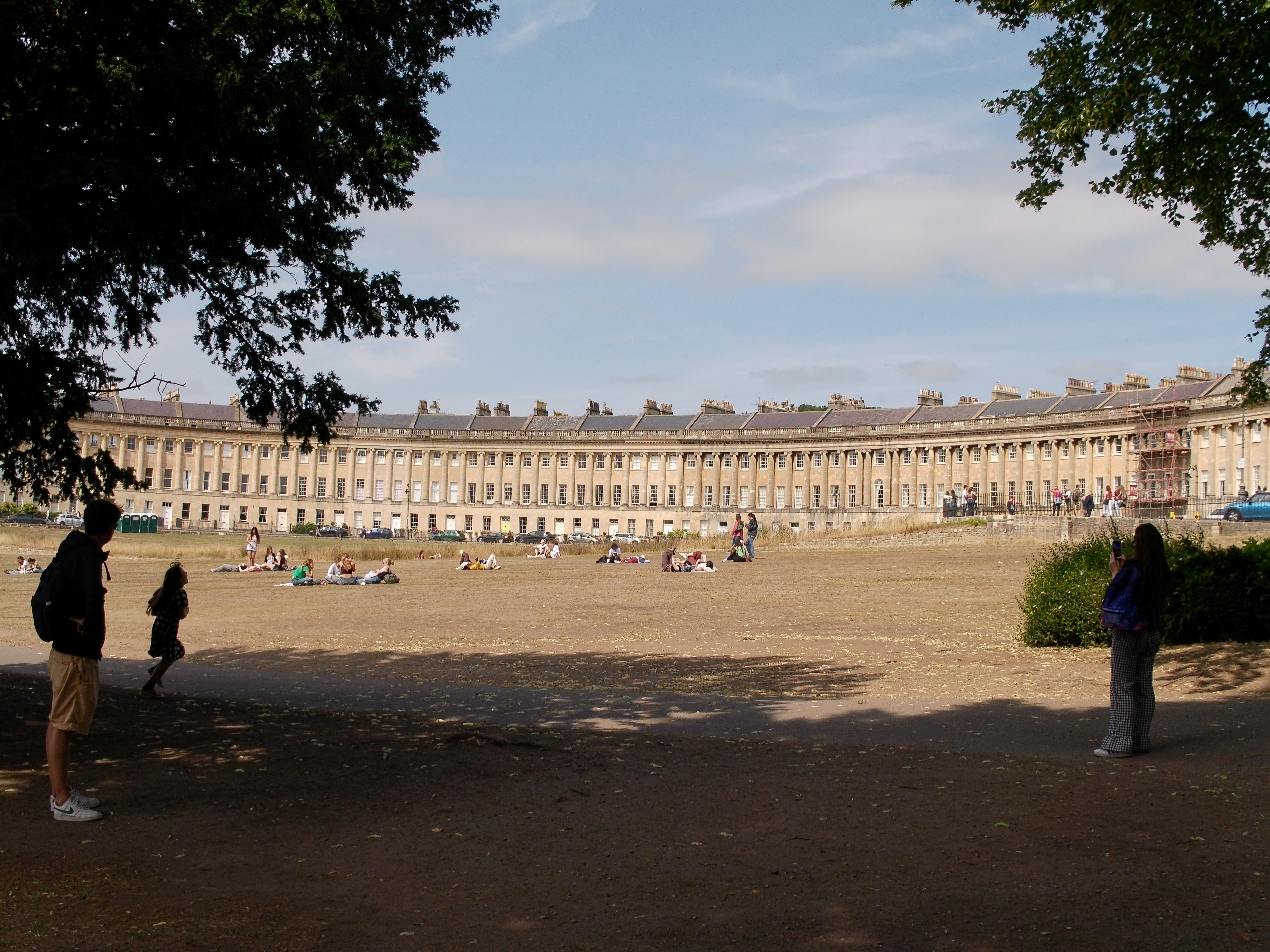

✅ You have a mid-range budget: The AgfaPhoto C130 is a little more expensive than bargain-bin PixPro cameras, while being much cheaper than premium Fujifilm compacts.
❌ You want wide-angle coverage: The 10x zoom lens has a widest effective focal length of about 42mm, which is quite narrow for a camera of this type.
Some may be familiar with the name AfgaPhoto from their black and white film offerings, with the firm's illustrious history dating back to the 1800s. but These days, Agfa also has a digital output, with cameras on offer like this fairly basic but nonetheless charming point and shoot, the AgfaPhoto Realishot C130. It sits in something of a middle ground, being a lot cheaper than premium compacts like the Fujfiilm X-half (below), but offering a lot more functionality than Kodak's ultra-budget PixPro range.
Its retro styling earns it points straight out of the box, and you'll likely continue to be impressed when you first play with the articulated screen and the 10x zoom lens. There's a 13MP sensor, a range of scene modes, digital stabilization, built-in Wi-Fi and even a companion flash that you slot into the hotshoe. It really nails the feel of an old-school film compact, so points for that one. There is one decidedly modern touch though: 4K 30p video! That's not bad for a camera at this price.
In terms of its image quality, the AgfaPhoto Realishot C130 delivers pretty crisp-looking images, with good color rendition and a fairly minor (expected) sharpness drop-off at the long end of the zoom lens. What you might find yourself missing, as our reviewer did, is wide-angle coverage. The minimum equivalent focal length is about 42mm (Agfa, for whatever reason, doesn't specify), and this is pretty narrow, preventing you from getting big expansive views. It's not ruinous, but is definitely worth being aware of.
Read more: AgfaPhoto Realishot C130 review
Best budget waterproof point and shoot camera
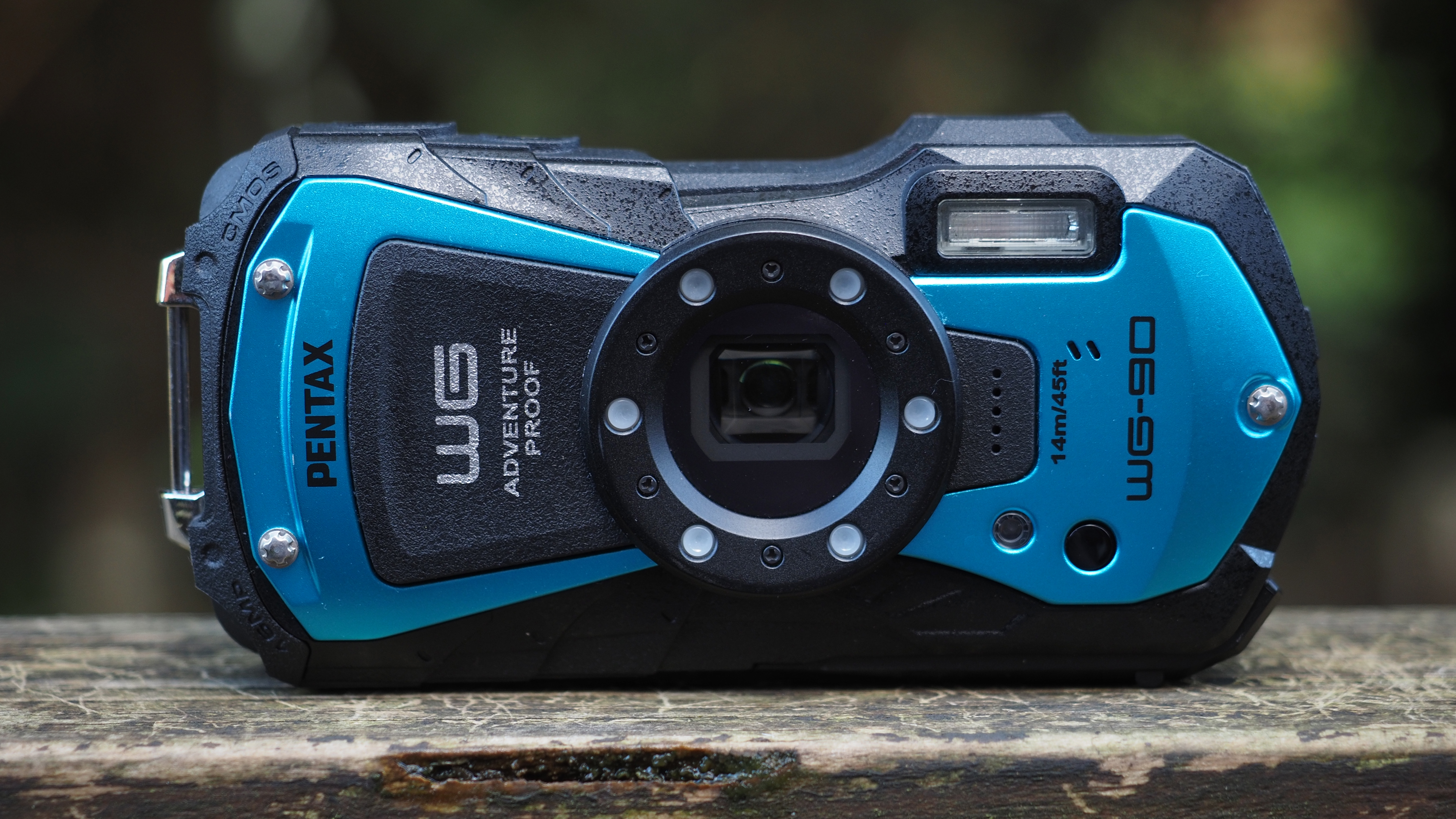
Specifications
Reasons to buy
Reasons to avoid
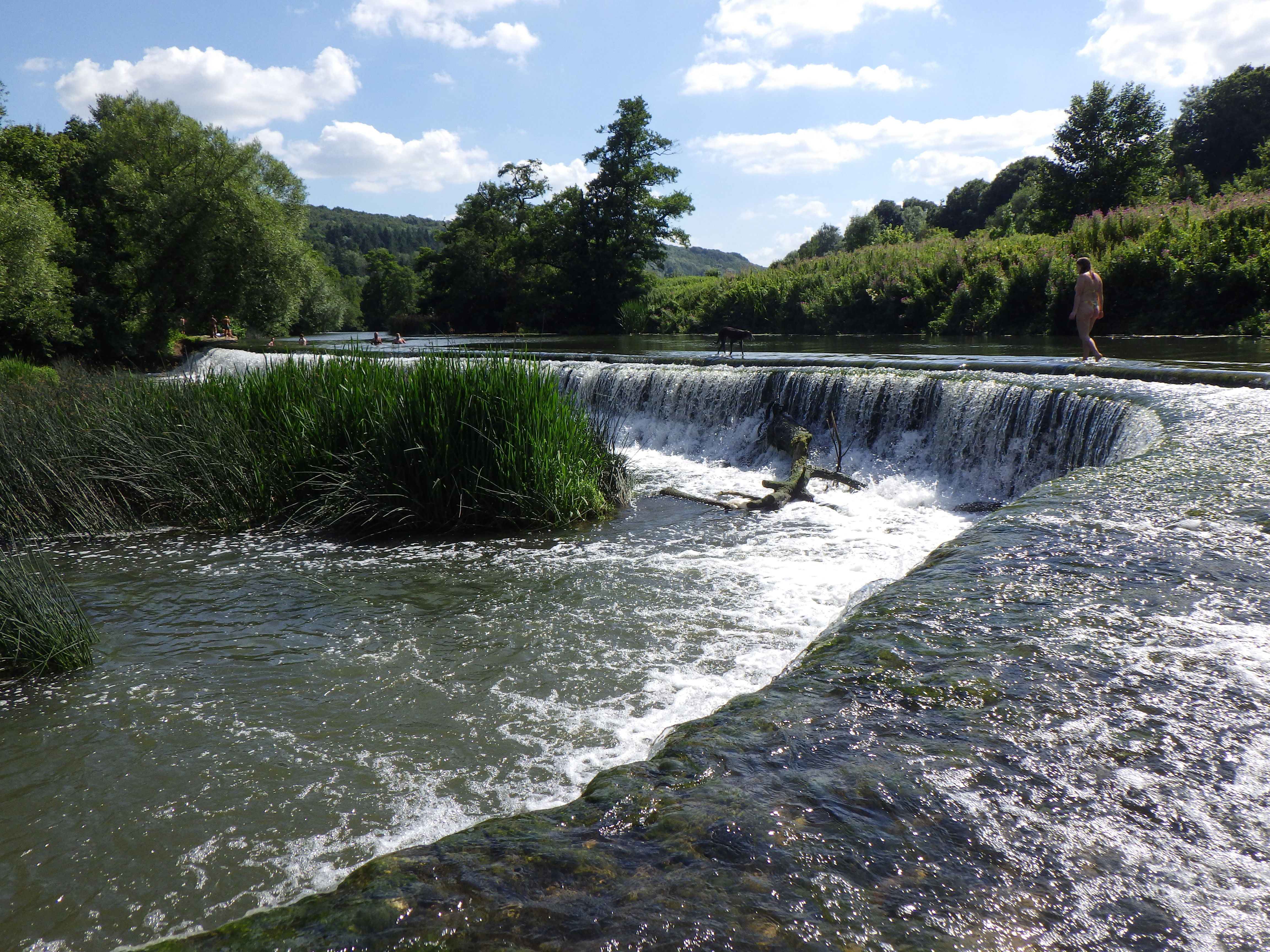
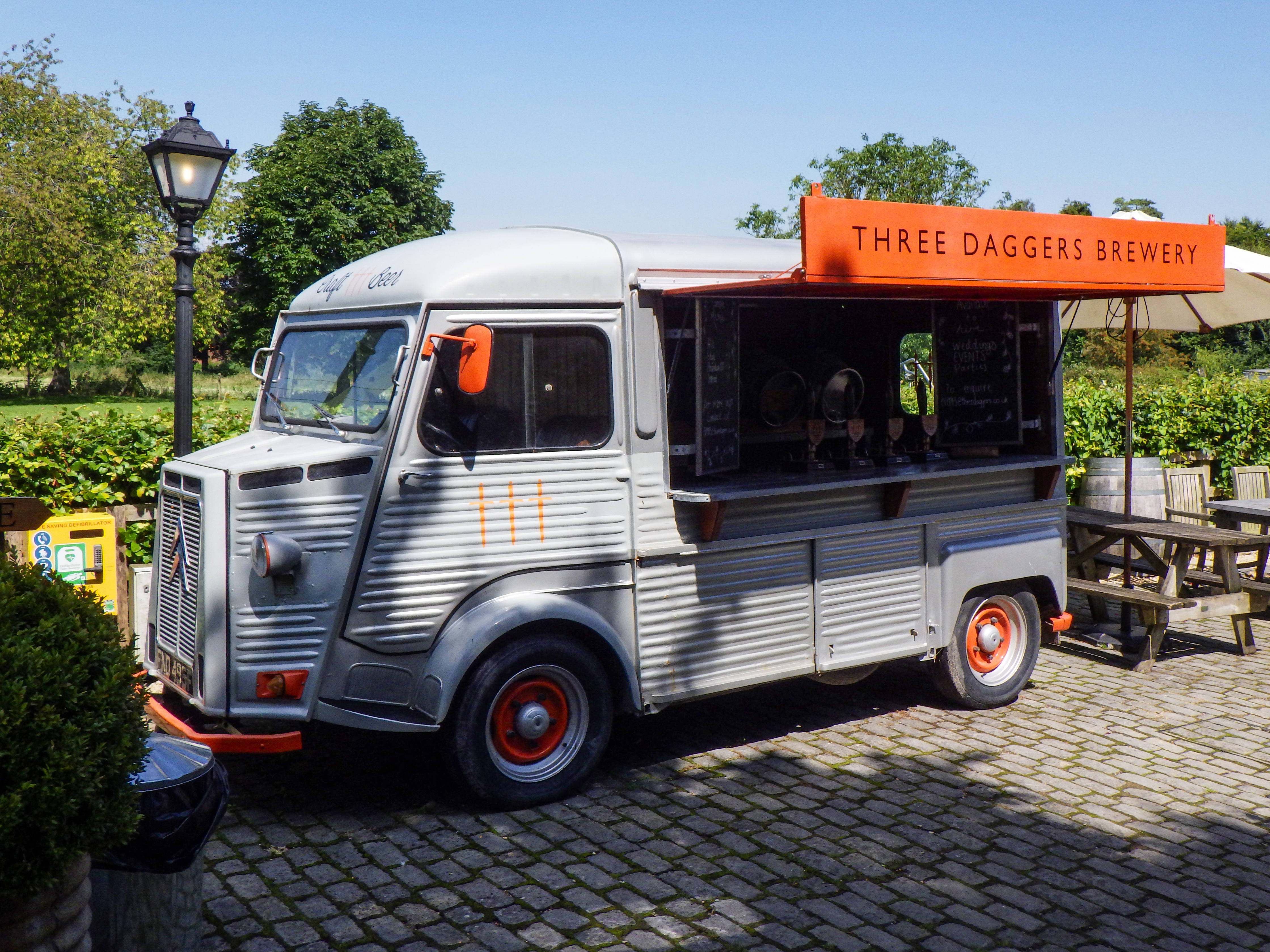
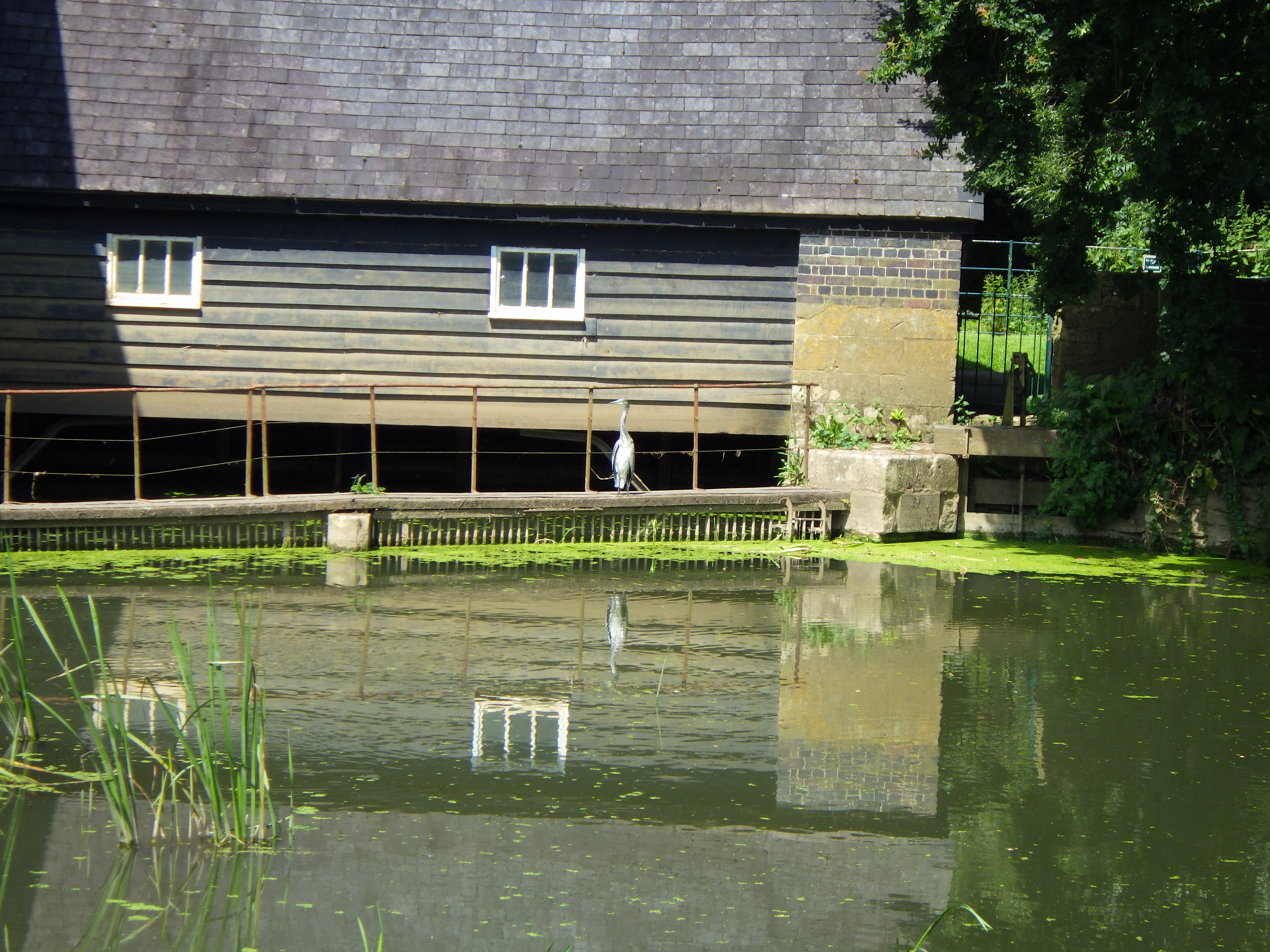

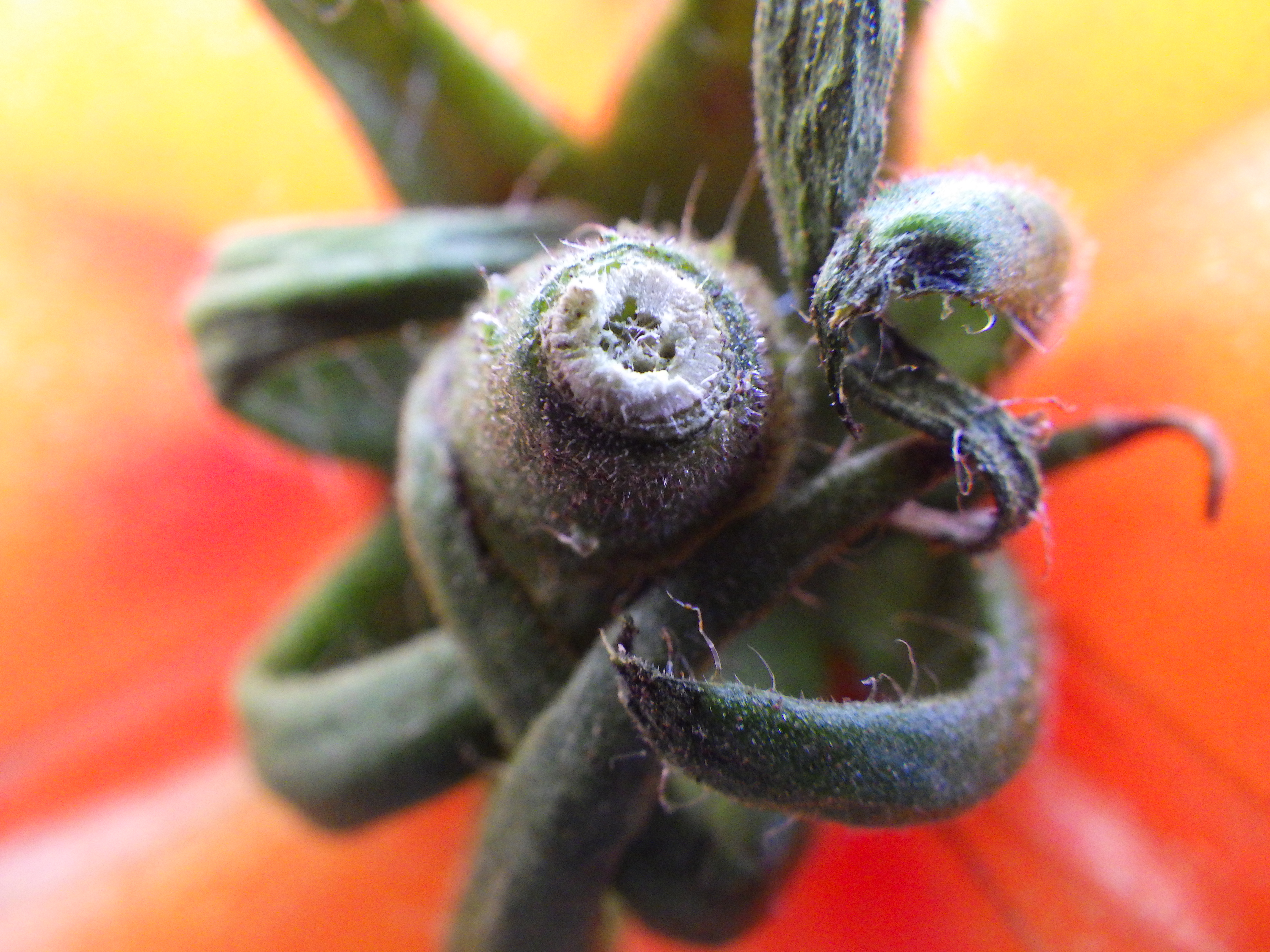
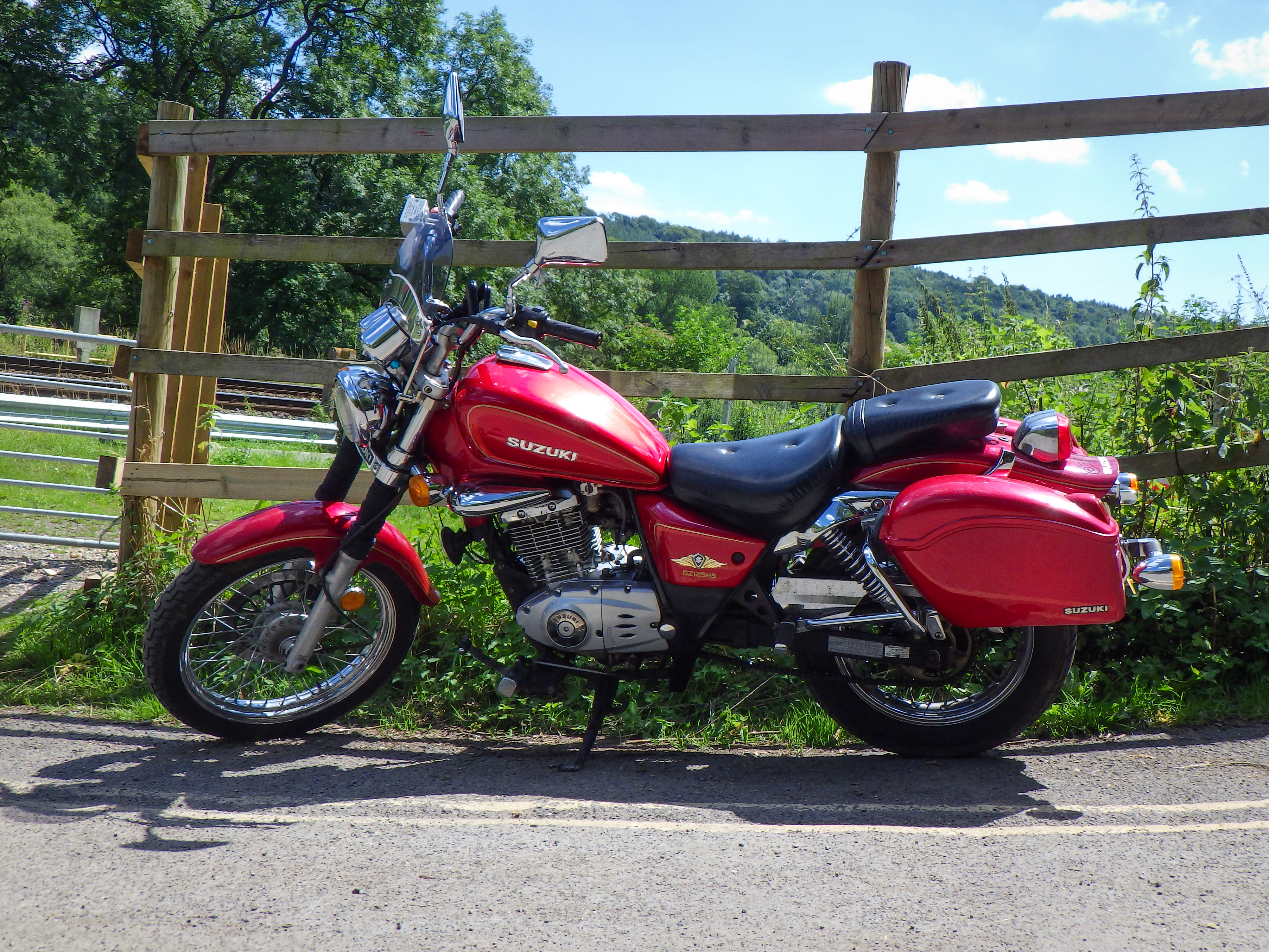
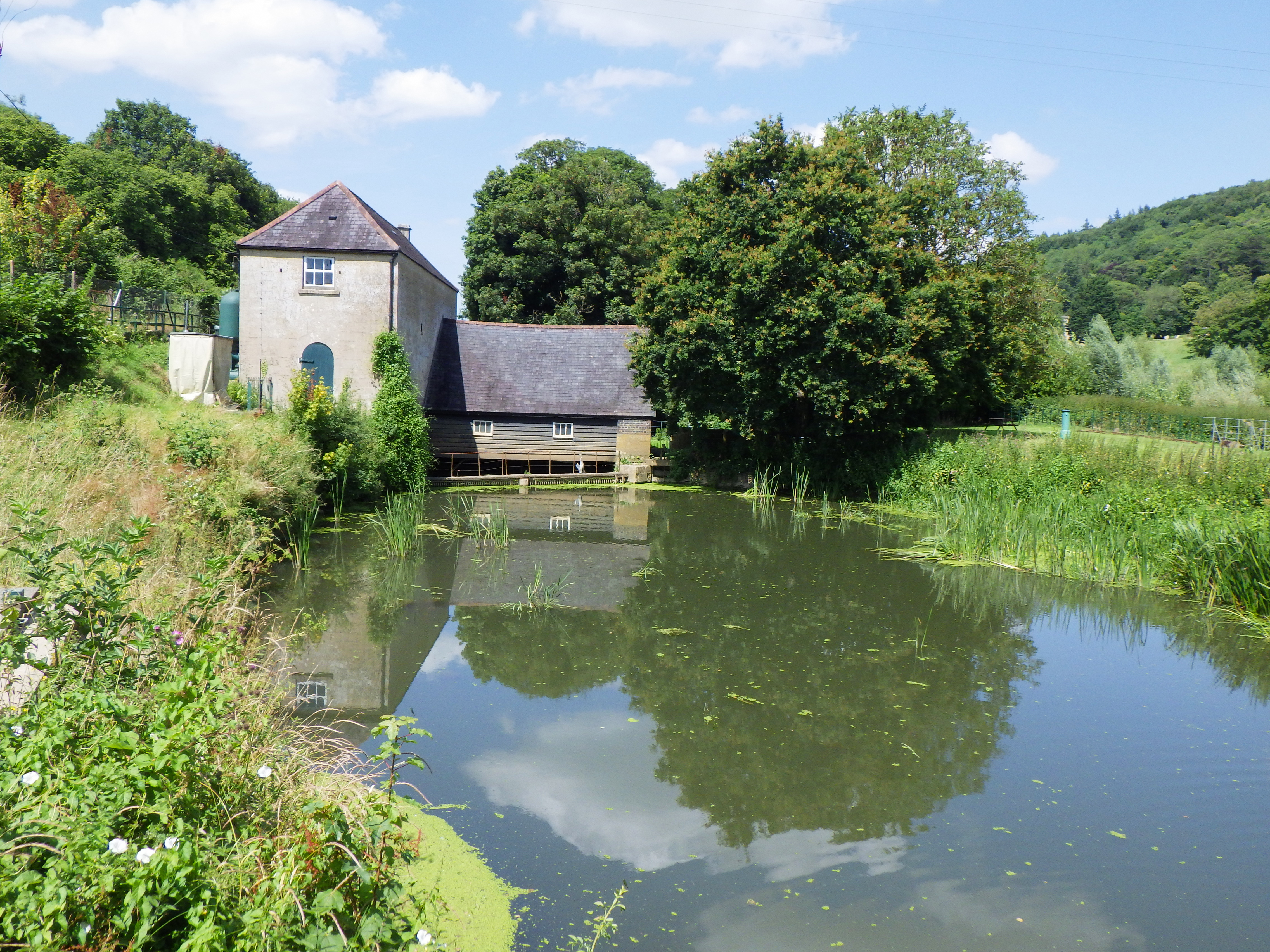
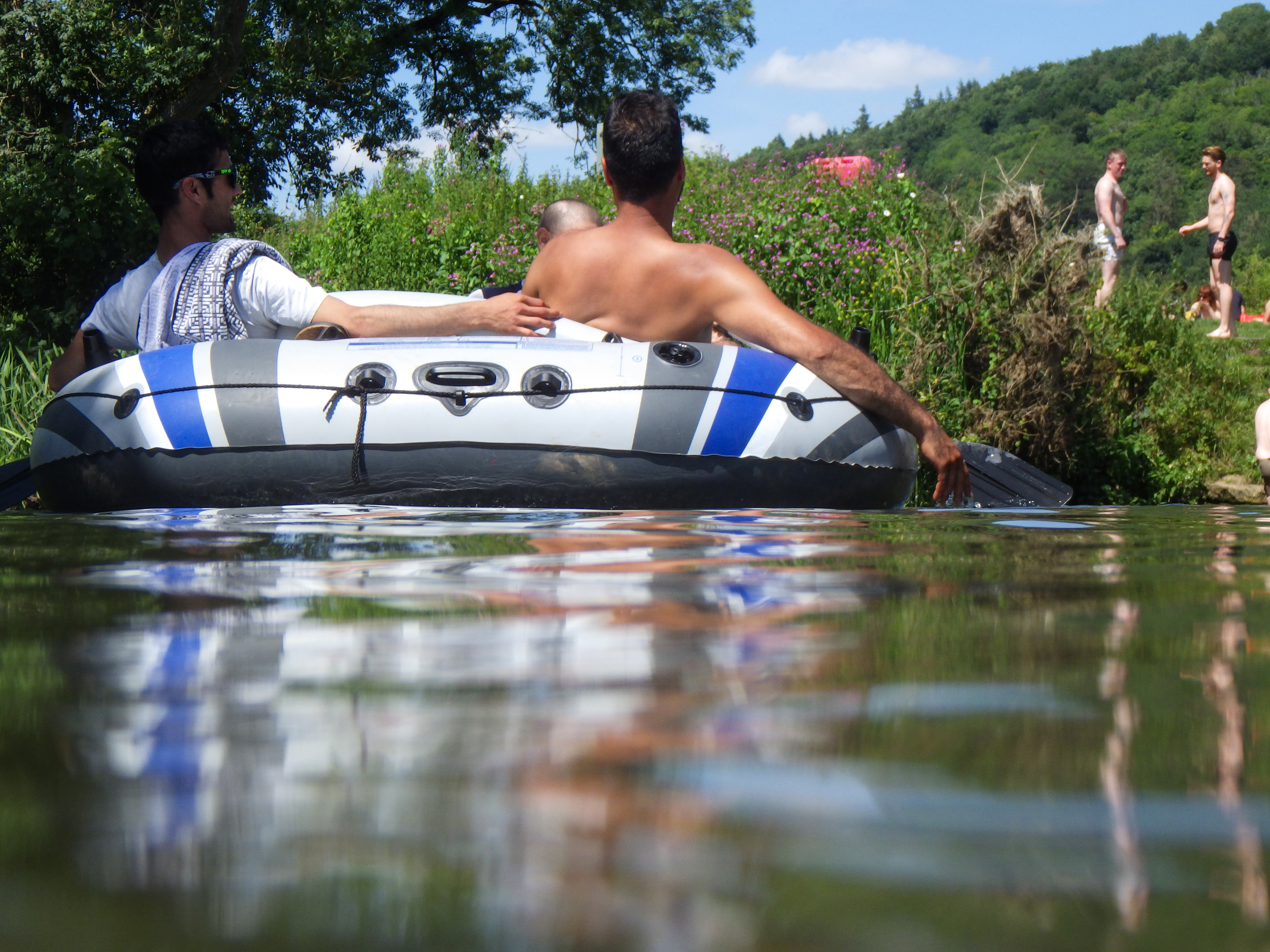
✅ You want a fun, waterproof holiday camera: The Pentax WG-90 can be used underwater, and is perfect for beach getaways.
✅ You can't afford the Tough TG-7: Though OM System's Tough compact is superior, this one is significantly less expensive
❌ You want to shoot good-looking video: The Full HD video offered by this model looks pretty wretched. Don't bother.
❌ You want to shoot in RAW: This isn't an option – the camera has quite a basic feature-set.
While the OM System Tough TG-7 is, for my money, definitely the best waterproof point and shoot out there, it's on the expensive side, and there are certainly cheaper options available if you're just looking for a fairly cheap and simple point and shoot for holidays. My recommendation would be the Pentax WG-90. It's not about to win awards for its image quality, but it covers the basics, and does so in a hardy shell that can be used underwater.
Able to be submerged in depths down to 14m, the WG-90 will stand up to the travails of a family beach trip. Its shockproofing also means it doesn't mind being dropped (within reason), though its aesthetics may not be to everyone's tastes. I found the blue-trim version to be a little tacky, looking like a teenager's digital watch. Handling, happily, is much better, and I loved the slim pocketable dimensions of the camera, which is very important for a point-and shoot.
But more important is the imaging capability, and I can report that image-wise, the Pentax WG-90 is... fine. It's fine! It captures fair-looking shots with its 1/2.3-inch sensor. You can't shoot in RAW and you can't even select your own aperture, but most photos come out with a balanced exposure, and there's even face-detection that works quite well. Though bear in mind that the rear screen is quite small and low-res, so you may not be able to appreciate the full glory of your images until you're back from your trip.
The zoom range is an equivalent of 27-140mm – which is pretty generous and an improvement on the WG-1000. You can extend that telephoto length with the Digital Zoom, but honestly don't bother – it looks pretty horrid. And while I'm talking about horrid things, the Full HD video is nasty looking, and realistically isn't going to be a patch on the phone you have in your pocket.
The TG-7 may be the superior tough compact, but the WG-90 has got it beat on price. If you want a cheap point-and-shoot for beach holidays, this is a sound bet.
Read more: Pentax WG-90 review
Best point and shoot camera for instant prints
Specifications
Reasons to buy
Reasons to avoid
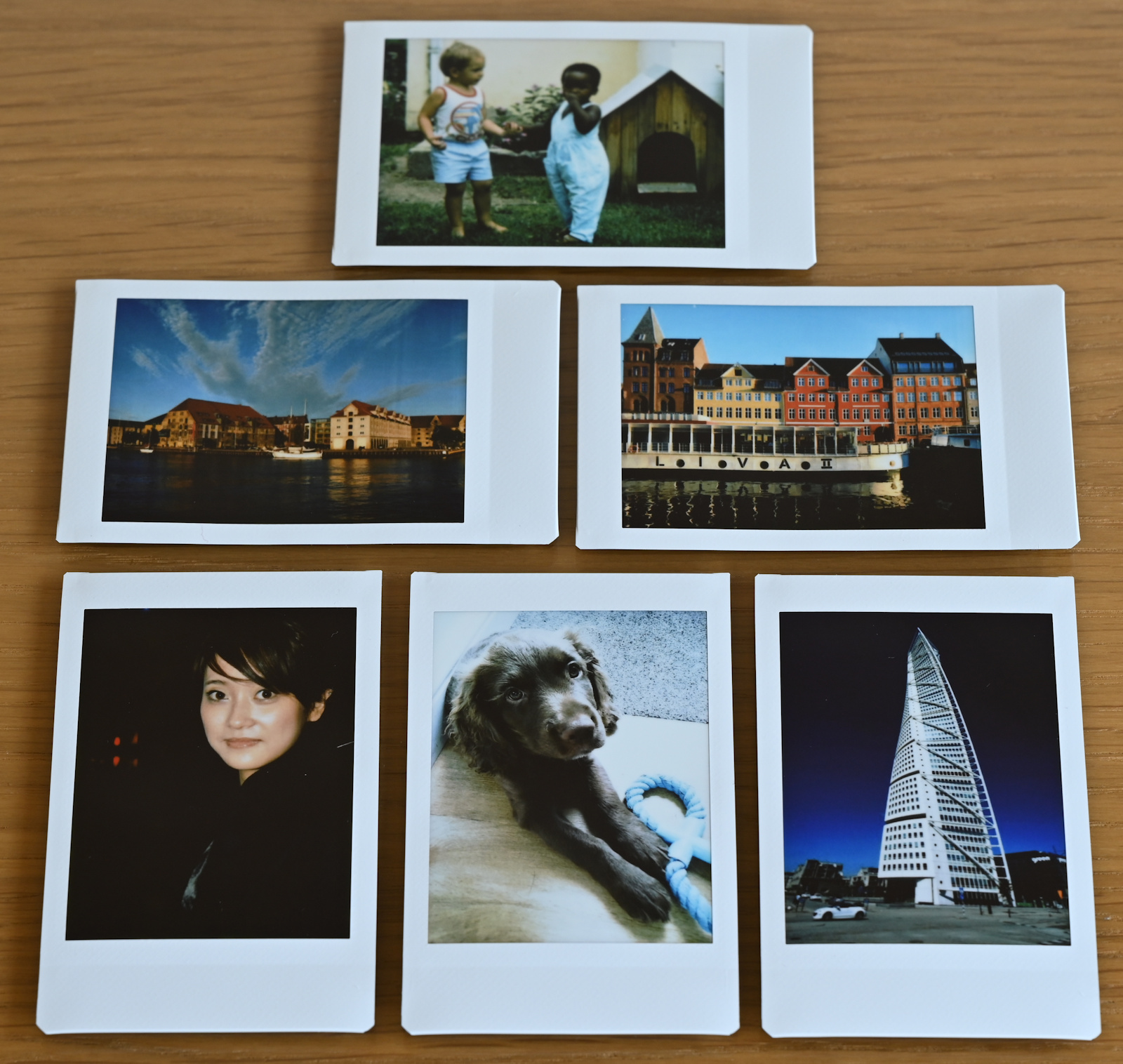
✅ You want prints: This camera gives you instant prints and digital copies.
✅ You want a smart pocketable camera: This hybrid camera looks stylish.
❌ You want a zoom: This has a fixed wide-angle lens.
❌ You want the best image quality: The digital sensor is small, so resolution is not great.
This is a left-field choice for a point and shoot camera, as it doesn't just shoot digital images. This hybrid 'digital instant camera' design also allows you to take instant prints – like on popular Instax cameras. But what makes the LiPlay more appealing is that you can pick and choose which of your images you actually print - so you don't have to pay for the duff ones. You can also make multiple copies of the best ones, or even use the device to print images from your phone.
This is still a very pocketable price, but the camera's specifications are quite basic. The sensor resolution is just 4.9 megapixels, but that is more than adequate for the 1.8 x 2.8-inch Instax Mini prints it produces. The camera stores up to 45 images internally, but you can use a microSD card if you need more.
Read more: Fujifilm Instax Mini LiPlay review
Best point and shoot film camera
Specifications
Reasons to buy
Reasons to avoid
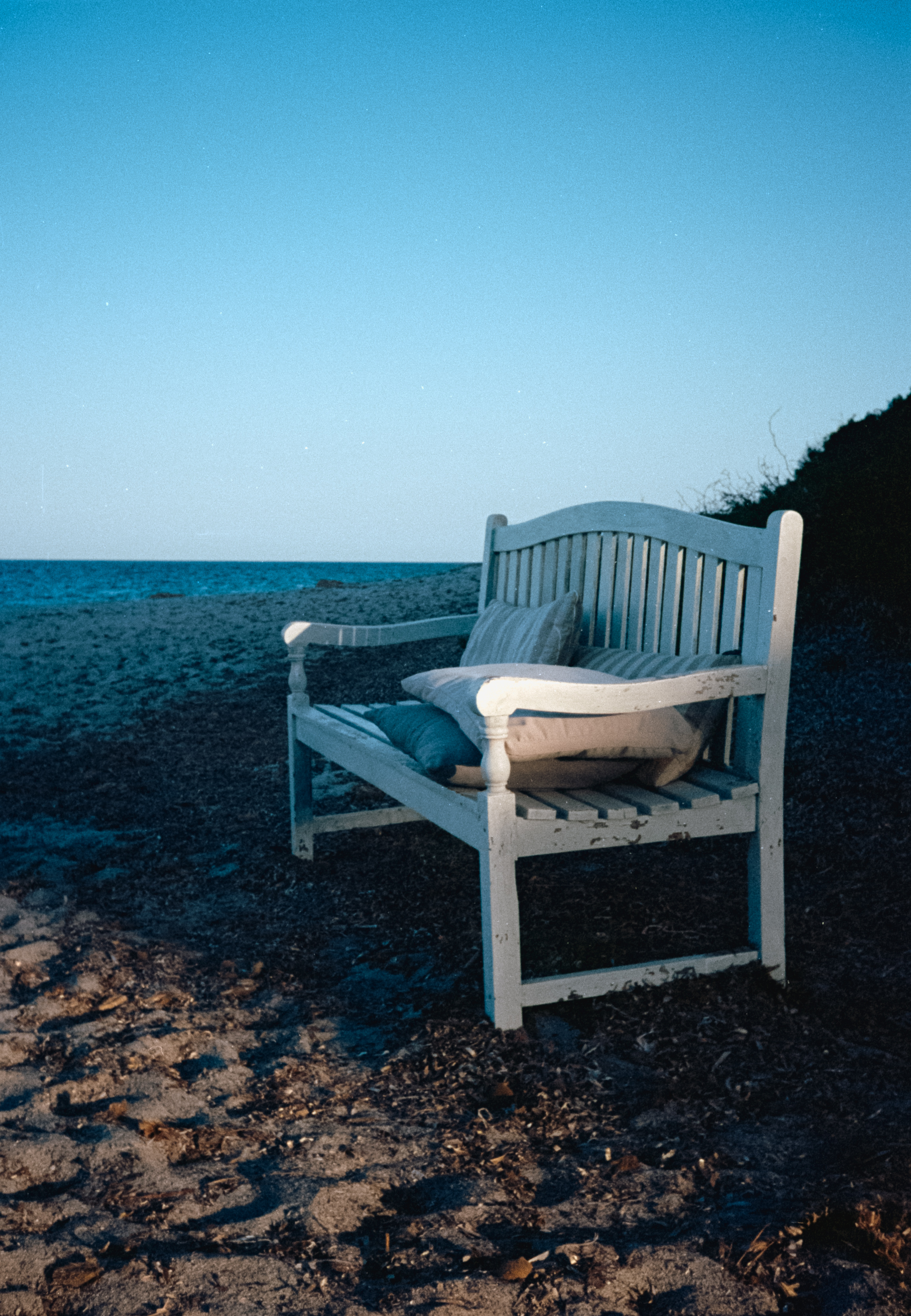
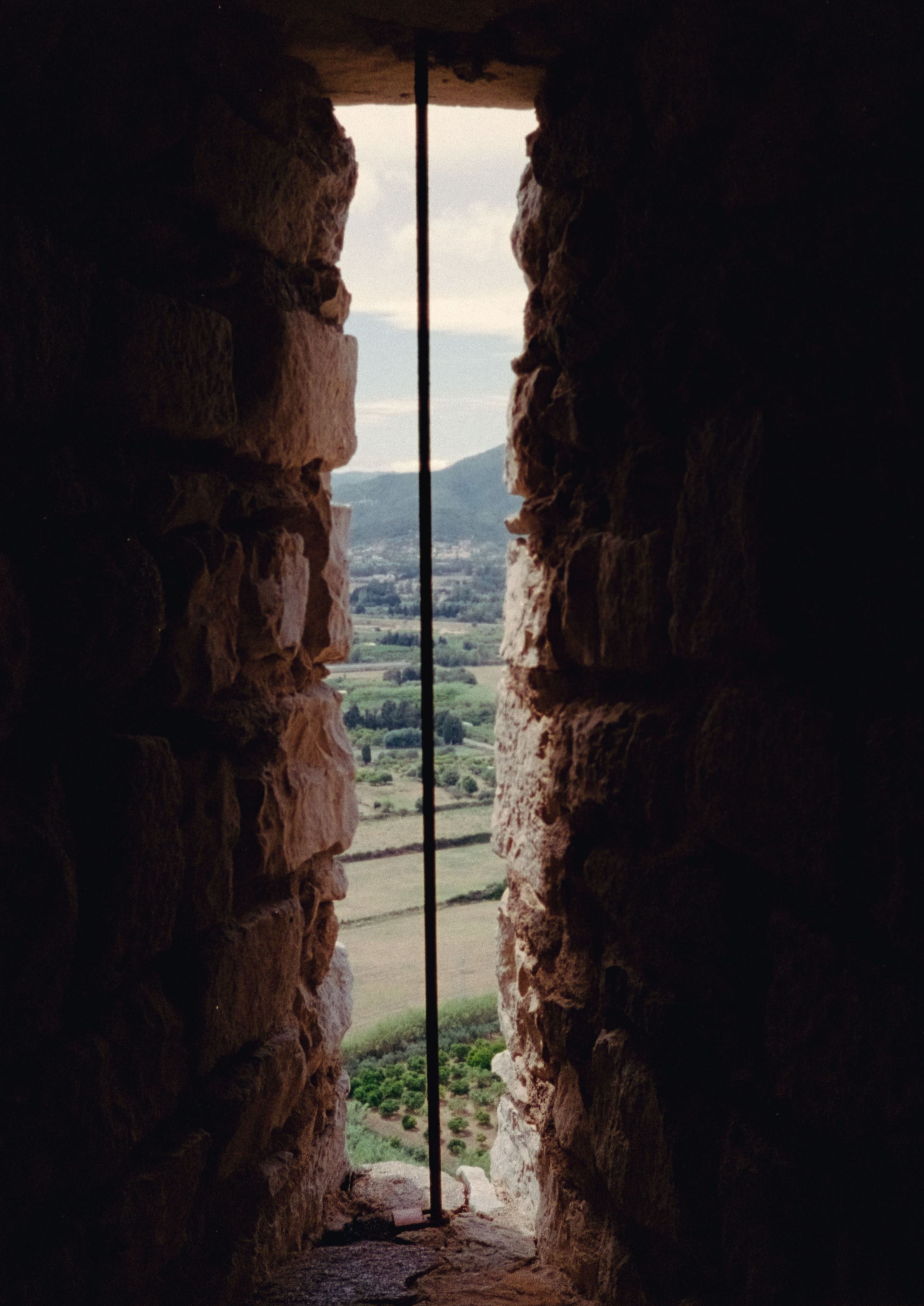
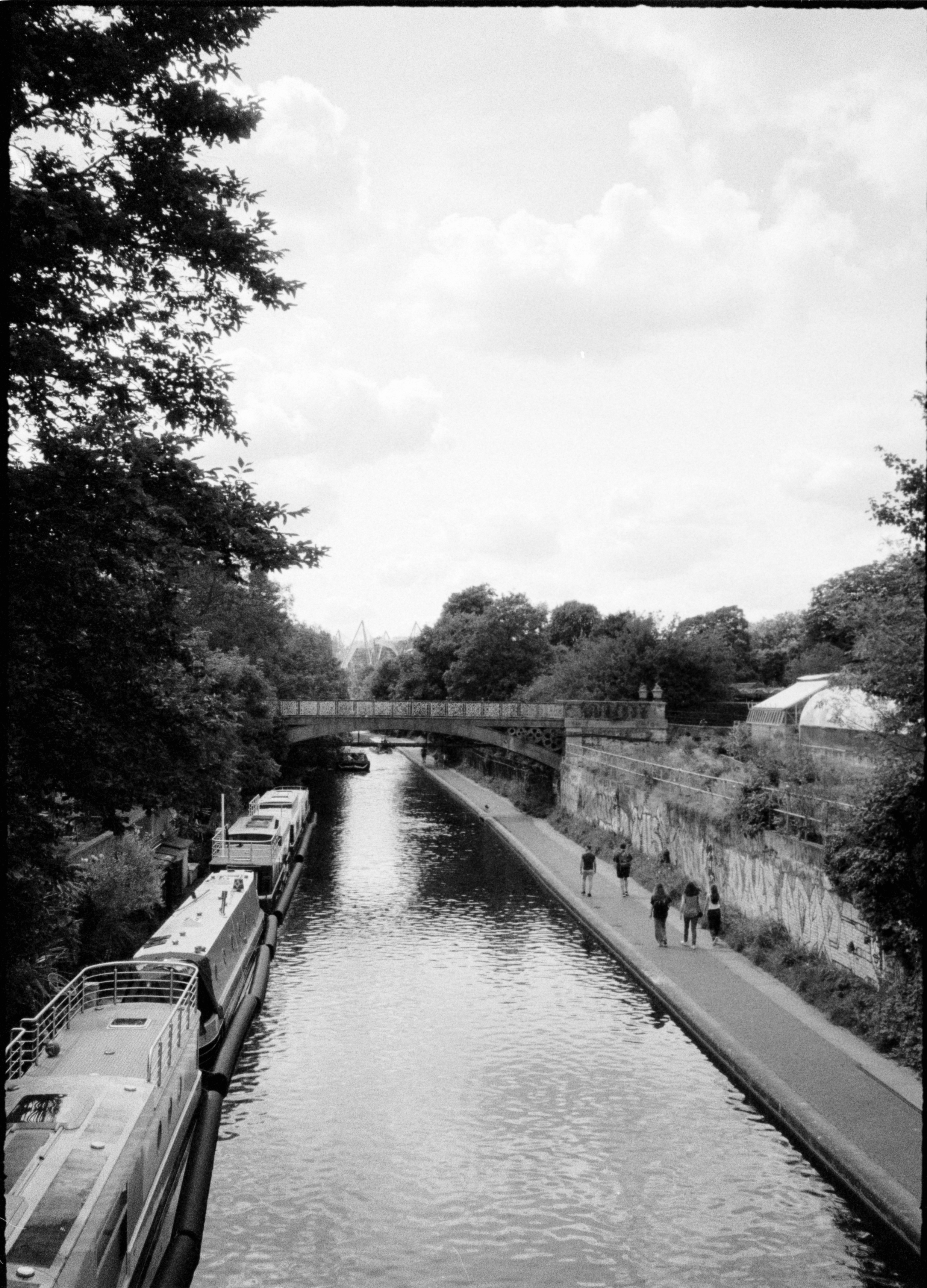
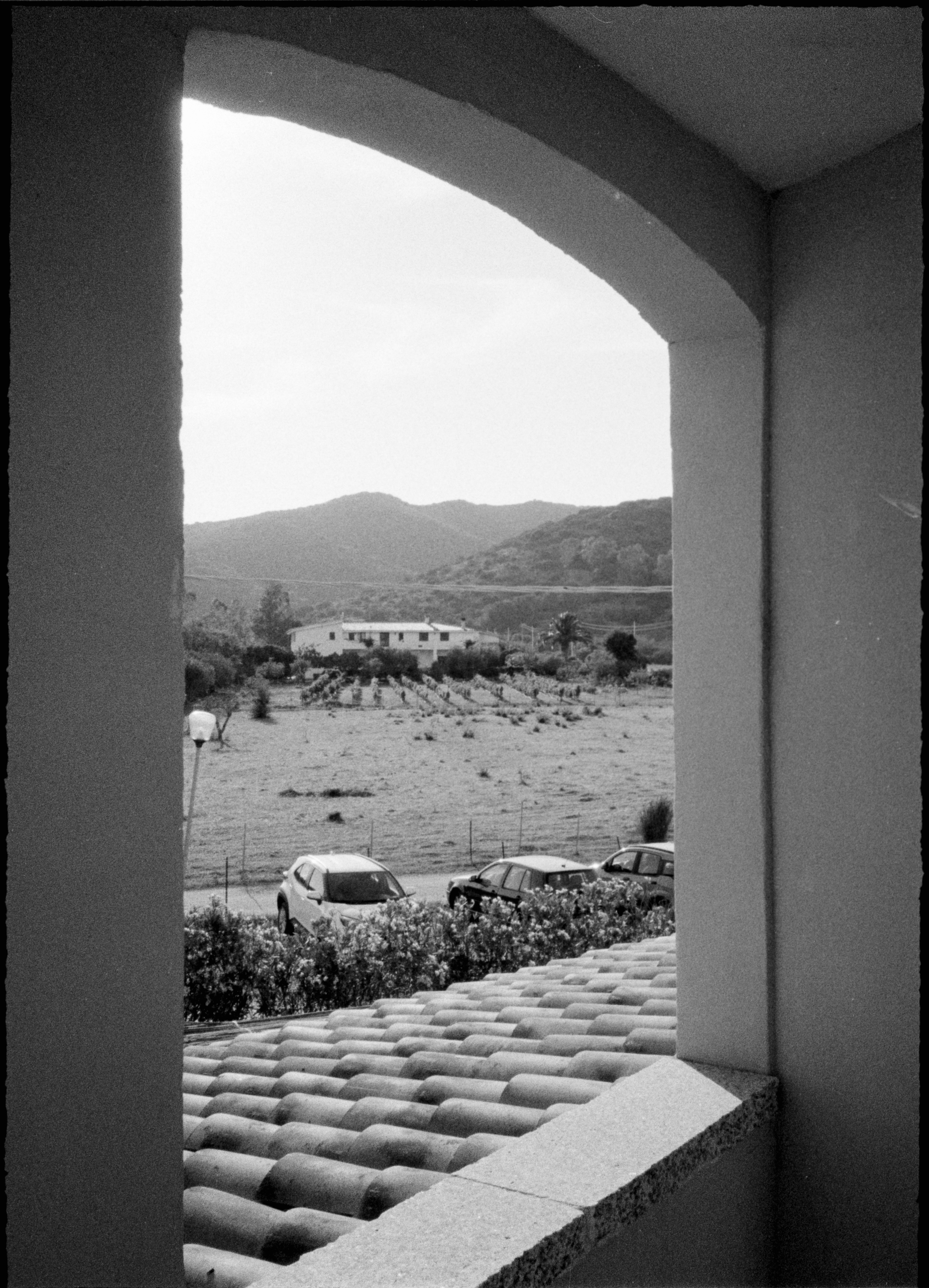
✅ You love the film look: film is back and more popular than ever, and the Pentax 17 is one of the best (and only) new film cameras on the market.
✅ You want easy and consistent results: The Pentax 17 is incredibly easy to use and achieves incredible results from its half-frame format.
❌ You don't want additional expense: ongoing cost of film can add up, especially as it gets more popular and harder to come by – and don't forget about processing.
❌ You want a cheap camera: this is quite an expensive camera and you can get many of the far more advanced digital cameras on this list for less money.
The Pentax 17 is a film camera that marks a significant milestone as the first new film camera released by a major brand in over two decades – and the inaugural camera from Pentax's film project. Boasting minimal manual controls, the Pentax 17 is tailored for those who prefer a simple and fuss-free point-and-shoot experience.
I found the camera incredibly straightforward and could jump immediately into using the camera. There is a fully automatic mode if you want the camera to take care of everything, or for a little more control there are a few options for shooting with flash on or off, exposure compensation, or using a long exposure. However, I was a little frustrated when I sought to occasionally use a little more creative freedom, as the camera keeps any control over more advanced features to a minimum. This is very much a point-and-shoot experience.
Skeptics of the half-frame film format will be pleasantly surprised by the camera's unassuming lens, which I found delivered remarkably sharp results and consistent focus across its manually selectable zones. Also, the use of a half-frame format enables a wallet saving 72 images on a single 36-exposure film roll, effectively maximizing the value of each roll. The 17's exposure system also consistently delivered outstanding results, which ensured the highest percentage of usable photos I have got from a film camera's exposure system – which is a huge advantage in fighting the escalating costs associated with film and development.
The design looks great and aims to seamlessly marry nostalgic charm with some modern functionality to cater to both seasoned film enthusiasts and newcomers to analog photography. However, the big downside is this doesn't come cheap, and the Penatx 17 is quite expensive for what it is. Compared with more advanced digital cameras, you can get so much more for your money – except for that genuine film look.
Ultimately, the Pentax 17 strikes a good balance between simplicity and performance, making it an appealing choice for both casual and serious photographers venturing into film photography without the complexity of fully manual cameras.
Read more: Pentax 17 review
FAQs
Are point-and-shoot cameras better than phones?
Now that smartphones produce such good-quality images, you might wonder why you'd bother investing in a point-and-shoot – but there is a massive difference in image quality. Even the smallest sensors in the cheapest point-and-shoots are usually physically bigger than the tiny sensors in your smartphone. Features such as built-in flash will also be much better quality than a phone flash, and the zoom will cover a bigger range.
If you are looking for a really high-end point-and-shoot, check out our guide on the best compact cameras, where we cover more advanced and more expensive models, which have larger sensors to deliver a superior image quality.
What should I look for in a point-and-shoot camera?
Cheap and simple
Even the most basic point-and-shoot cameras offer better image quality and more zoom capability than your phone. They might not have some of the more advanced features of more expensive cameras, but they're affordable and will get the job done.
Waterproof
Whether or not you're an outdoorsy person, a waterproof camera is a great option, as they're more robust and can be used near water or in the rain without any qualms. They're great for beach holidays, using by the pool, or taking on adventures, as they are rugged enough to handle getting dropped.
Sensor size
Point-and-shoot cameras have smaller sensors than you find in mirrorless or DSLR cameras, which allows them to be housed in a pocket-sized shell and often offer you a built-in zoom. The best point-and-shoot cameras have a so-called 1in or Type 1 sensor - which measures 13.2 x 8.8mm. Other point-and-shoot models in this guide (which are cheaper, or have longer zooms) have a smaller 1/2.3in sensor, which measures 6.17 x 4.56mm. The bigger the sensor, the better the image quality will be – and the better the performance will be in low light. Some compact cameras have even bigger sensors - check out our guides to the best full-frame compacts and the best APS-C compact cameras.
Longer zooms
One of the advantages of point-and-shoot cameras with a smaller sensor is that often they have longer zoom ranges. Most basic cameras will have a zoom range of 3-5x, but some of the more expensive models will give you a 30x optical zoom. These larger zoom ranges are great for taking on holiday, when you might want to photograph objects in the distance.
How we test point and shoot cameras
We test point-and-shoot cameras in real-world conditions - using the camera to shoot images in a range of different lighting conditions to see how they perform. Our reviewers have collectively tested hundreds of different models - and benchmark performance against results from current rivals and previous models. We pay particular attention to overall image quality and the detail captured in particular. These cameras are designed to be easy to use, and portable, so we also pay special attention to the ergonomics and handling of each of the models we test.
Find out more about how we test products at Digital Camera World
Today's prices compared
The best camera deals, reviews, product advice, and unmissable photography news, direct to your inbox!

James has 25 years experience as a journalist, serving as the head of Digital Camera World for 7 of them. He started working in the photography industry in 2014, product testing and shooting ad campaigns for Olympus, as well as clients like Aston Martin Racing, Elinchrom and L'Oréal. An Olympus / OM System, Canon and Hasselblad shooter, he has a wealth of knowledge on cameras of all makes – and he loves instant cameras, too.
